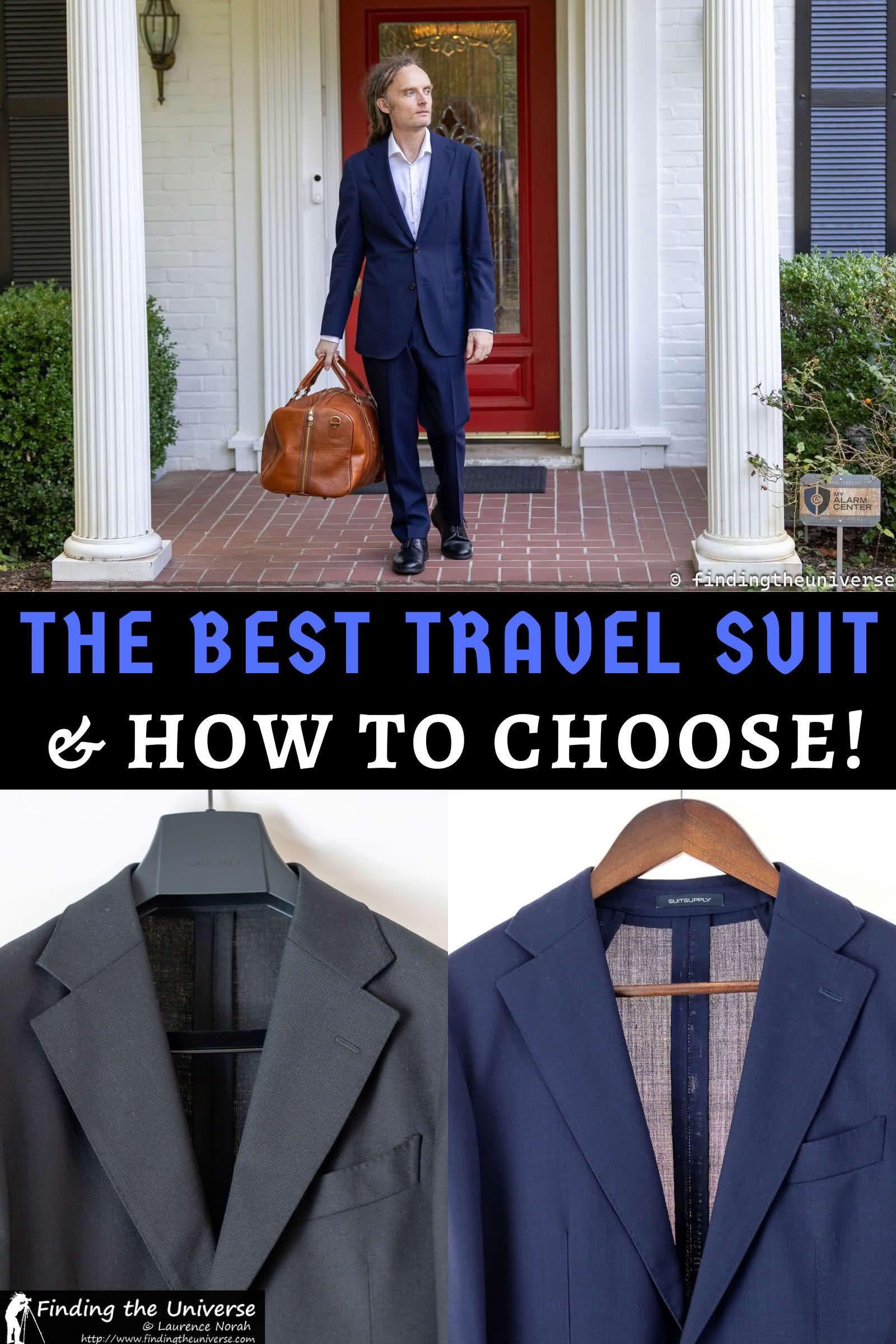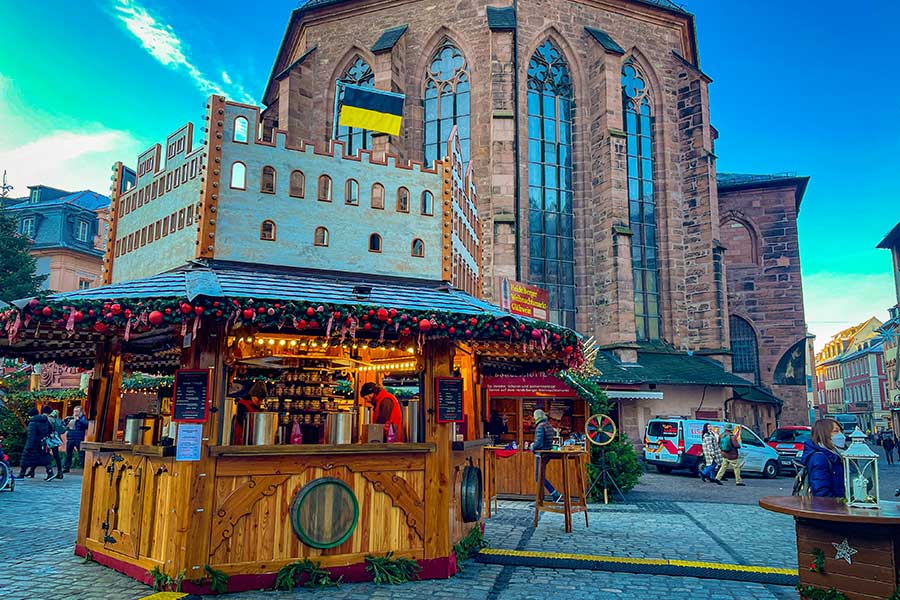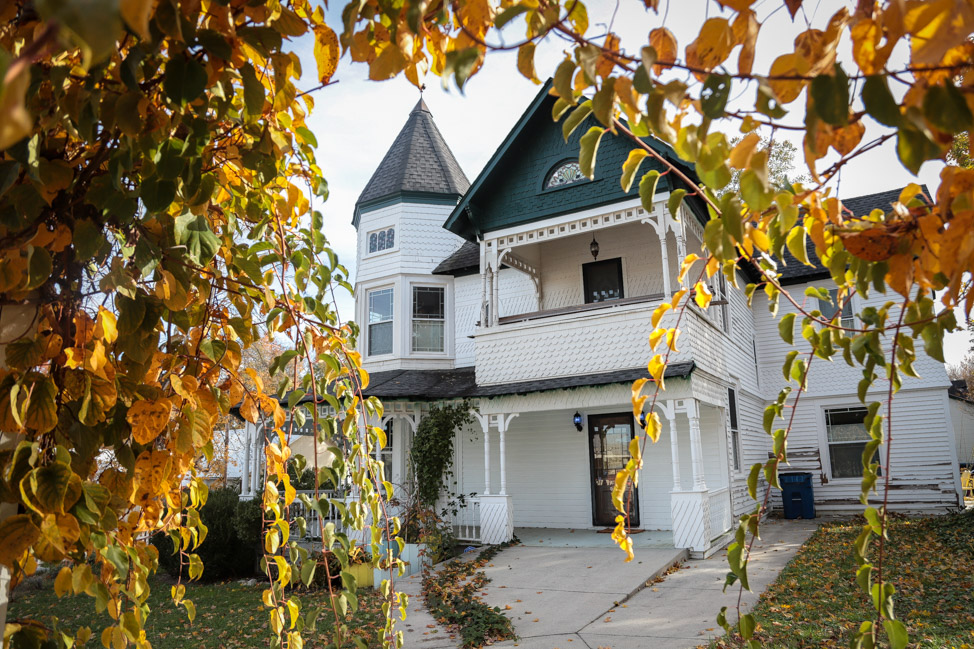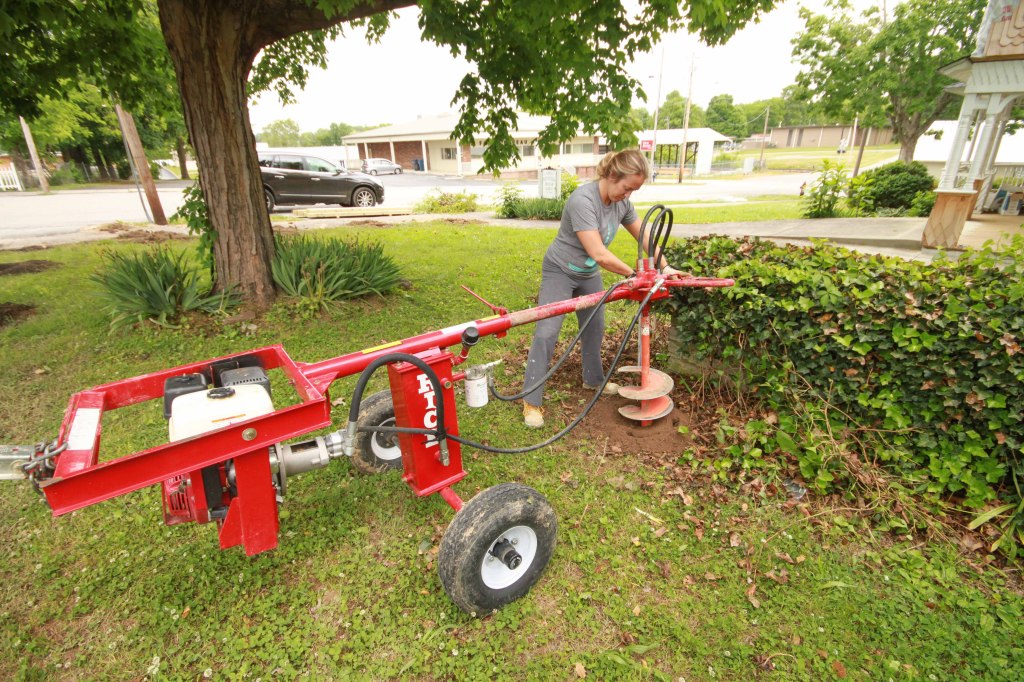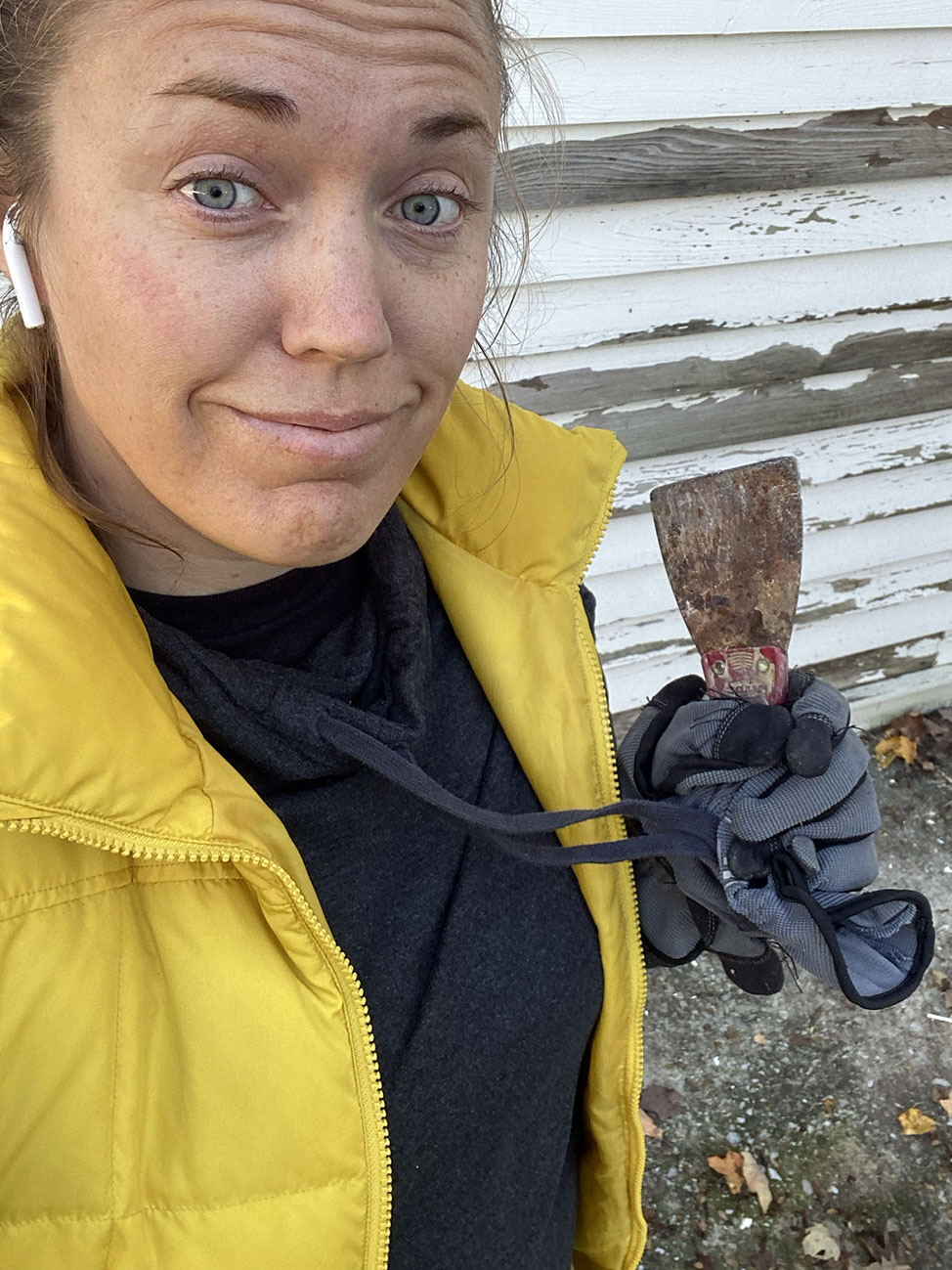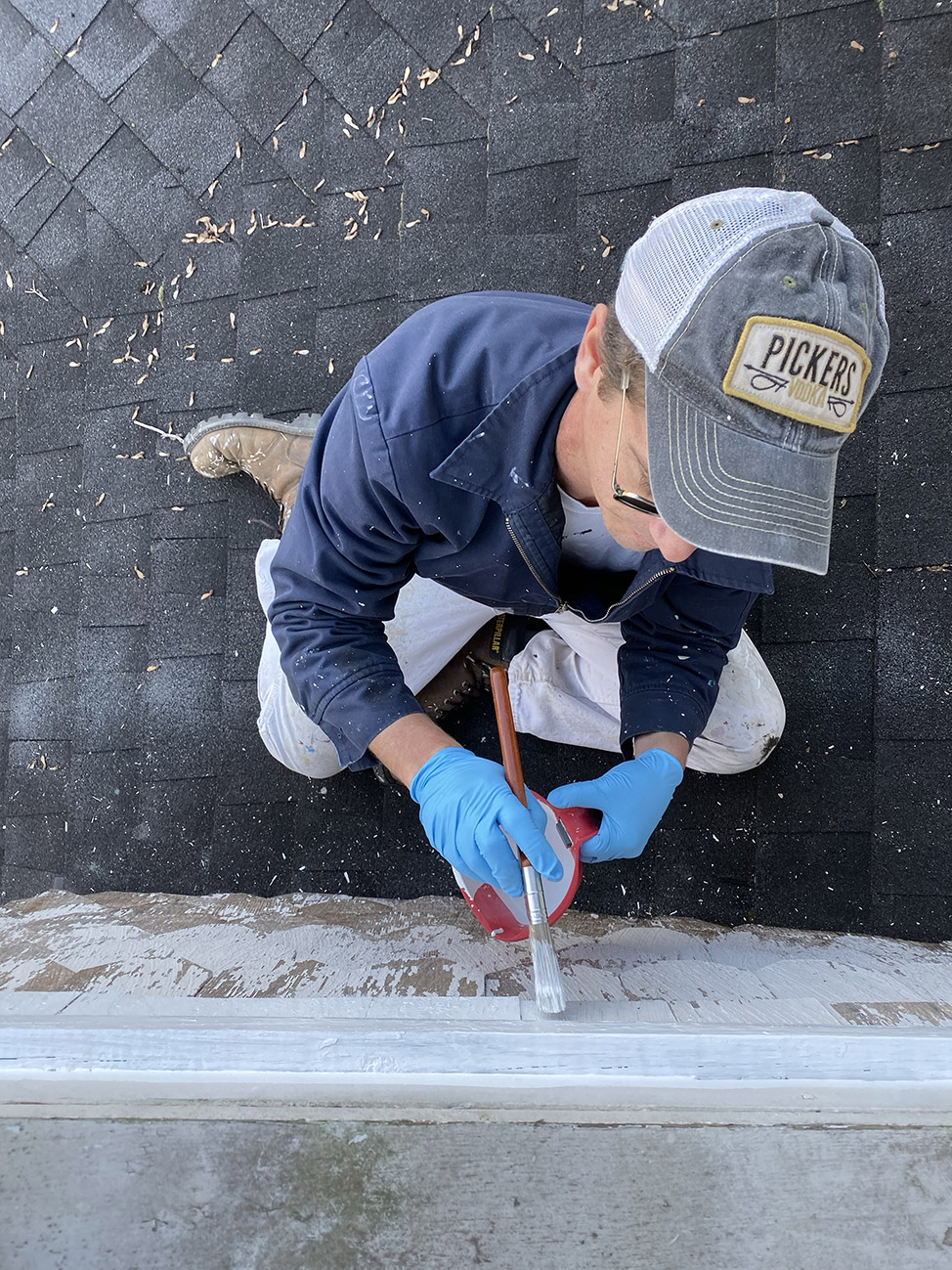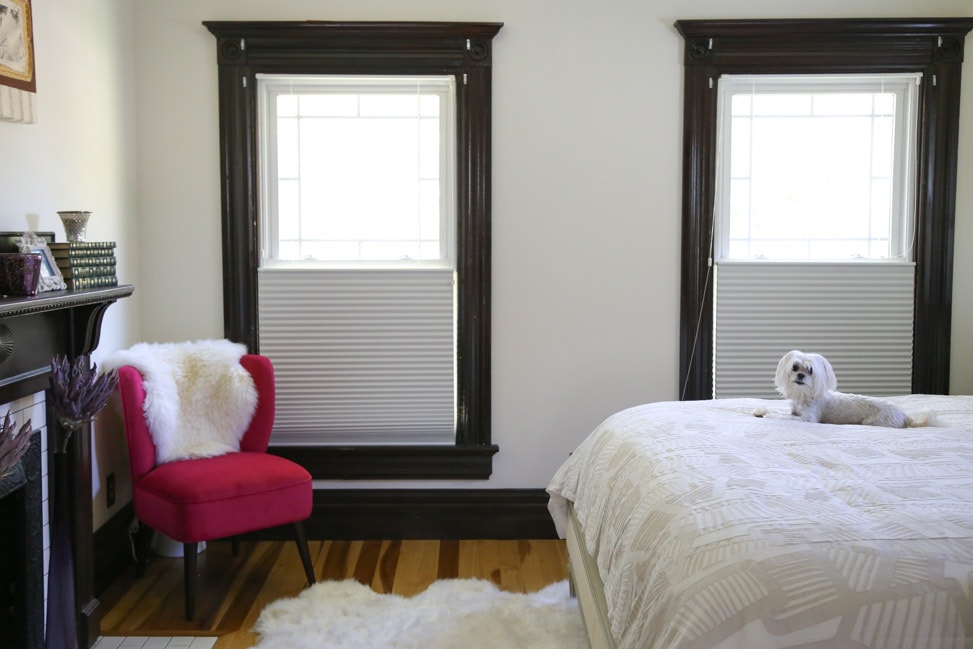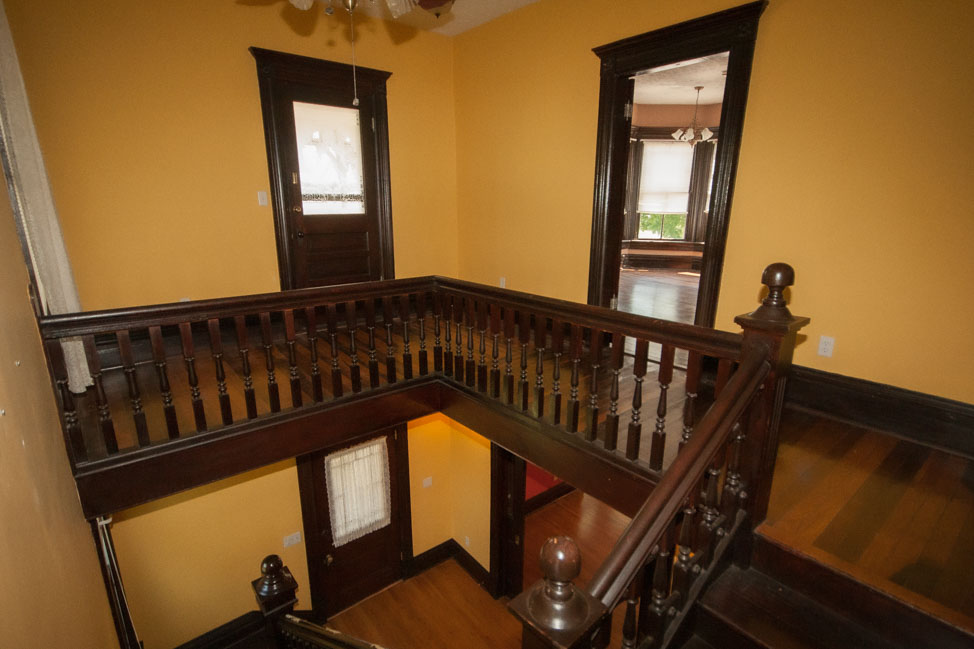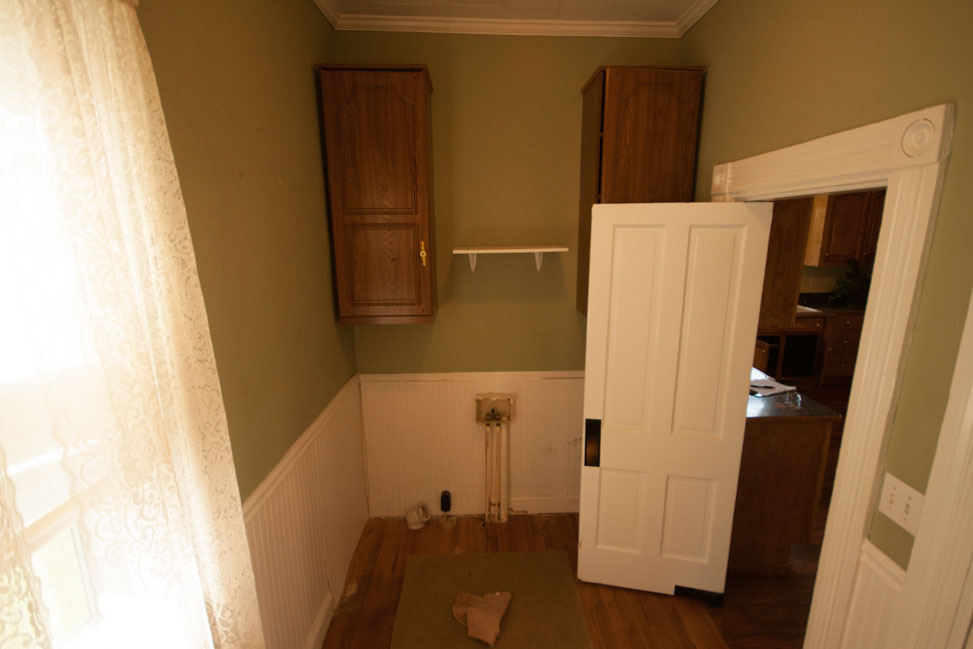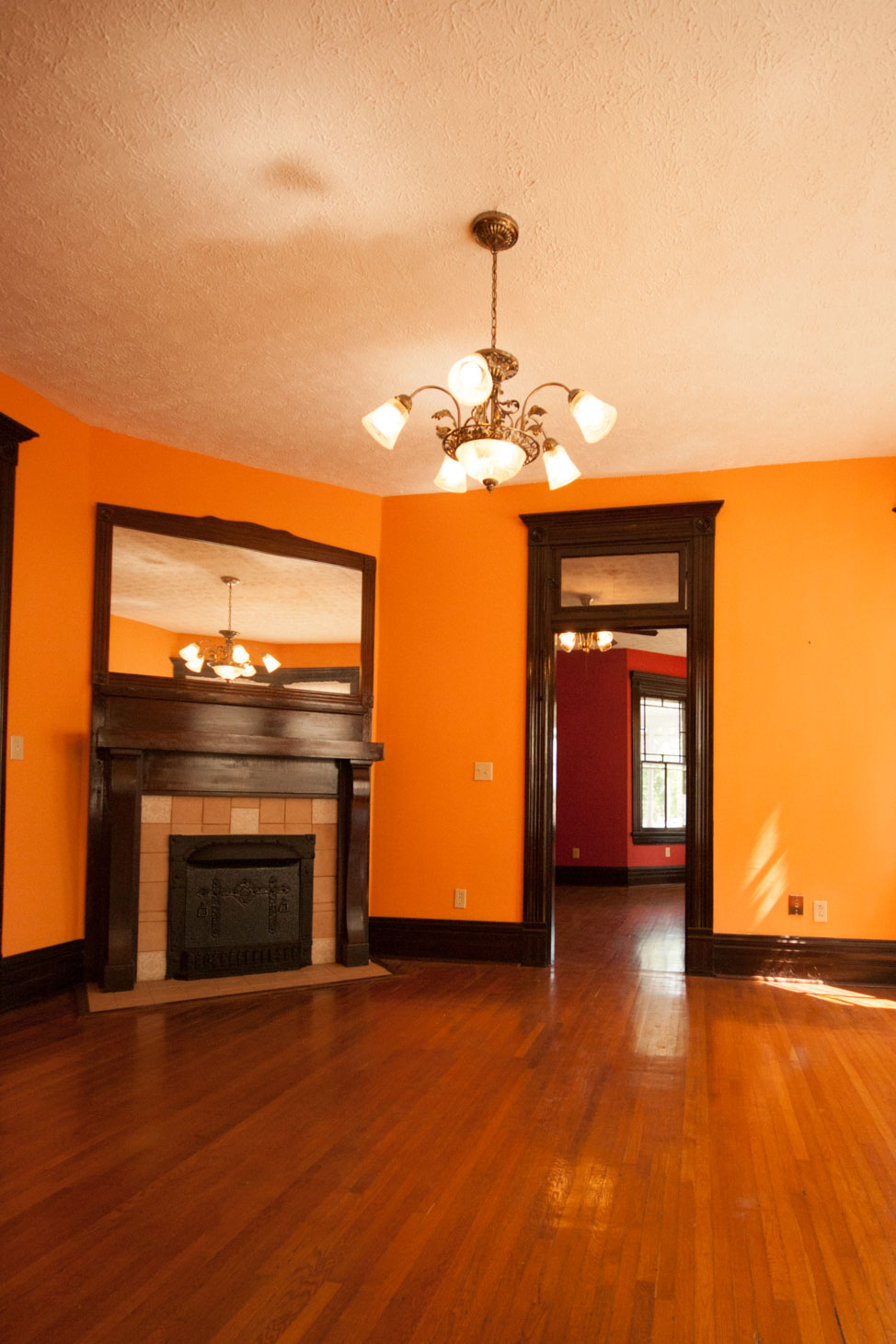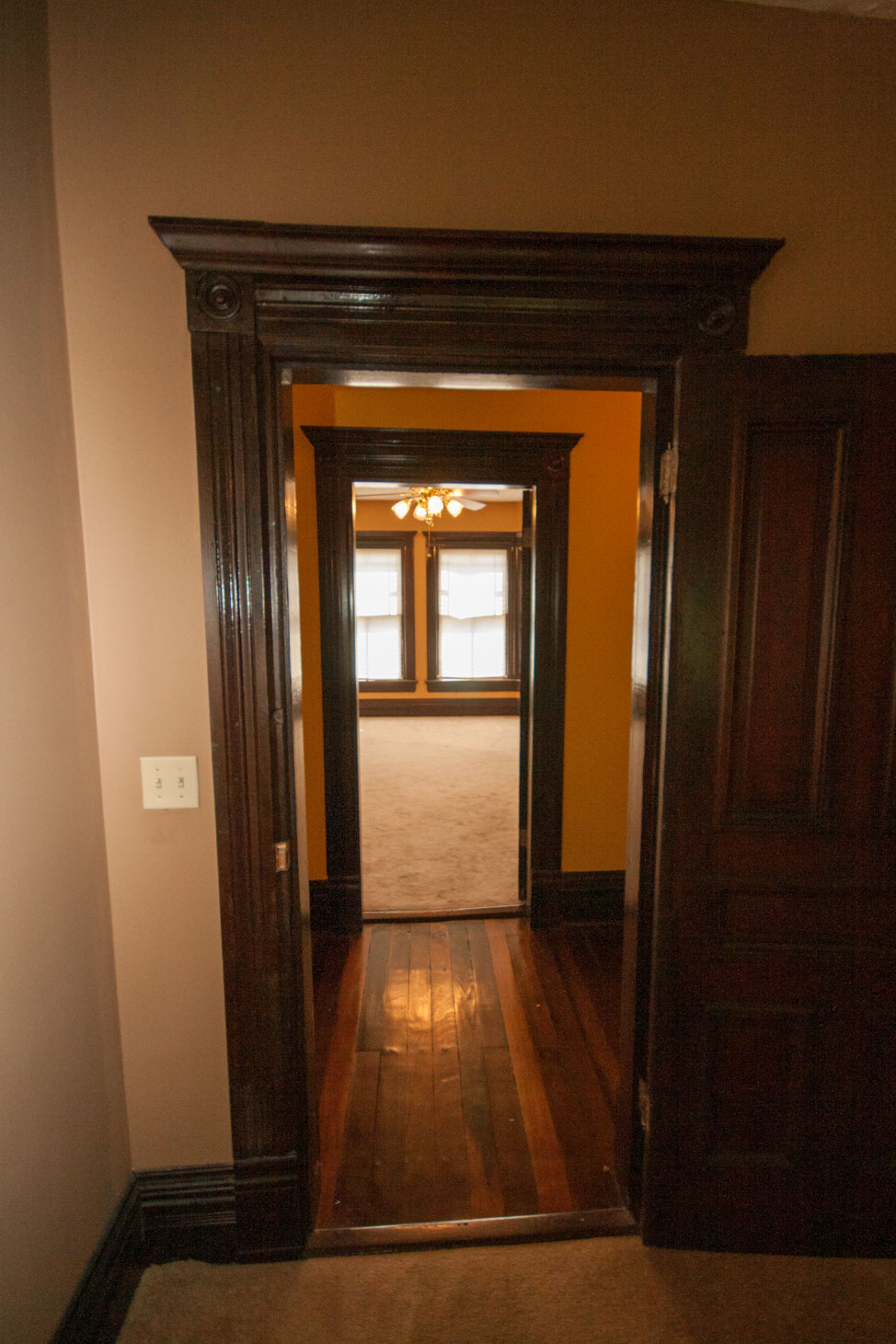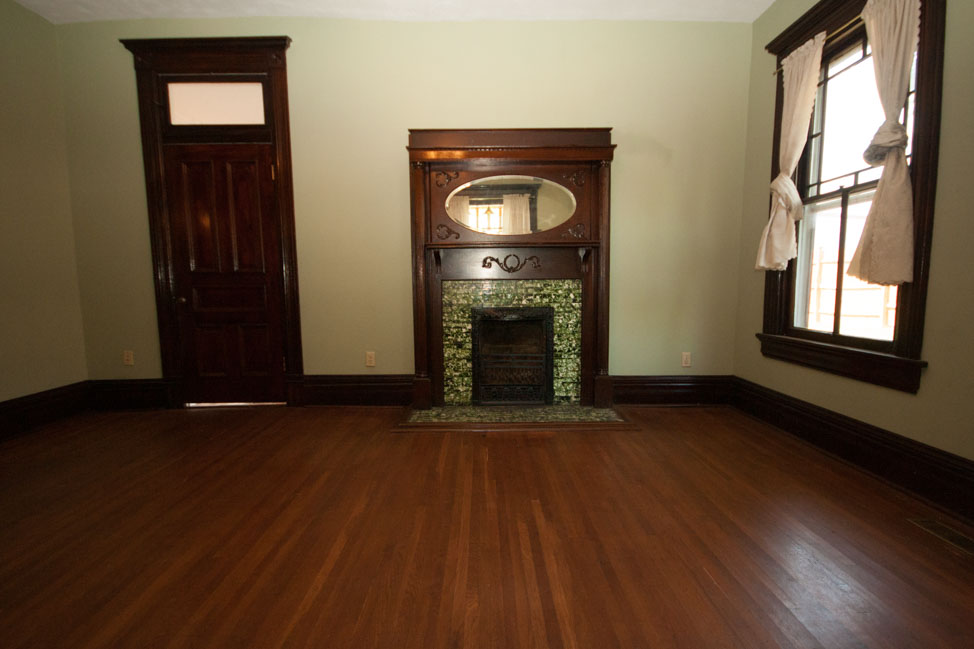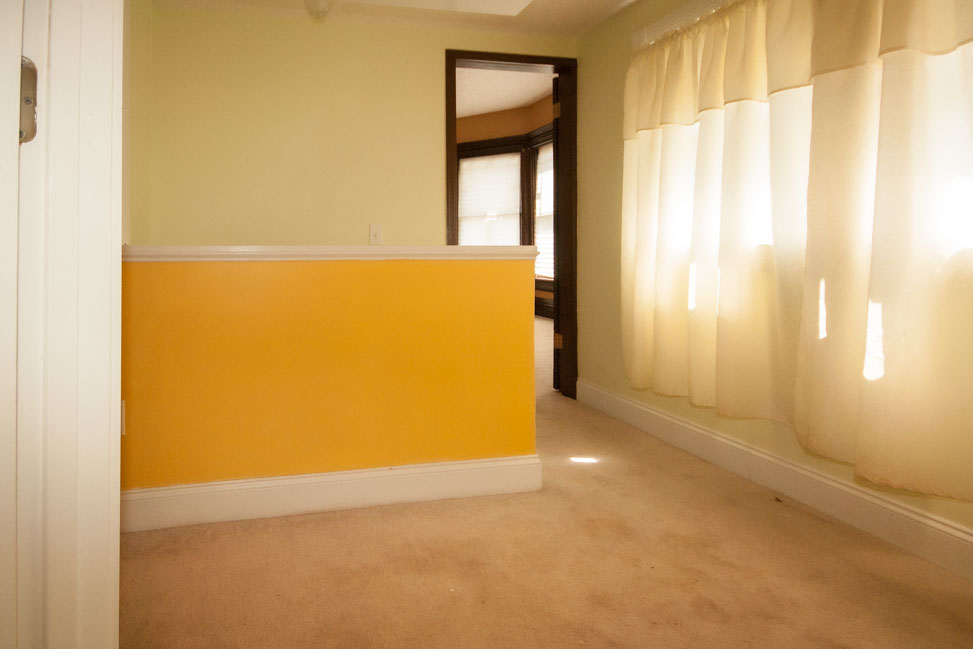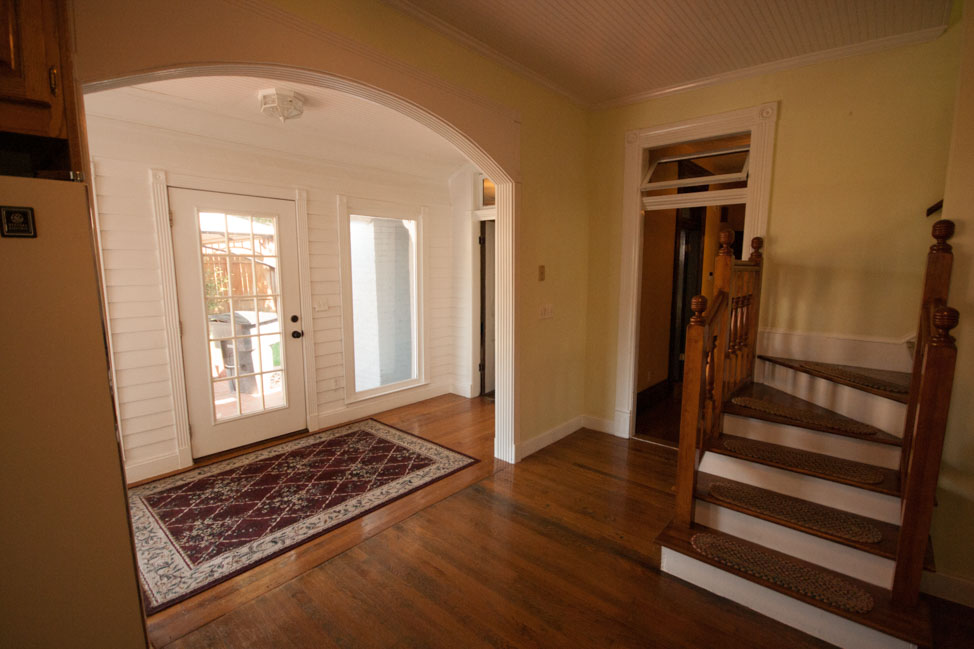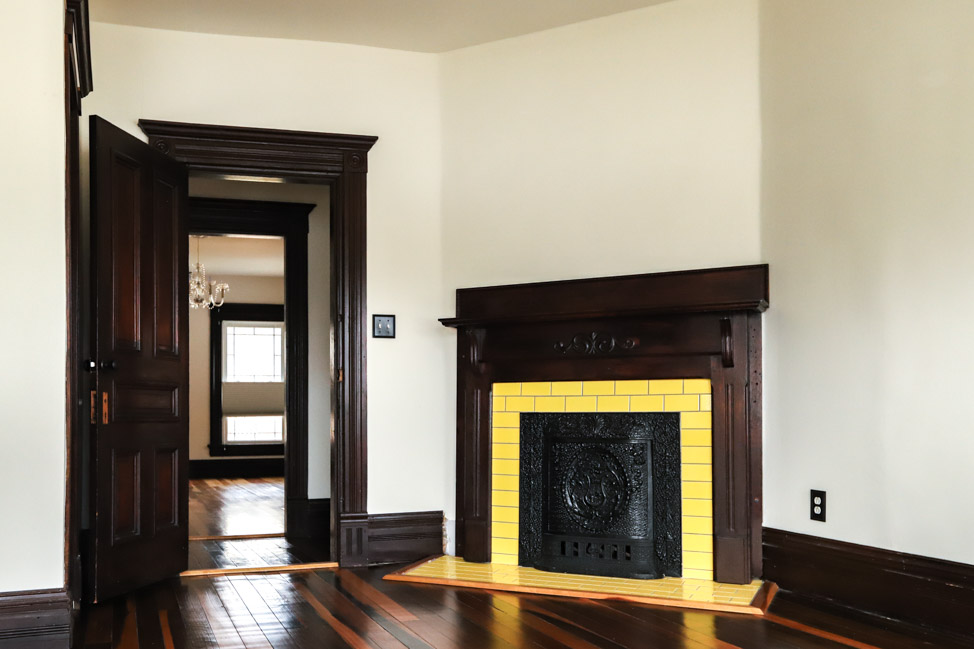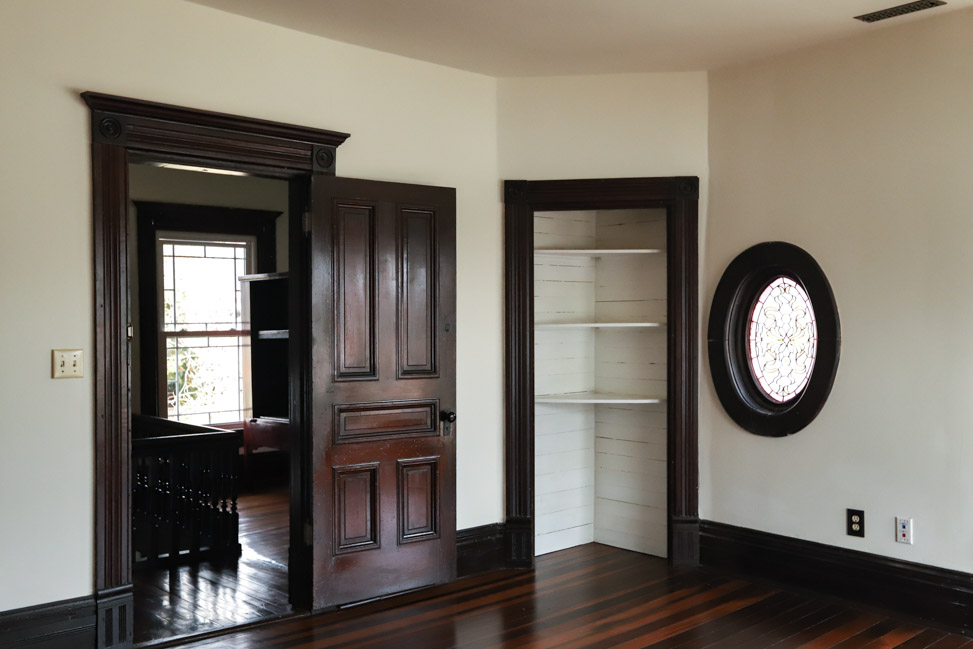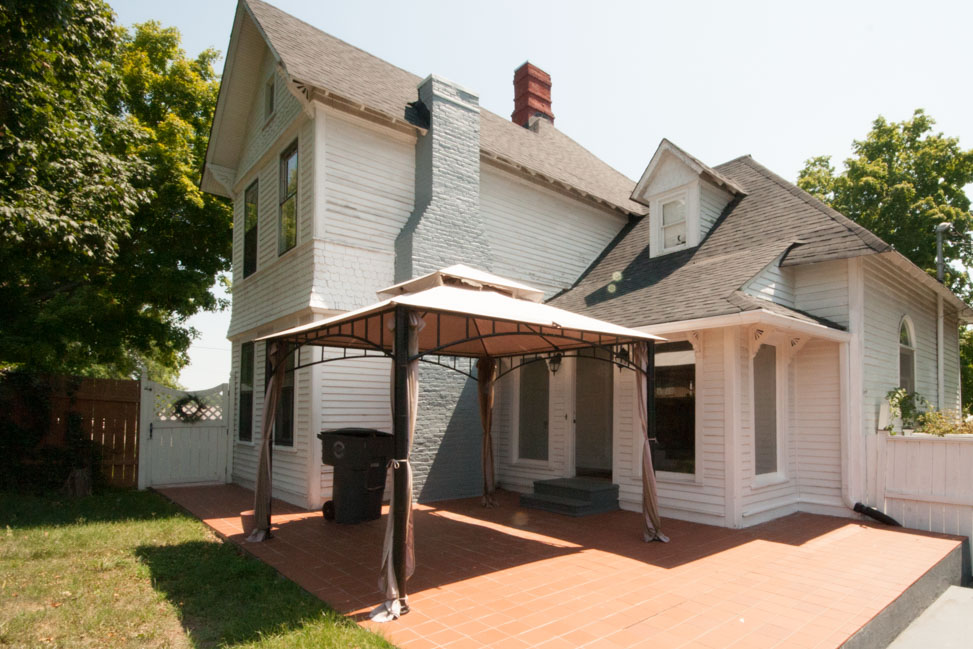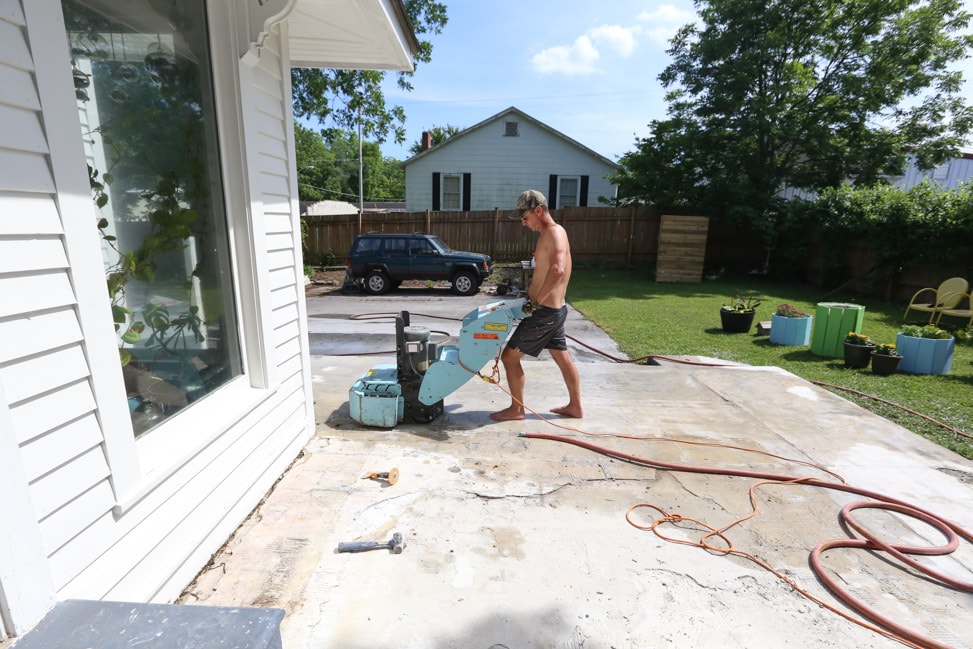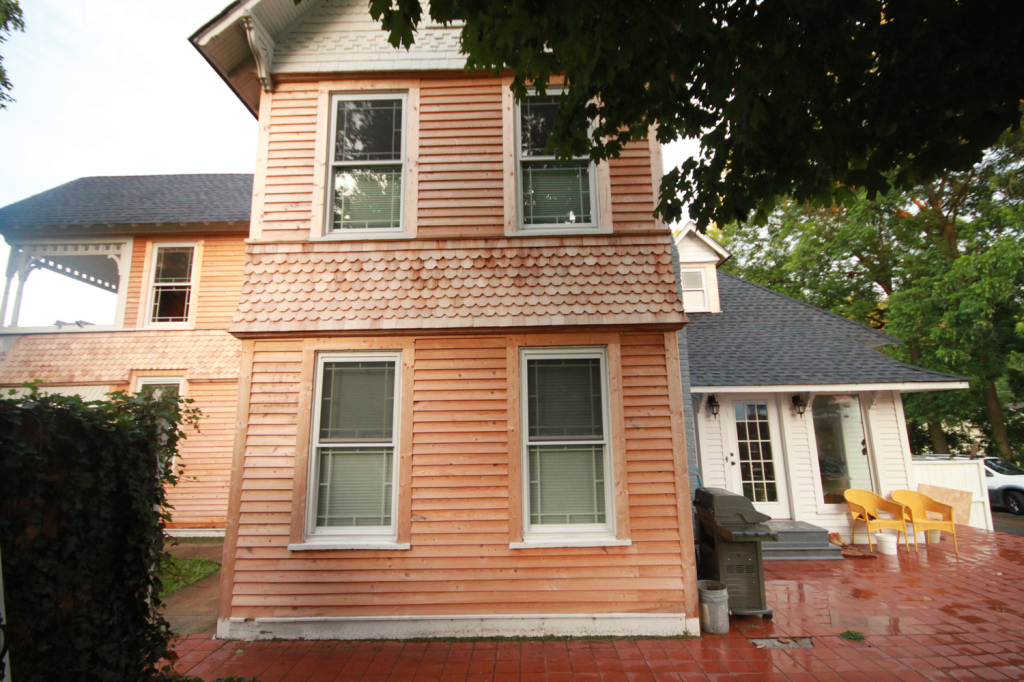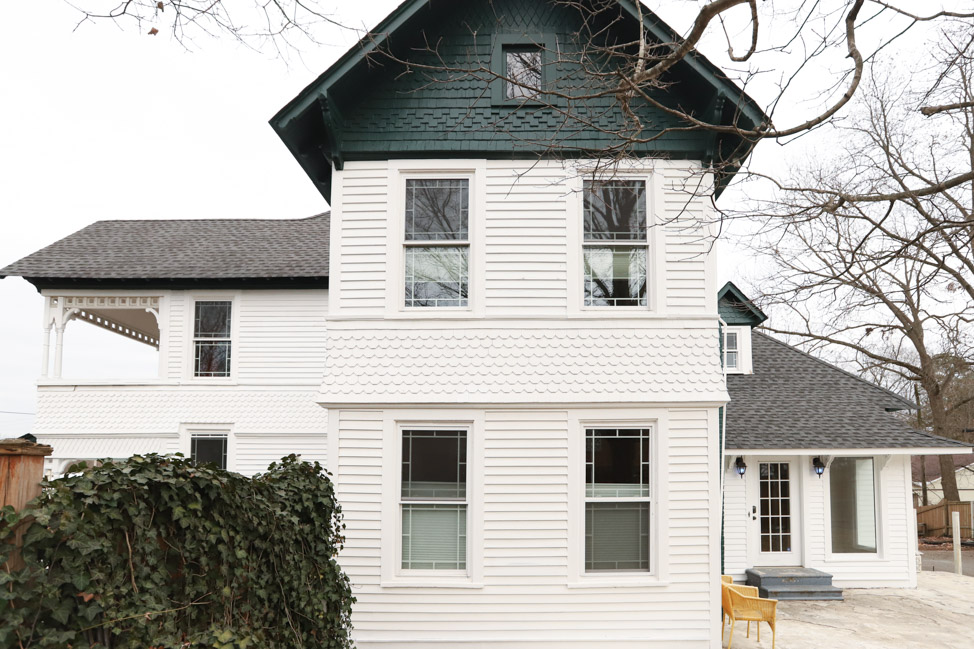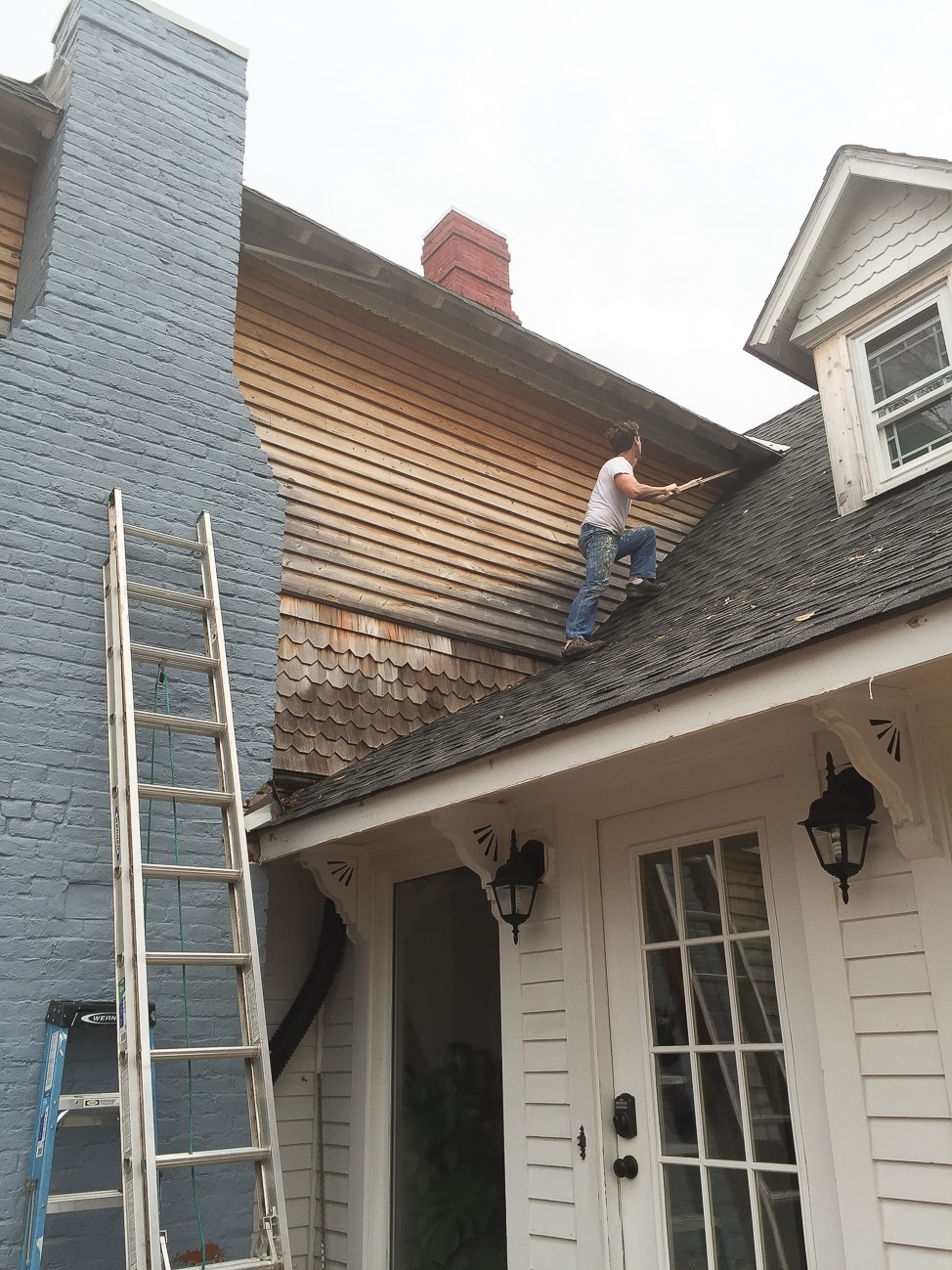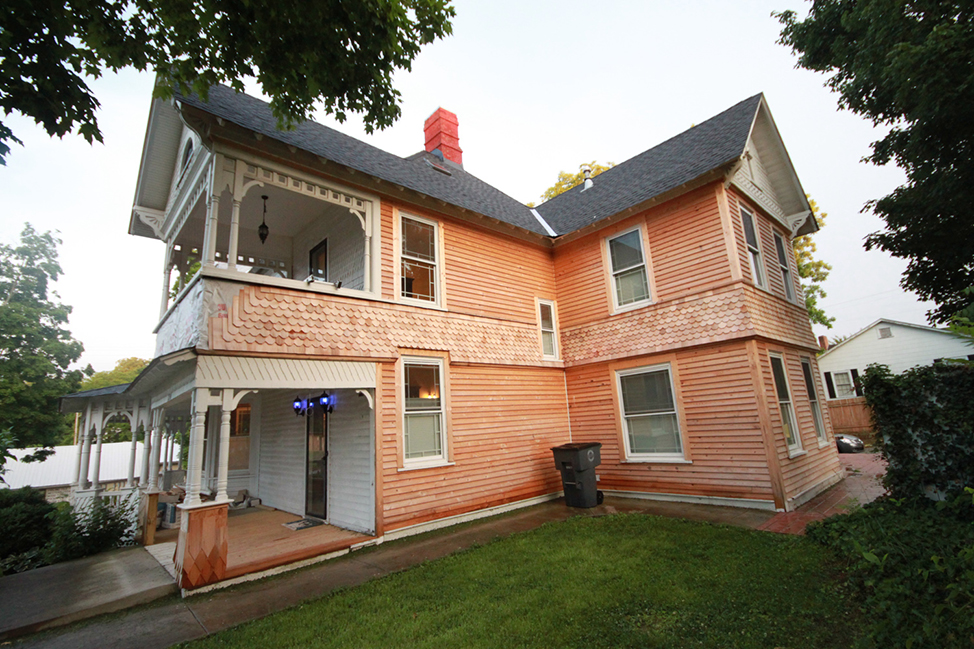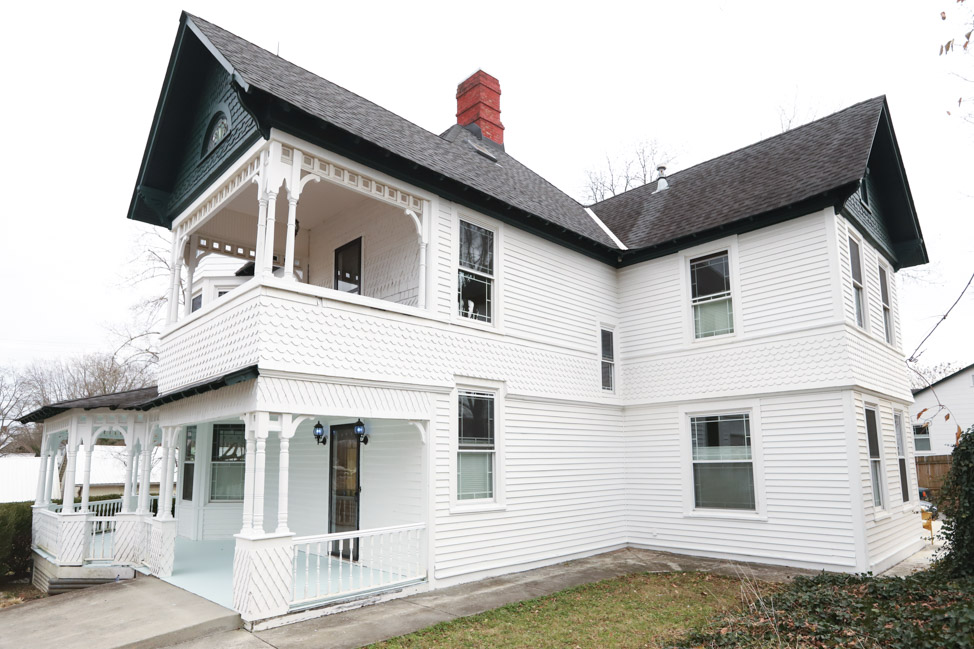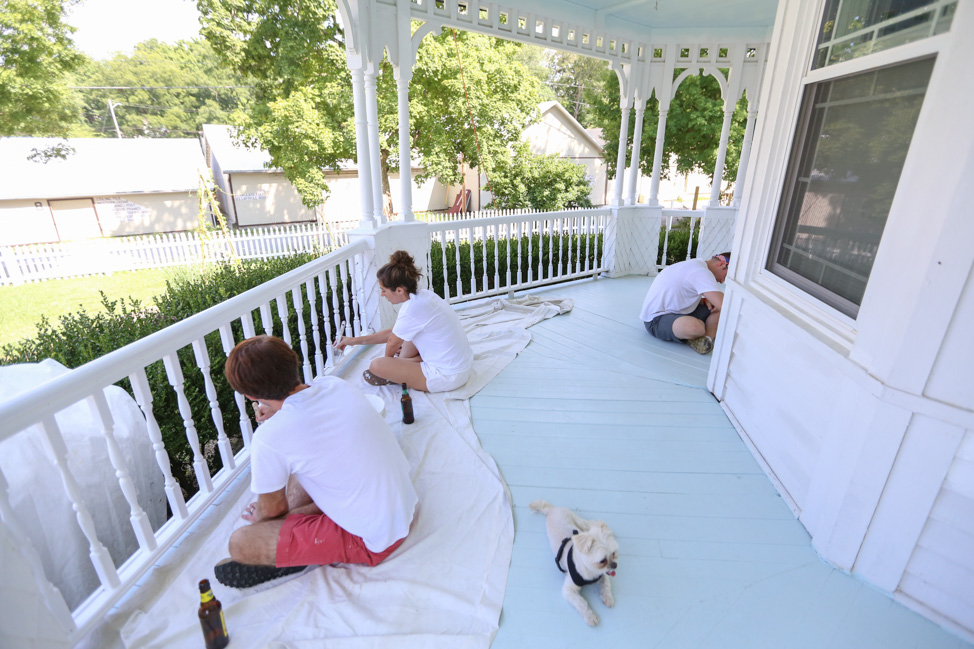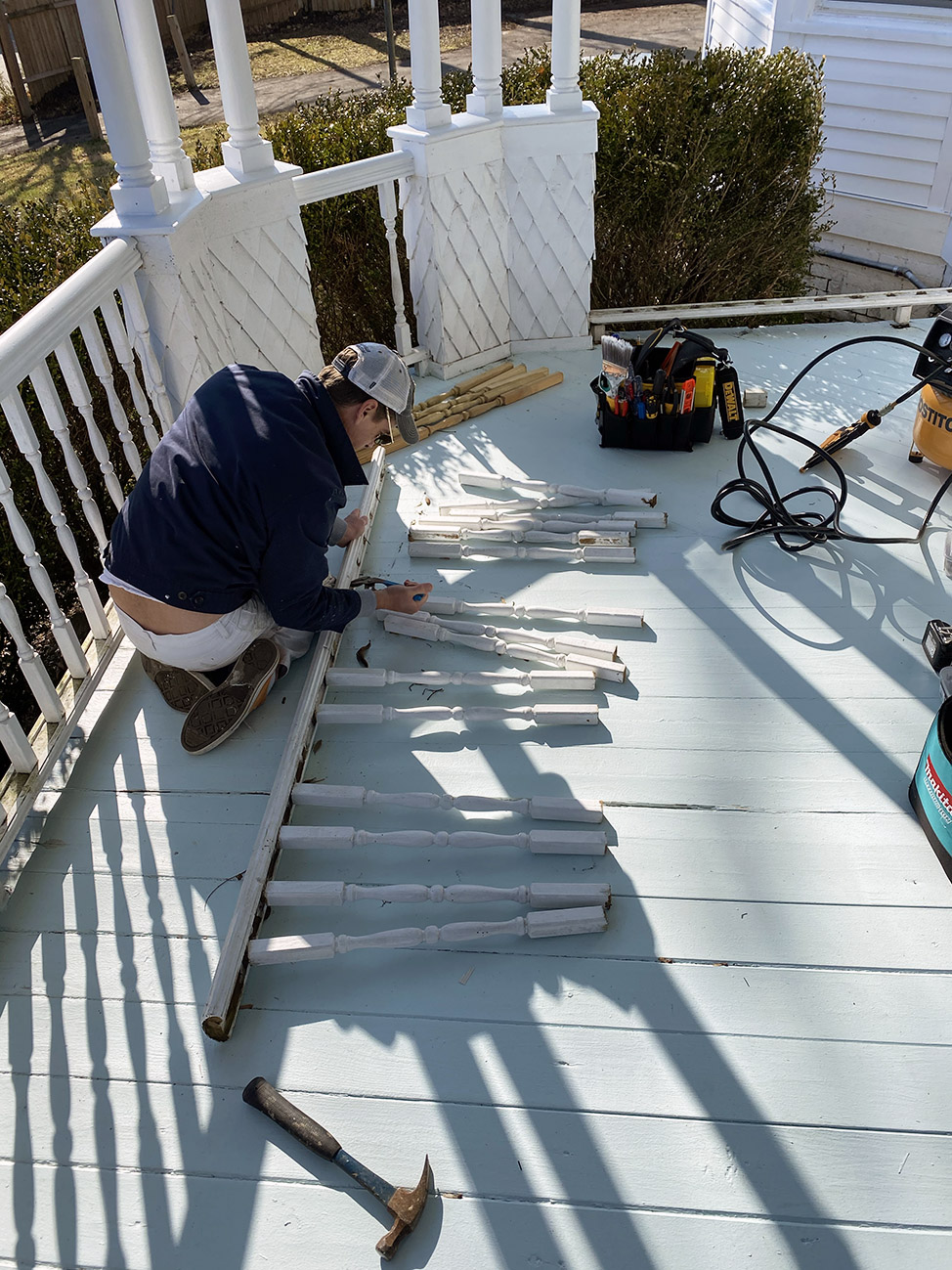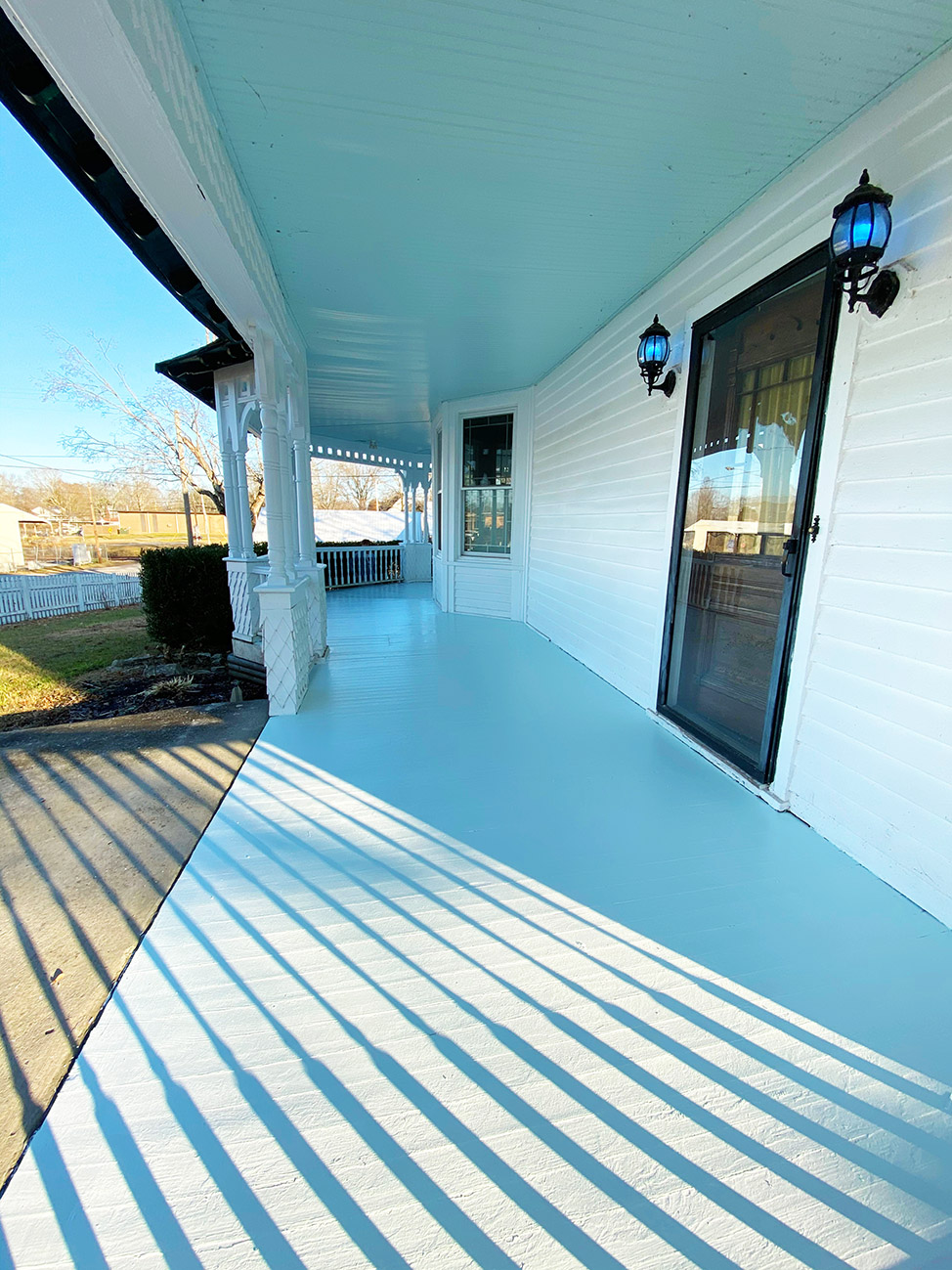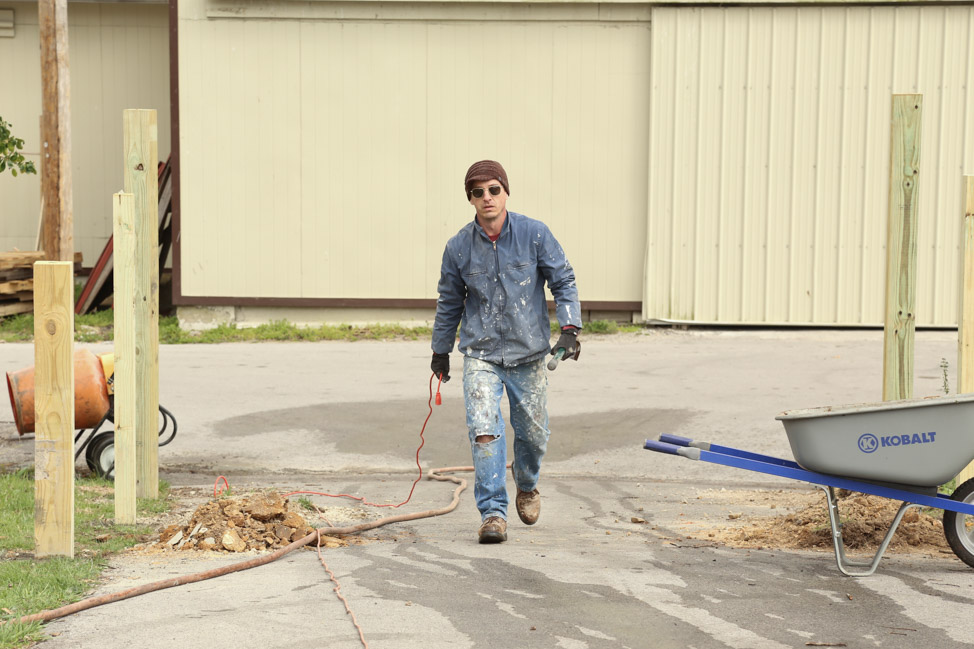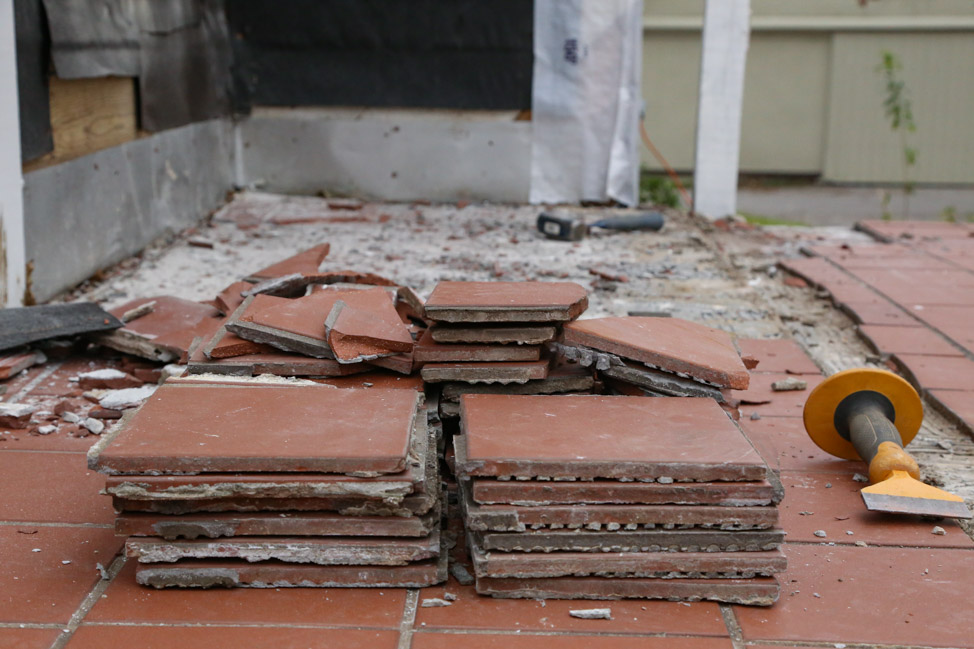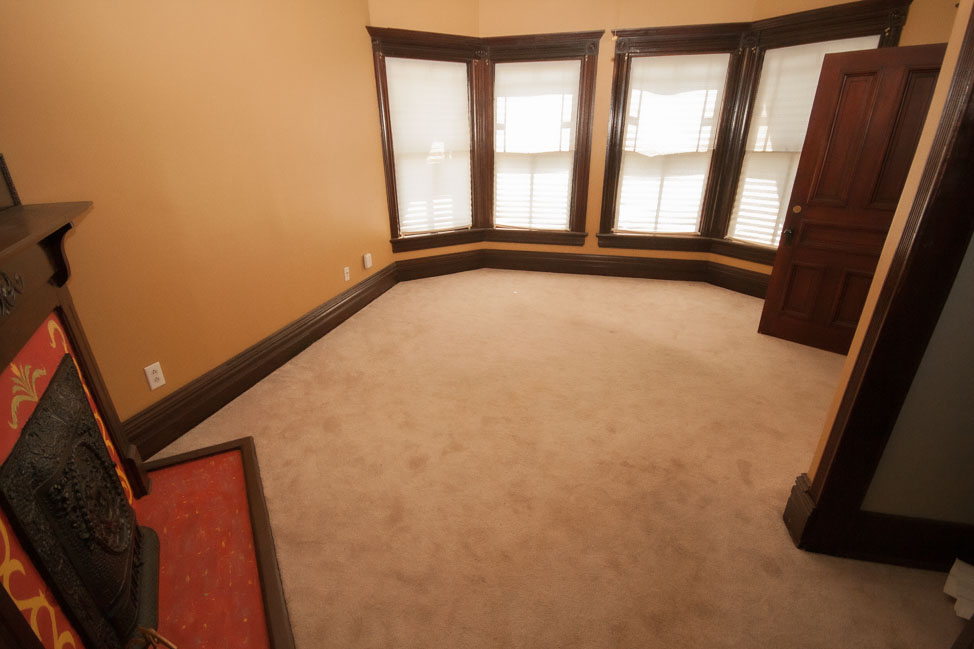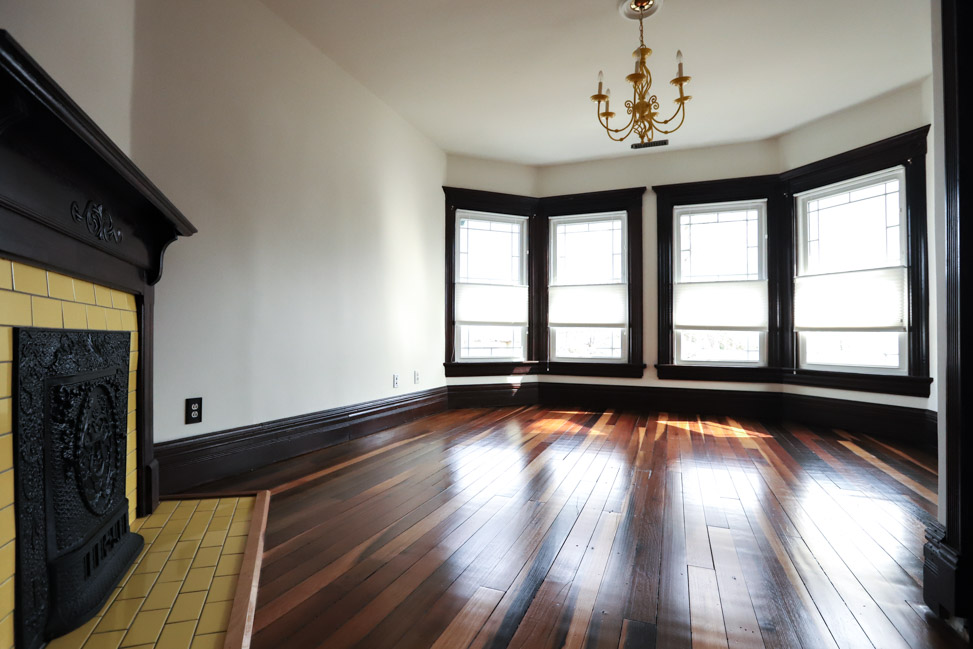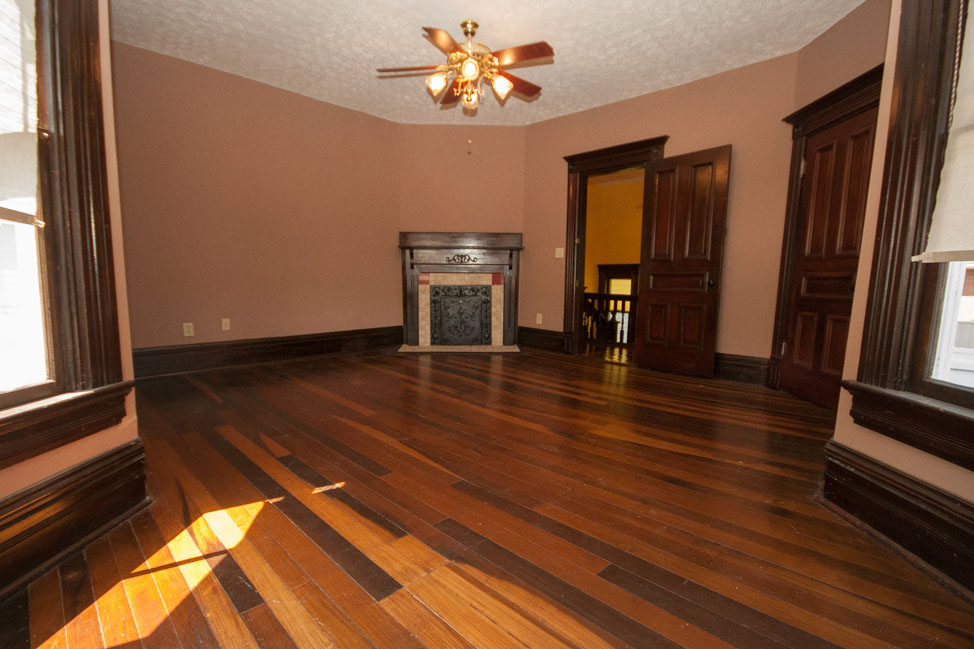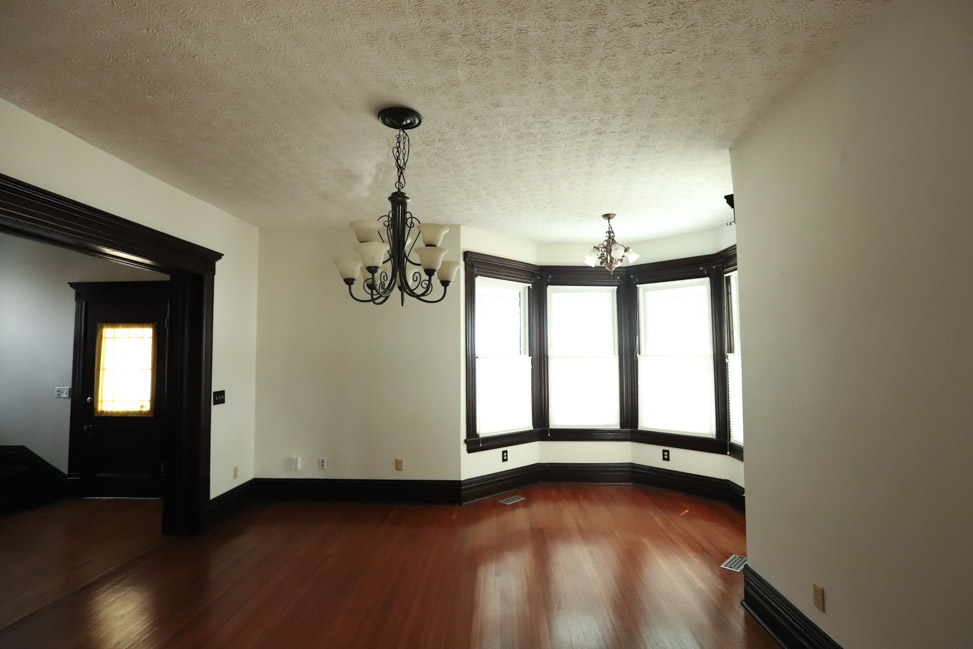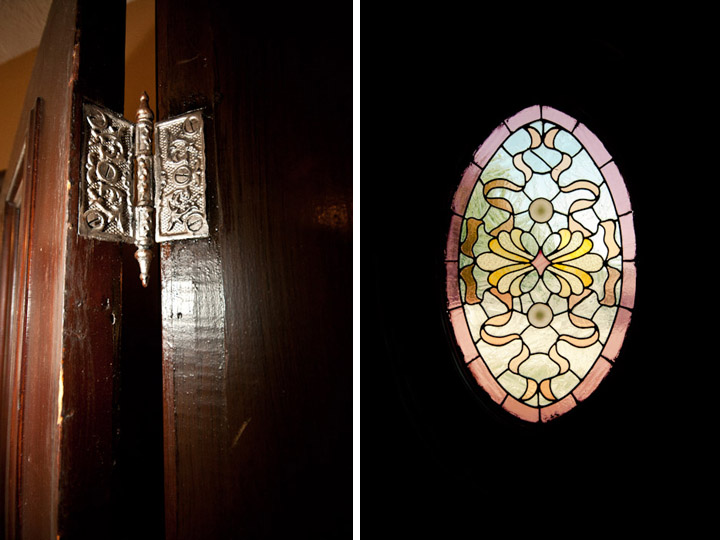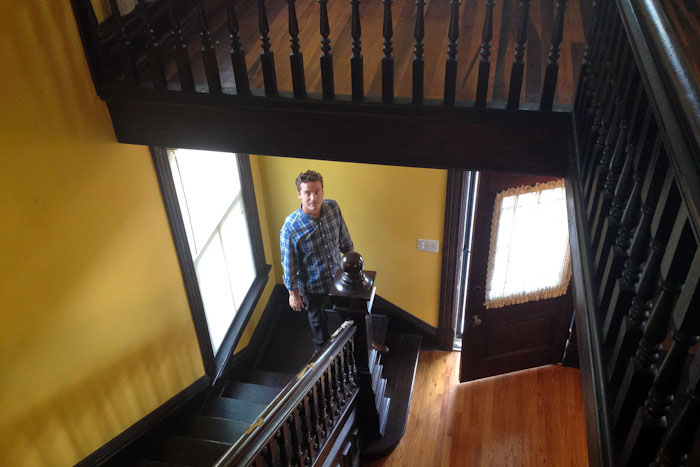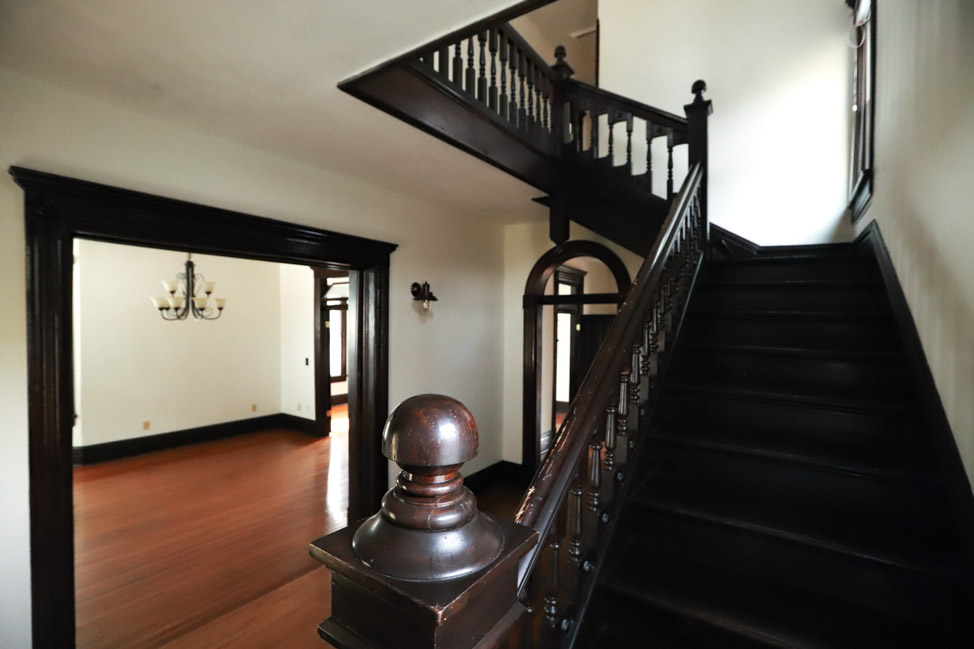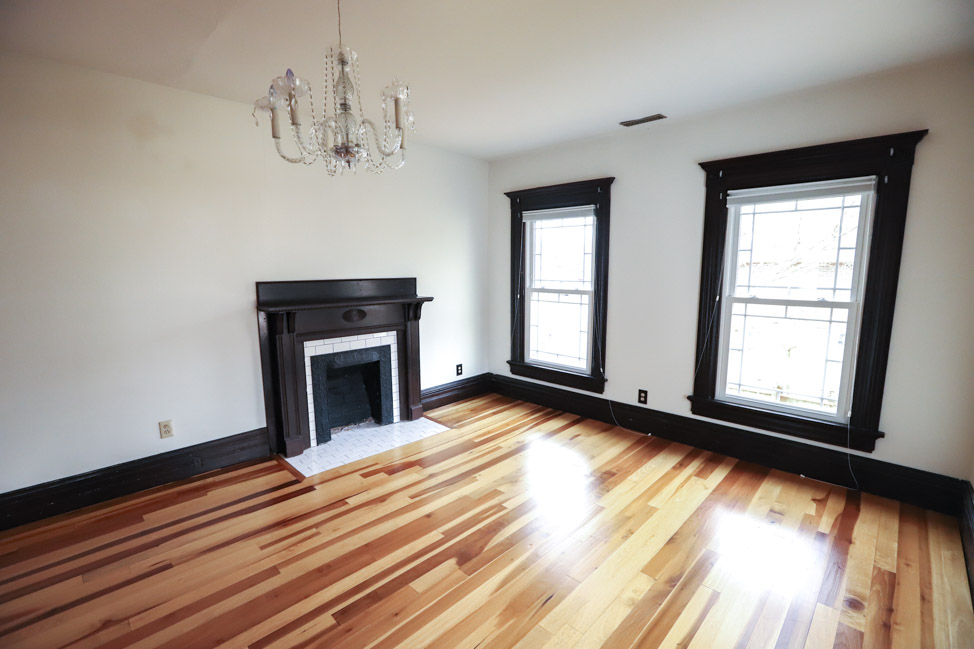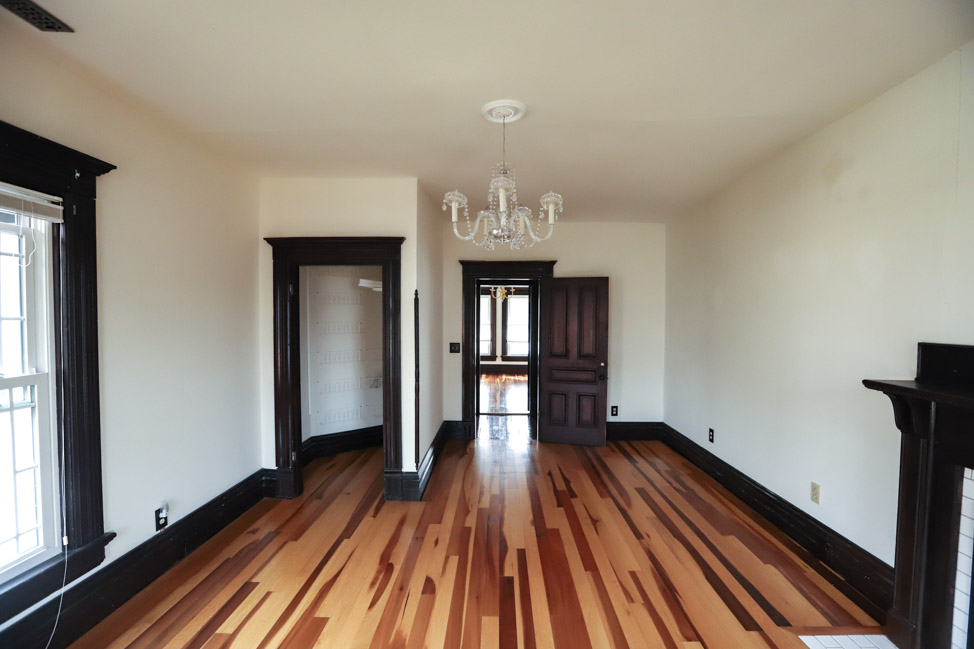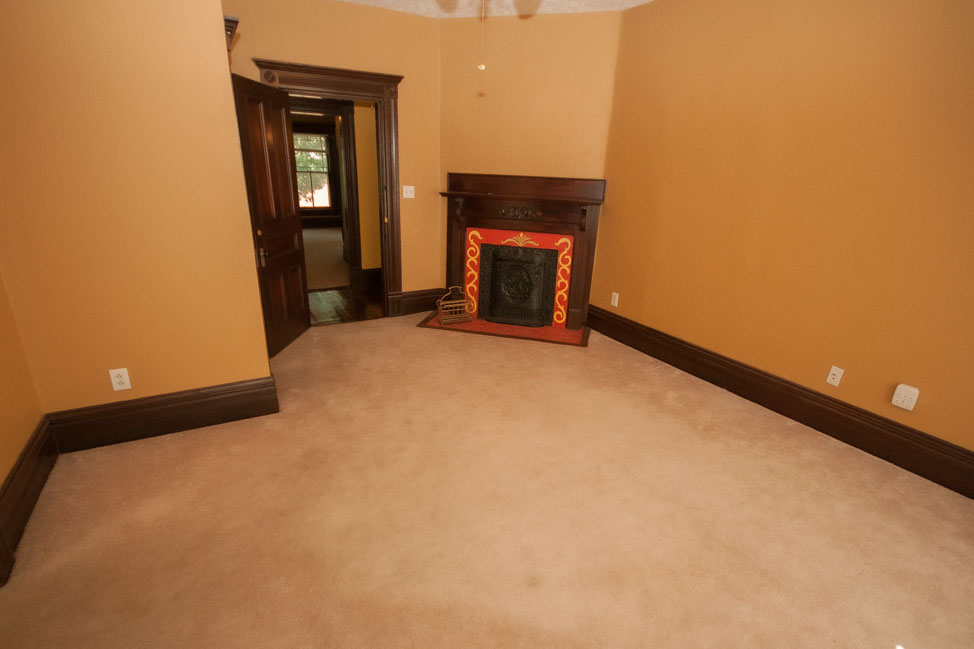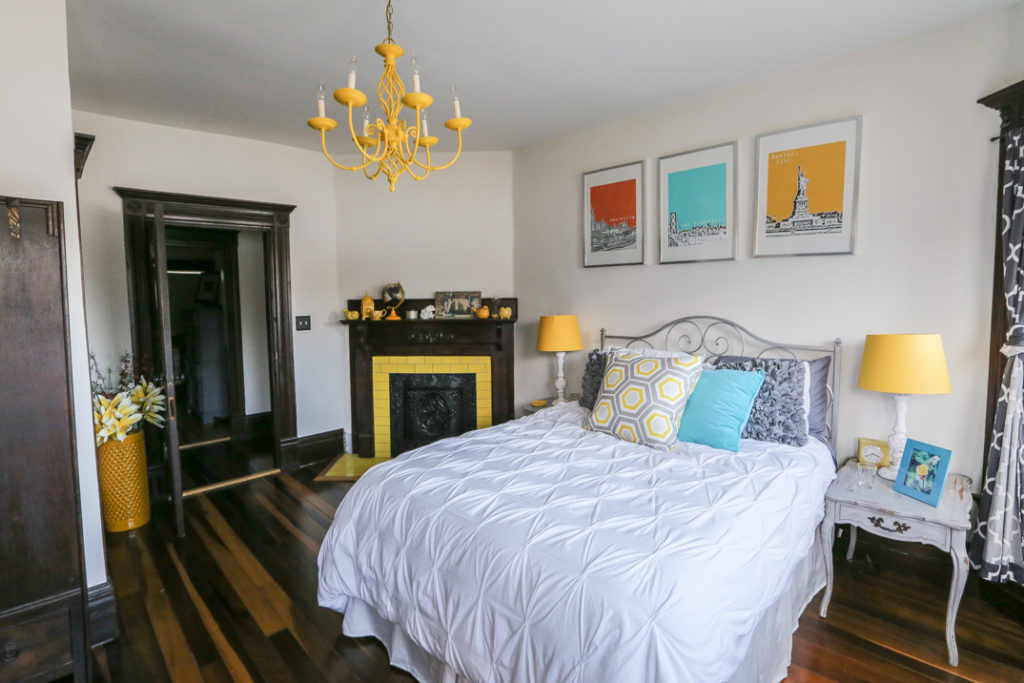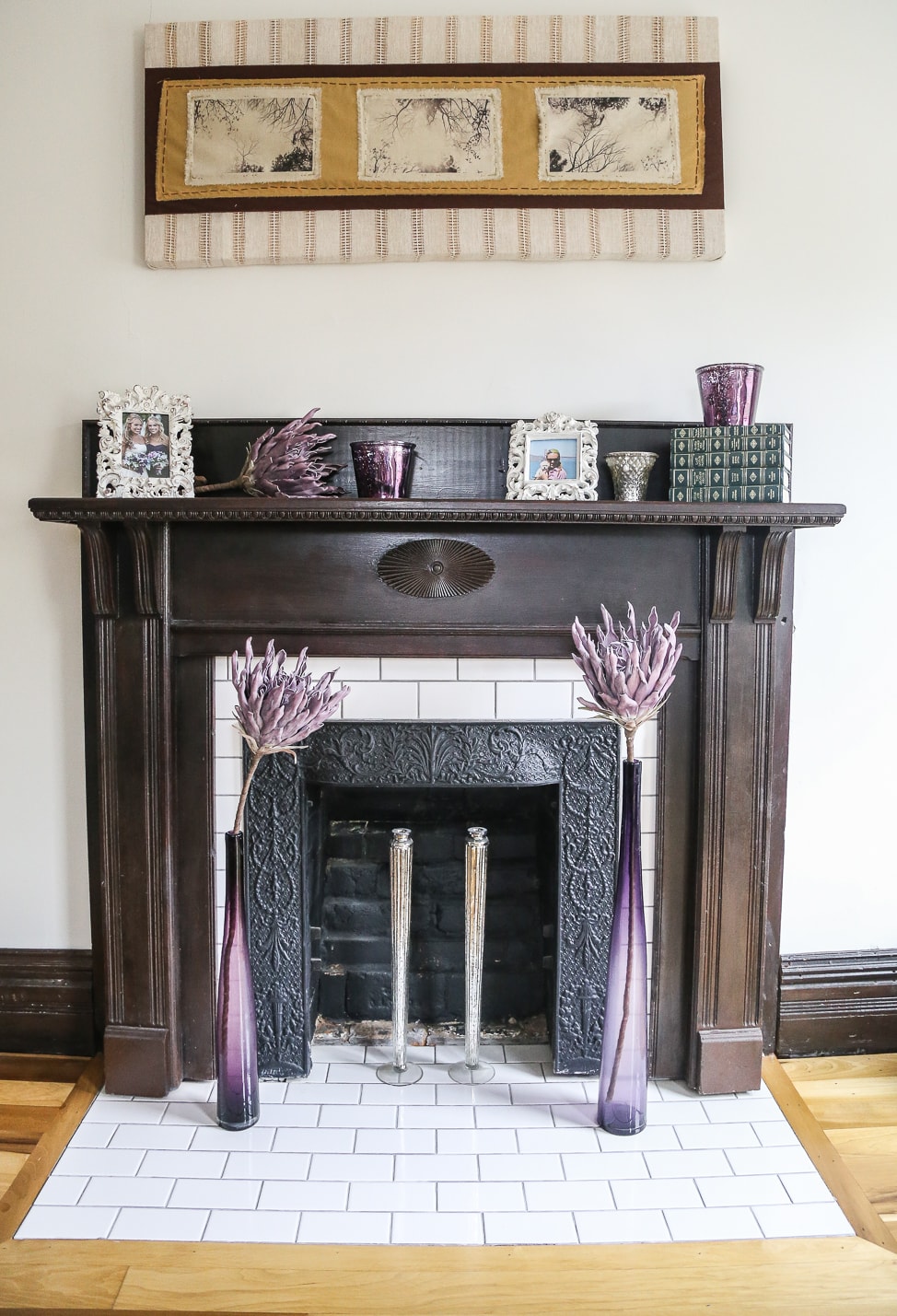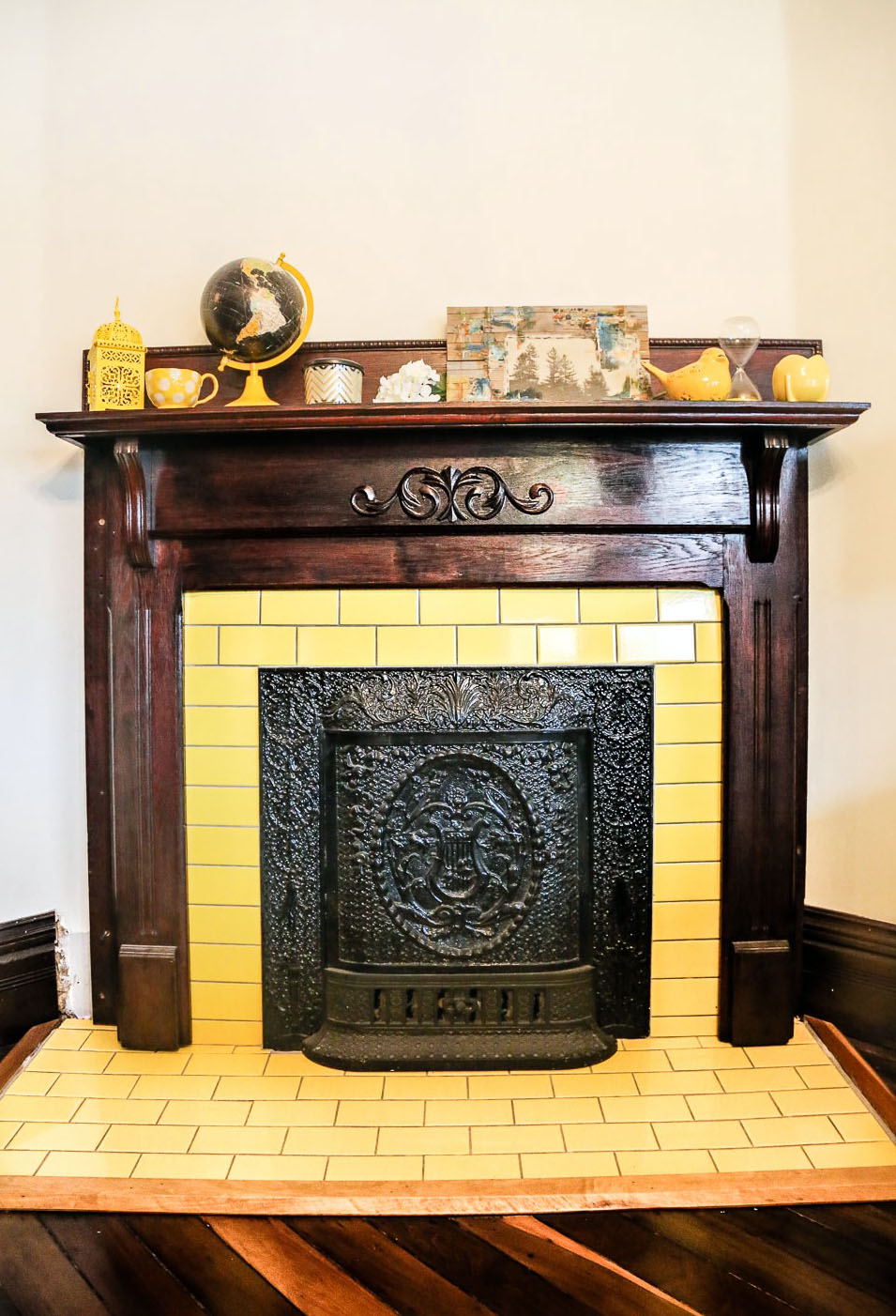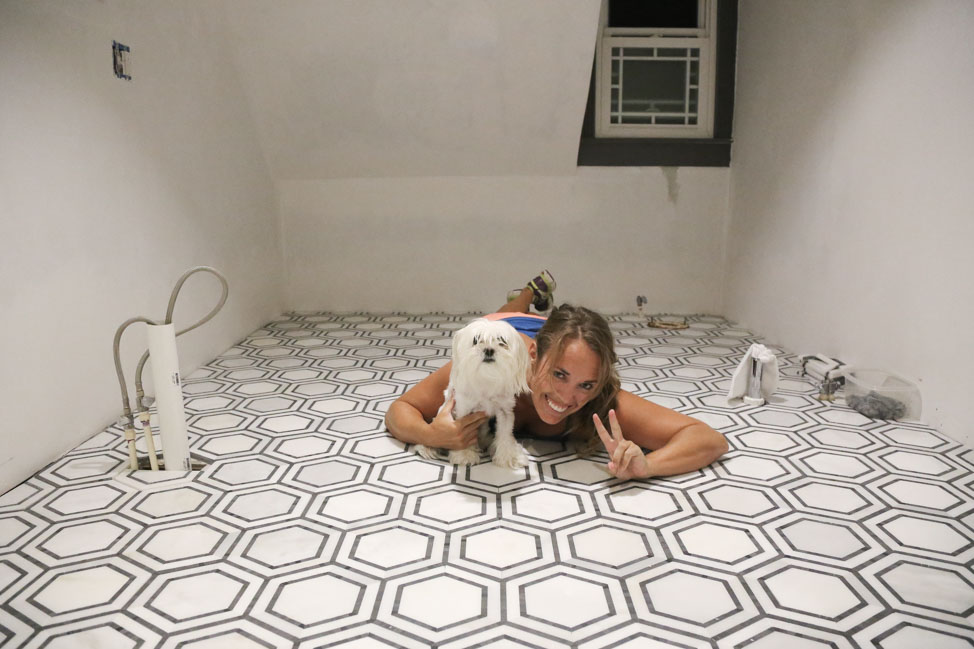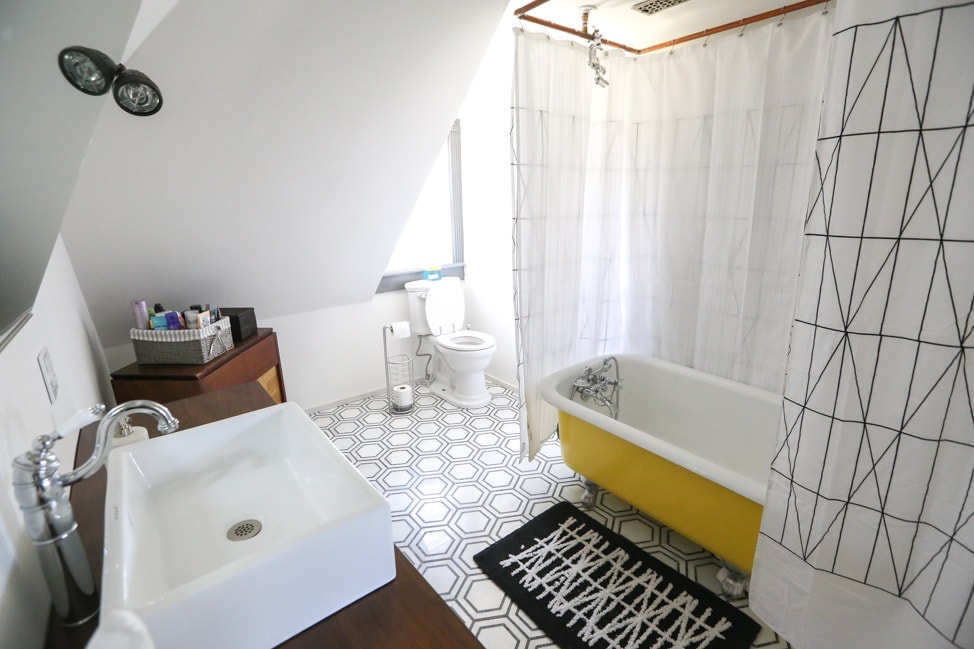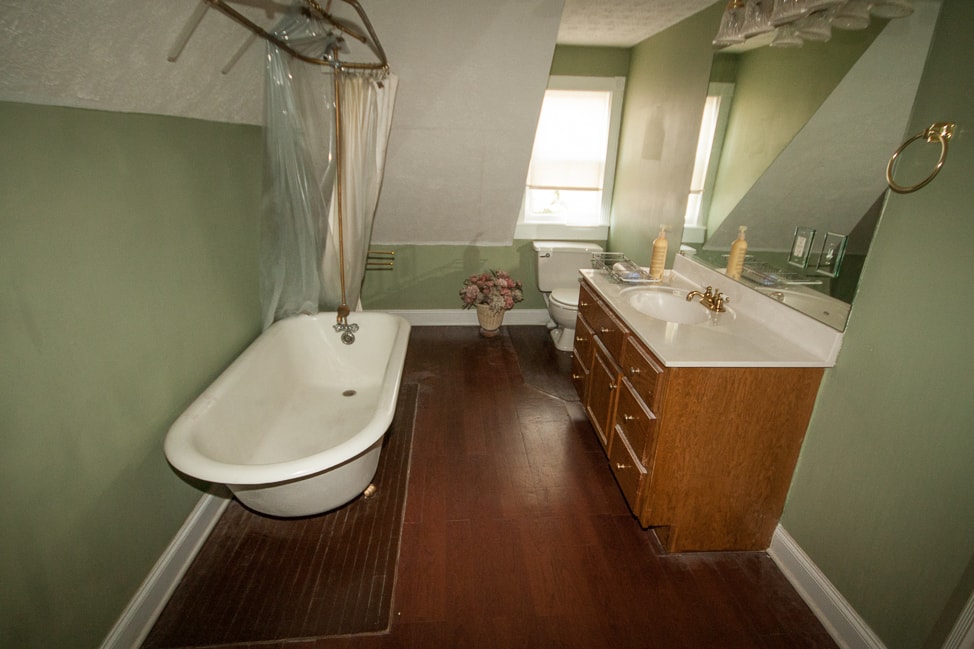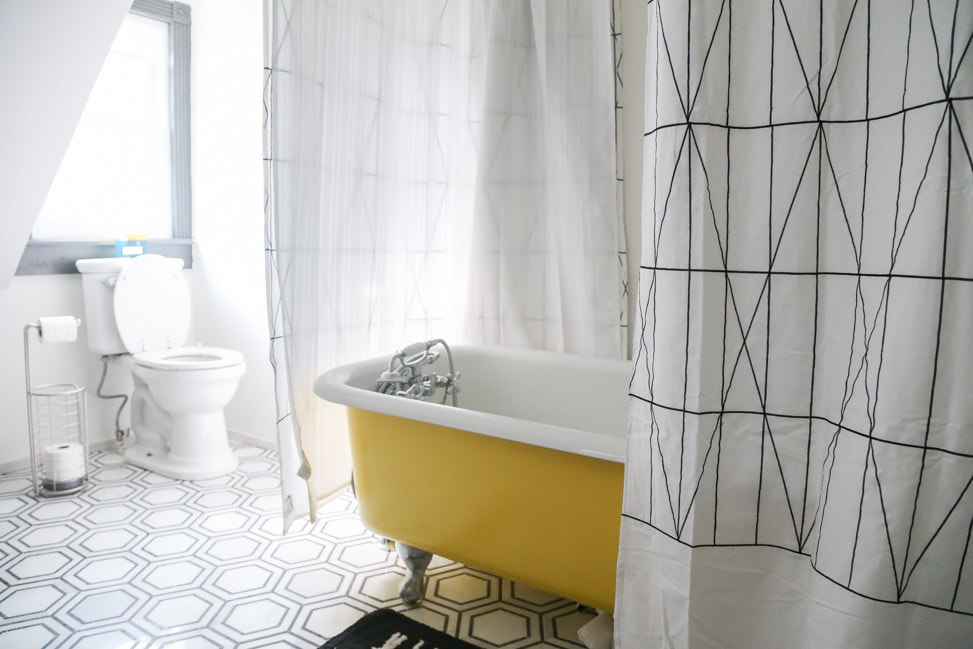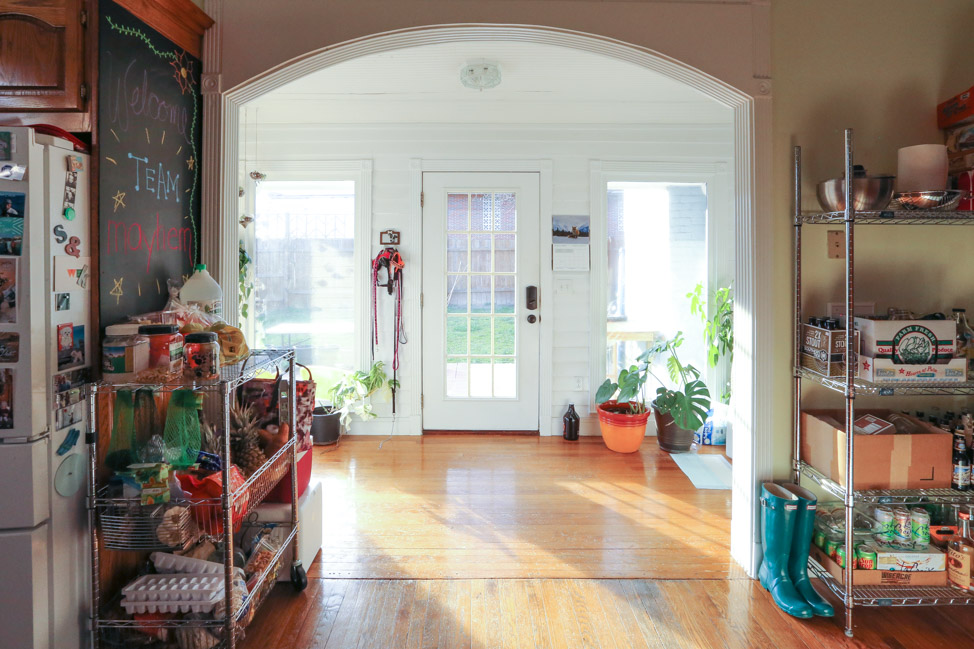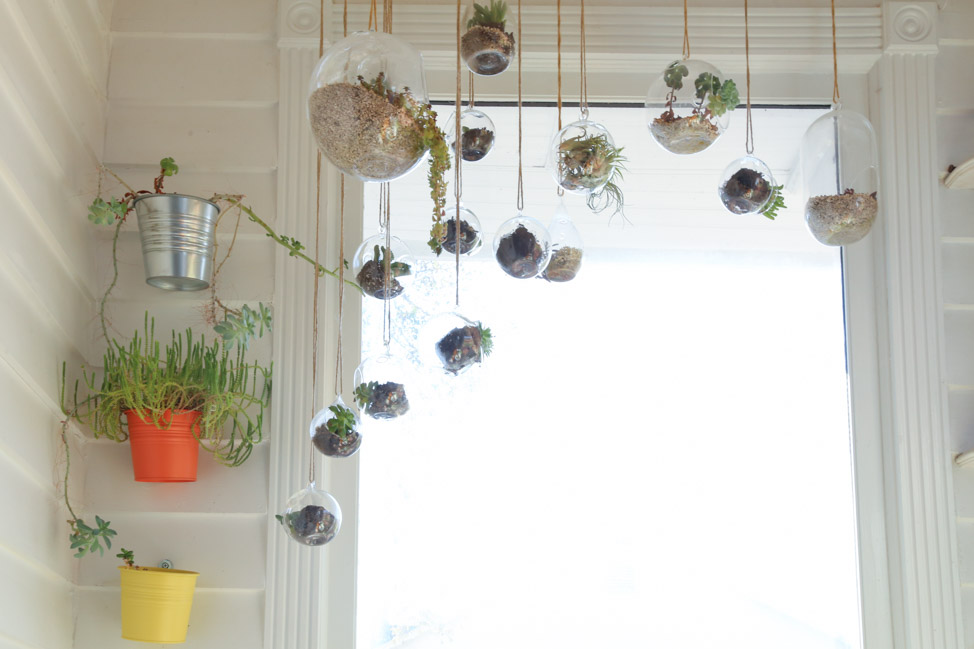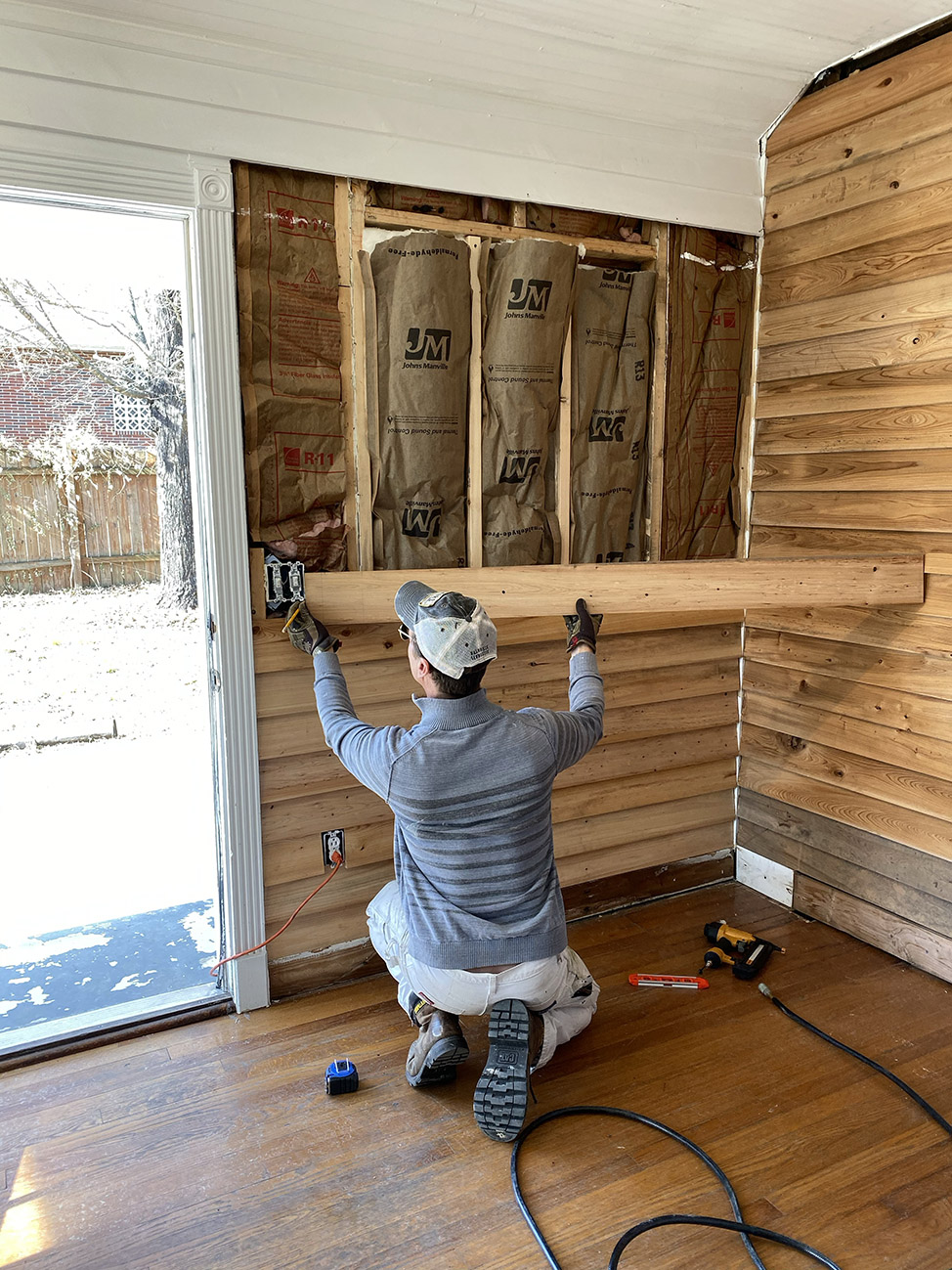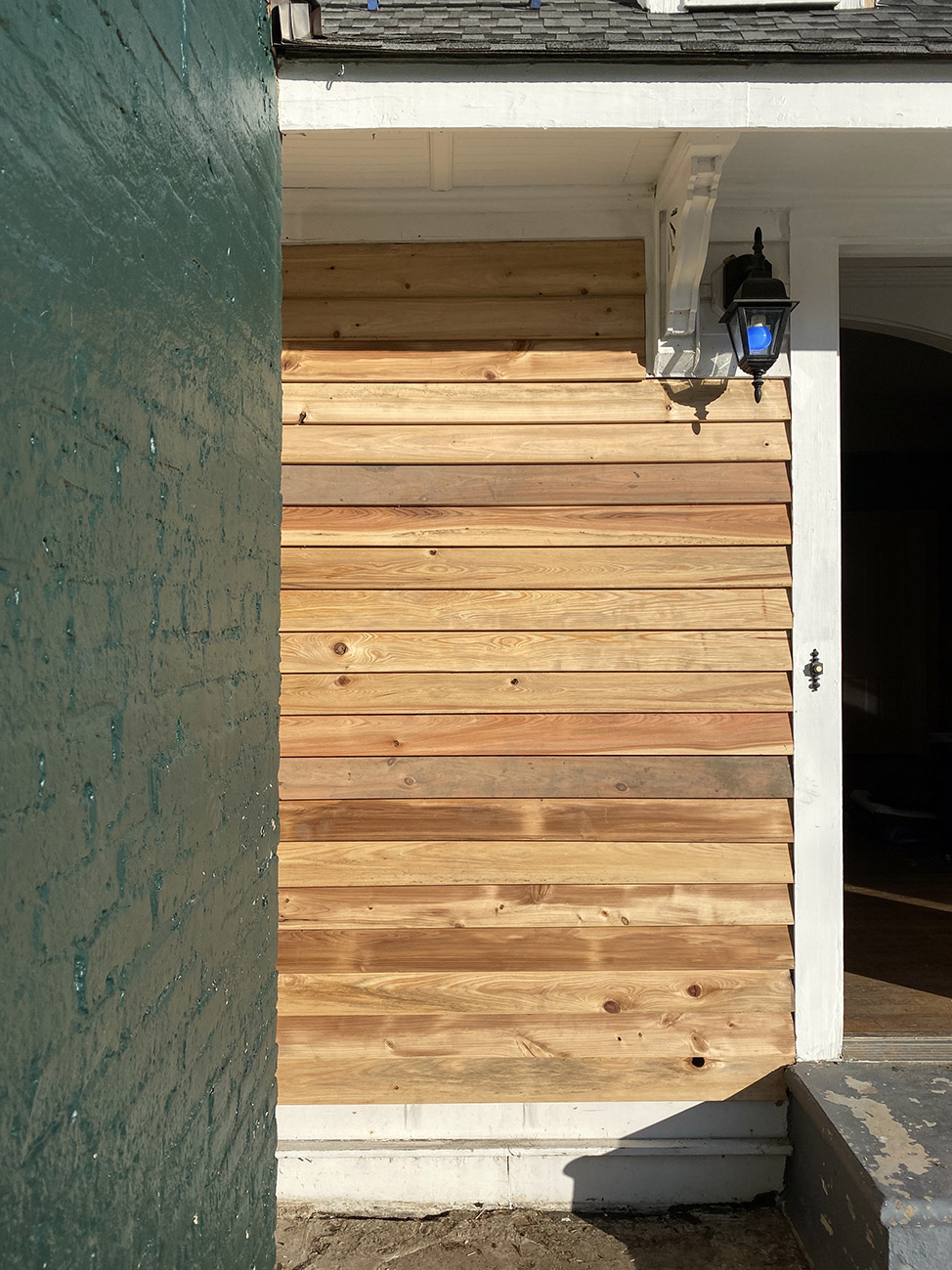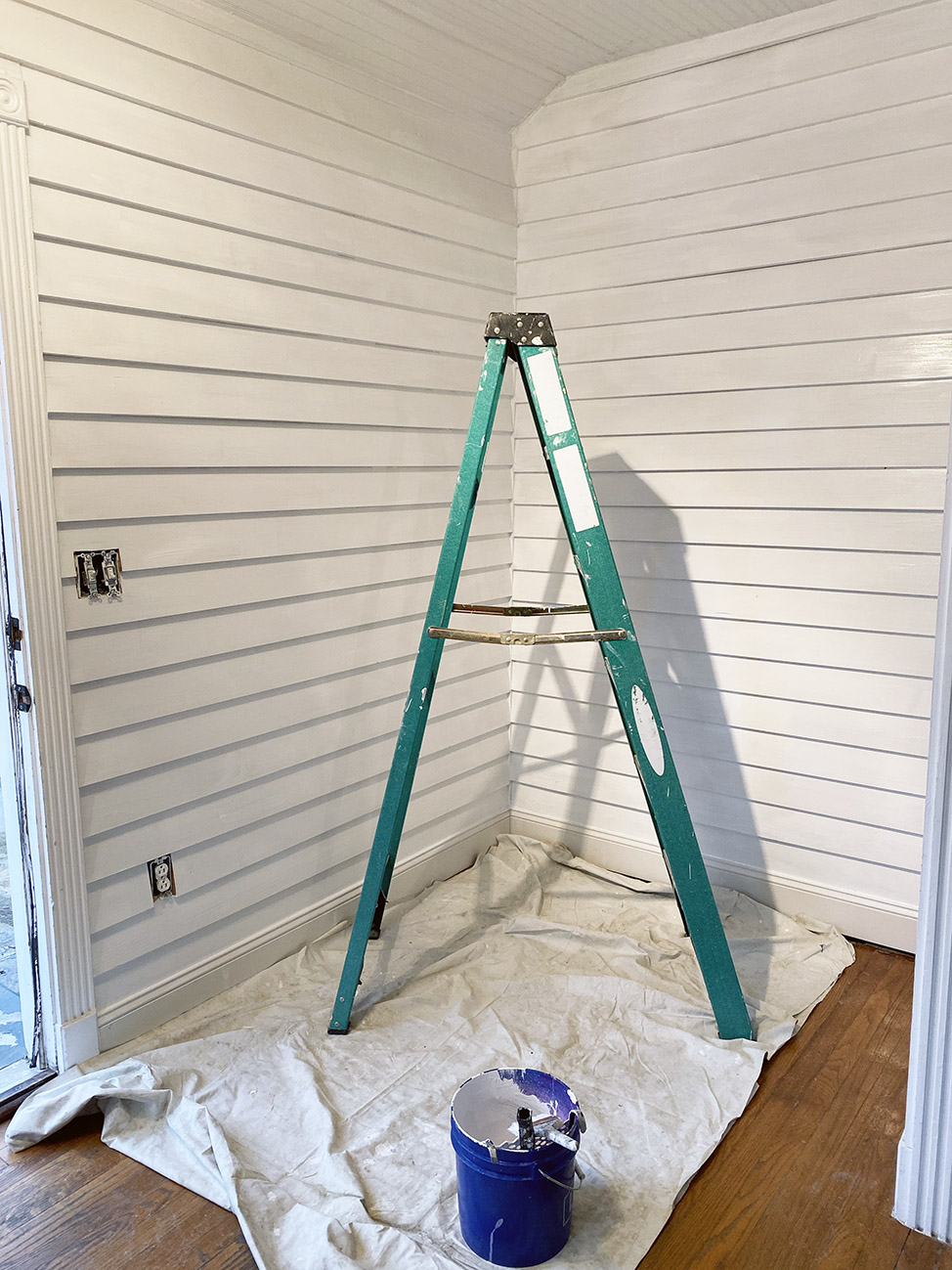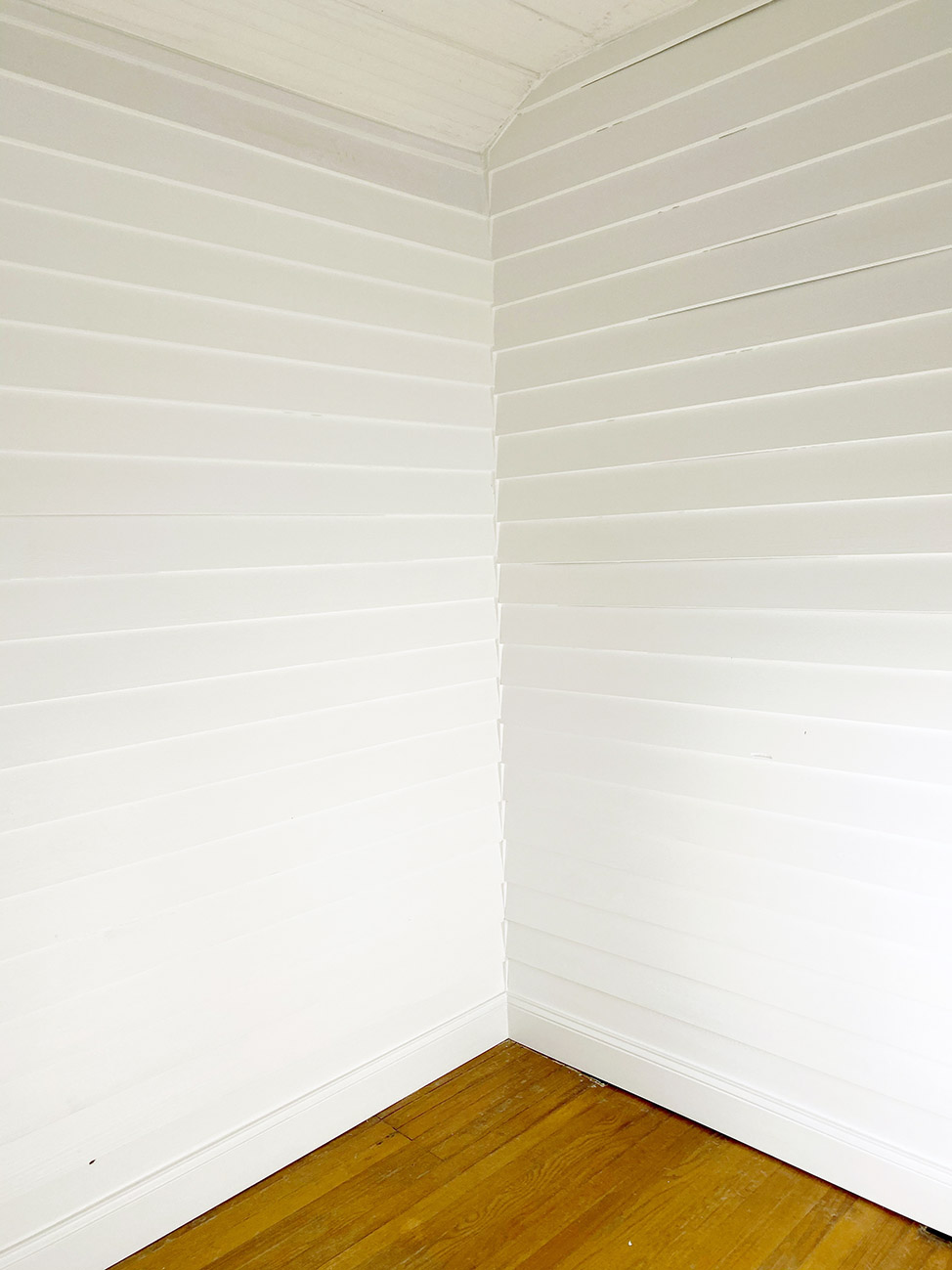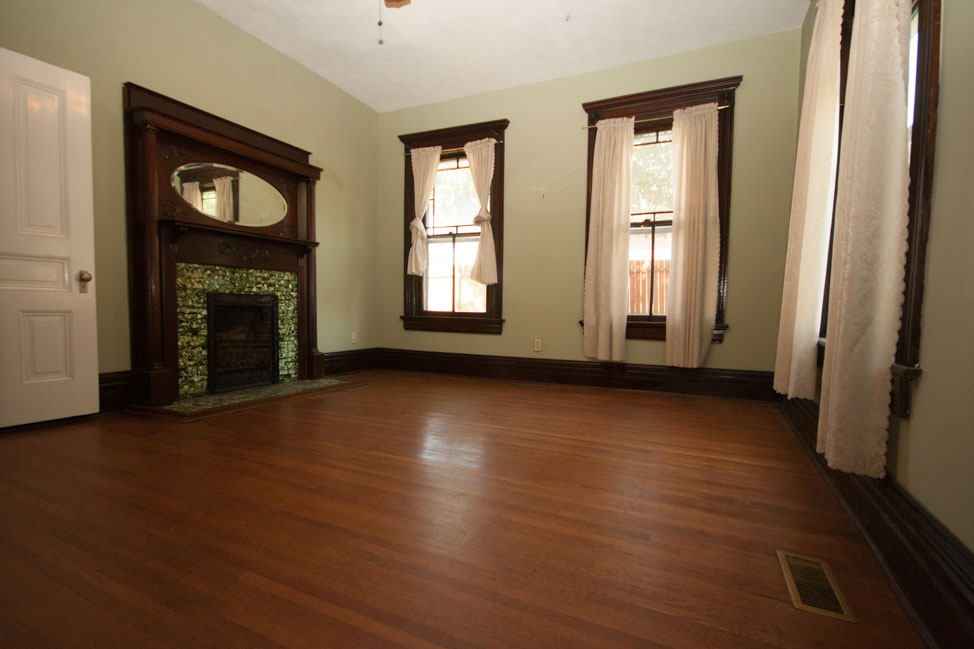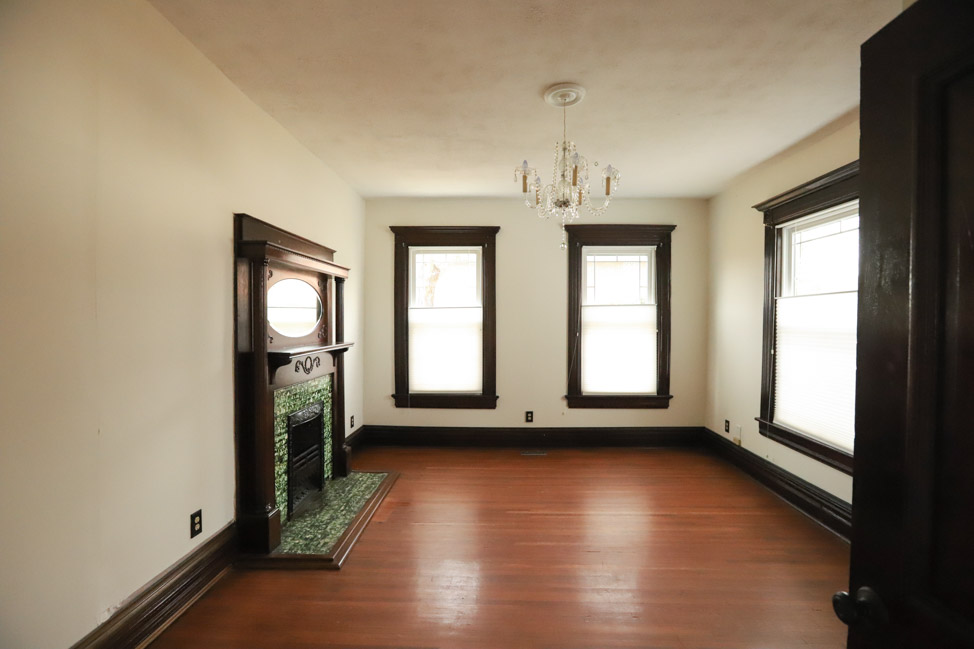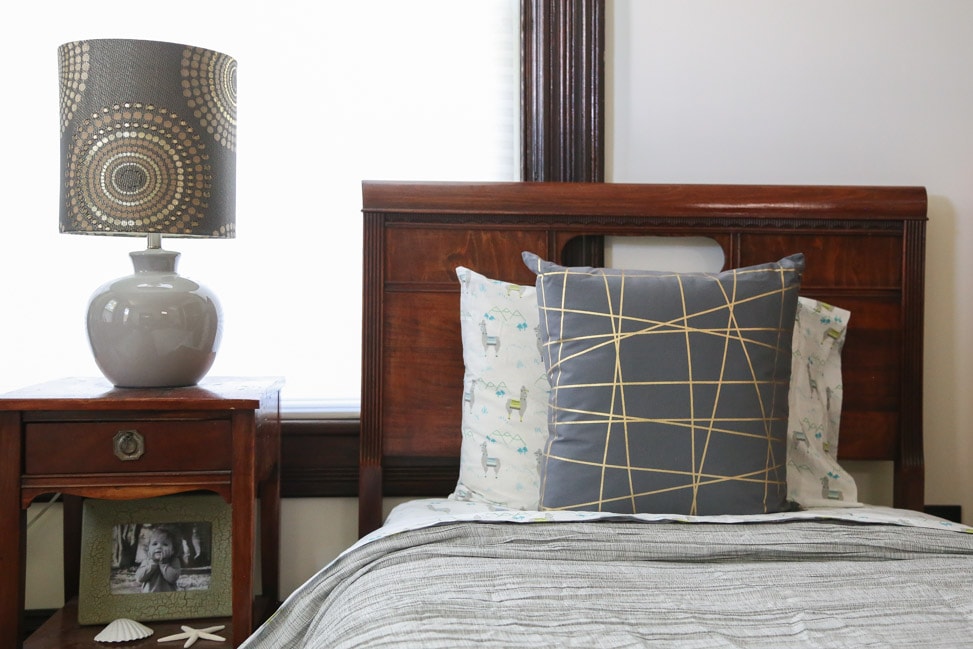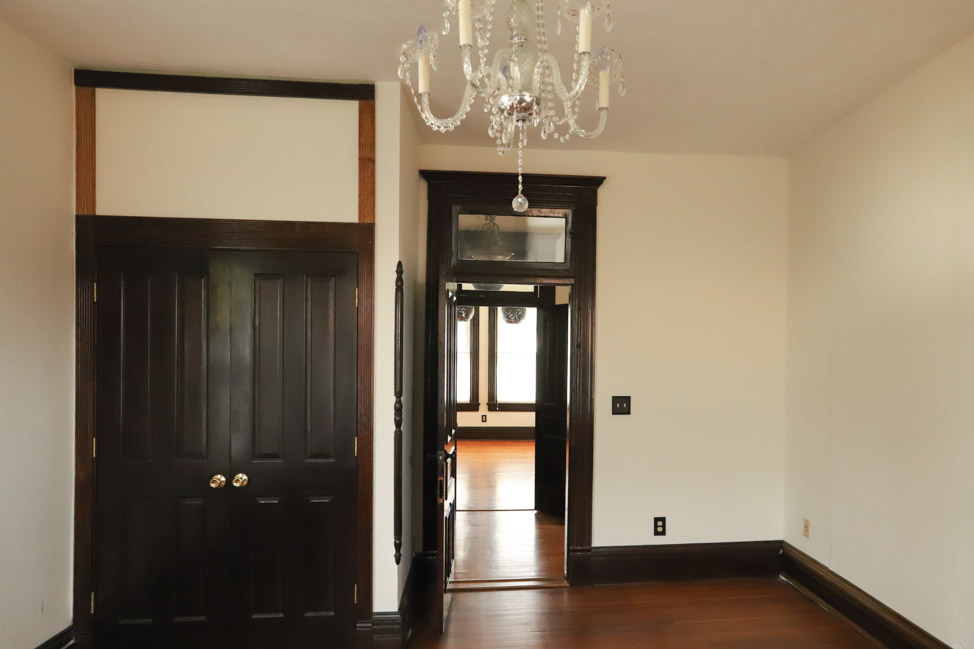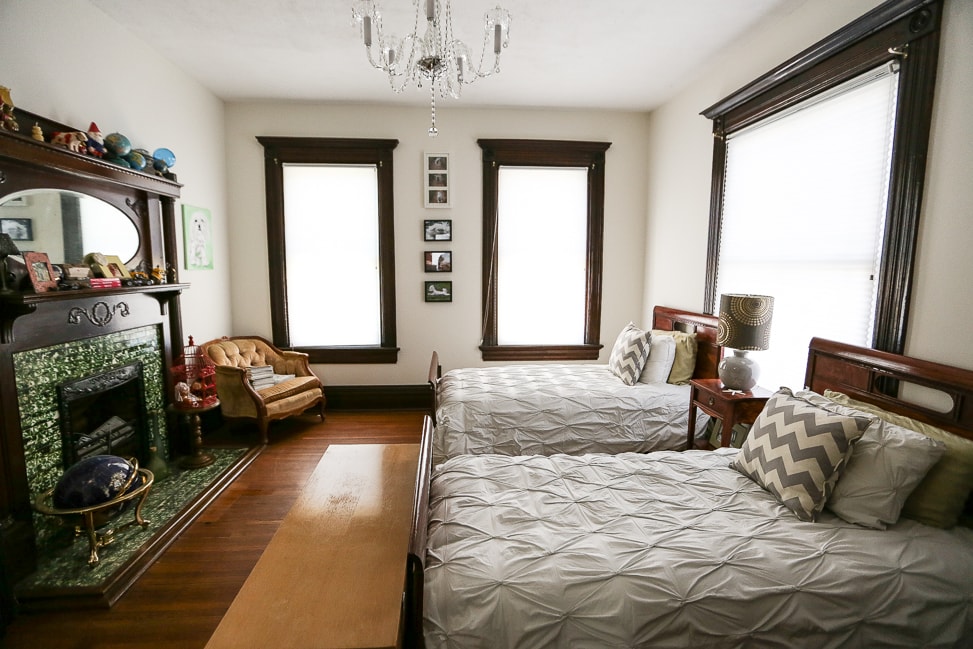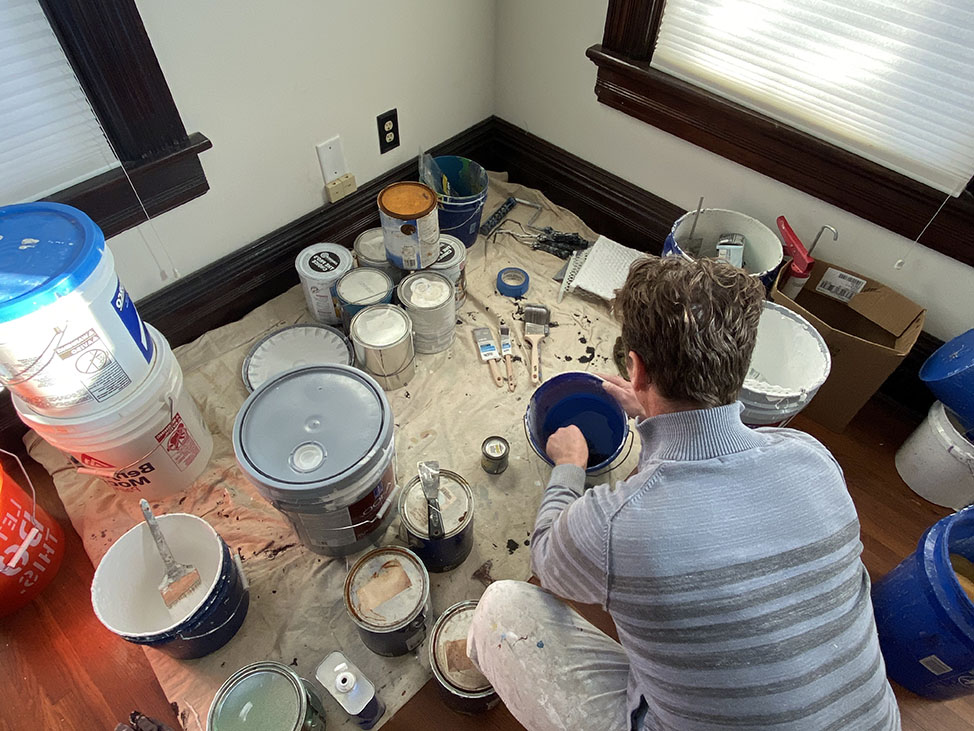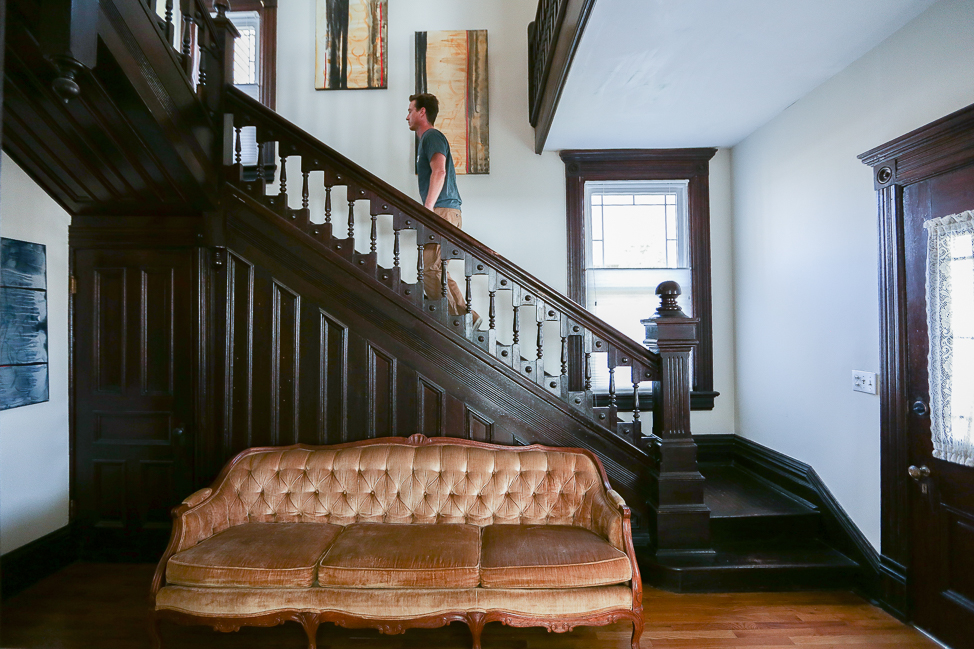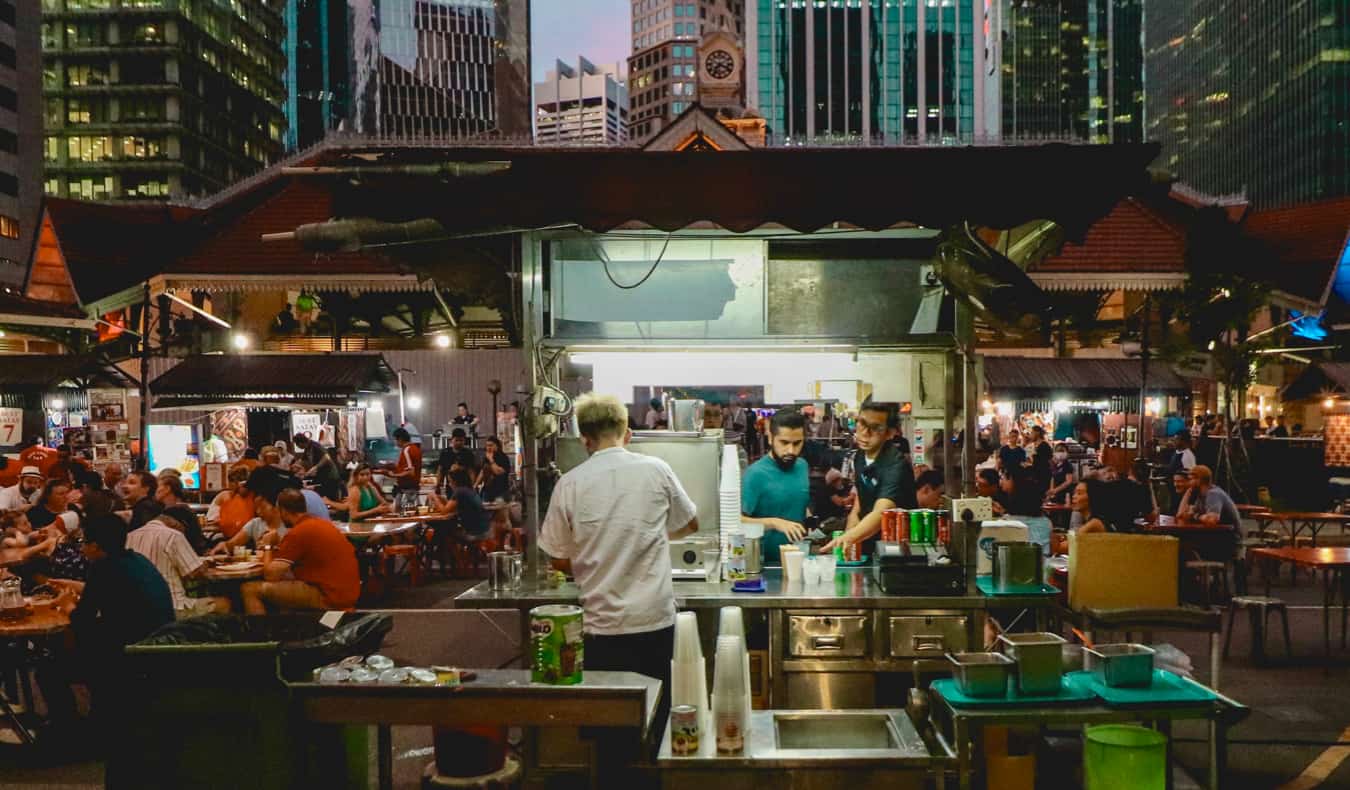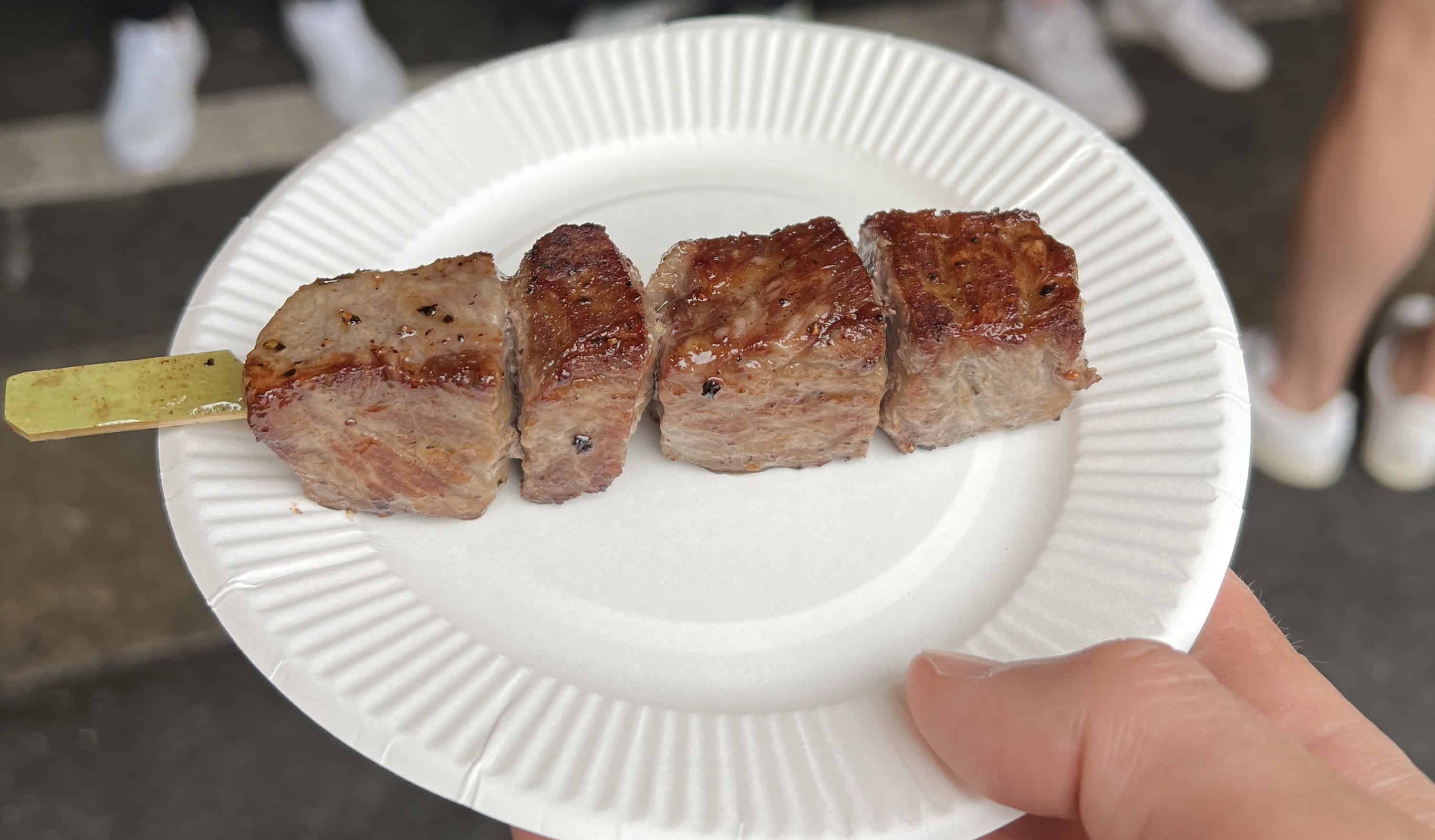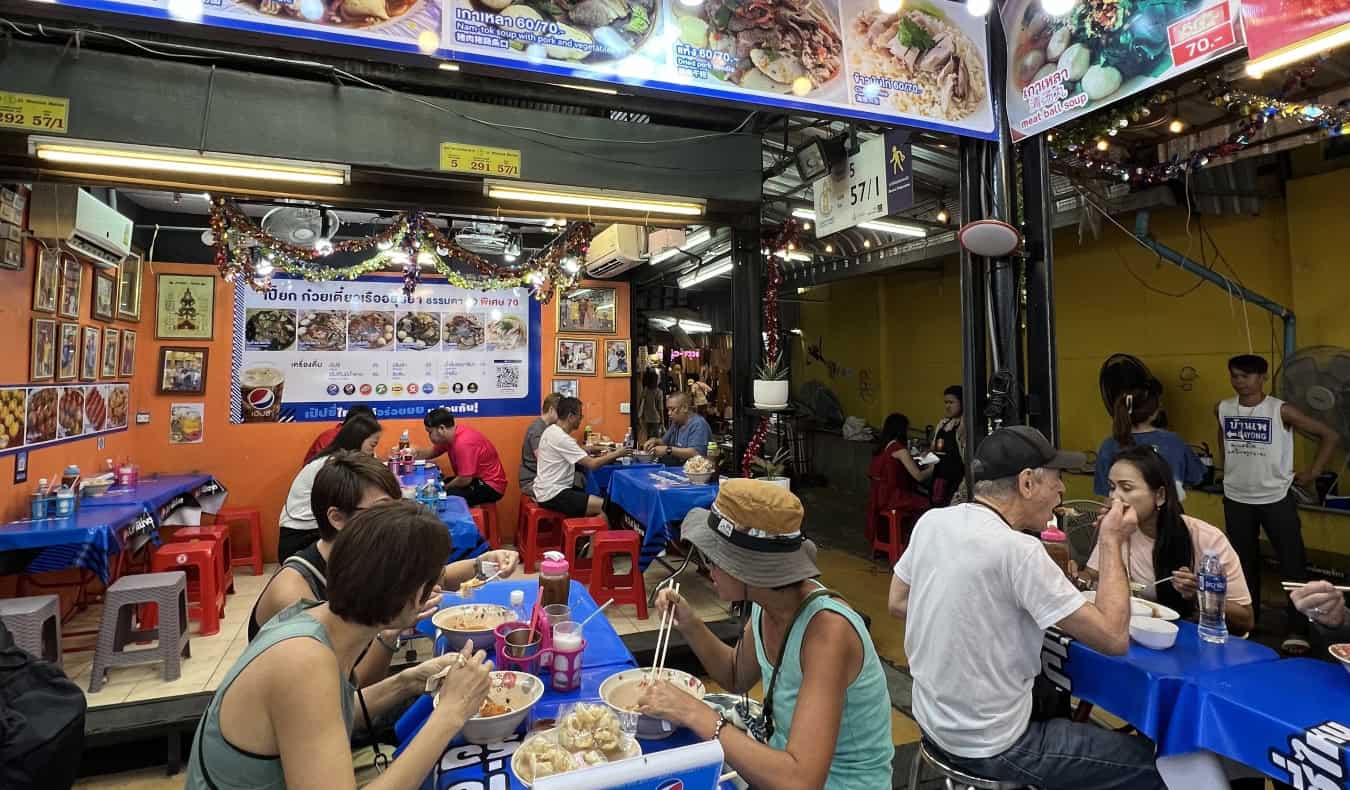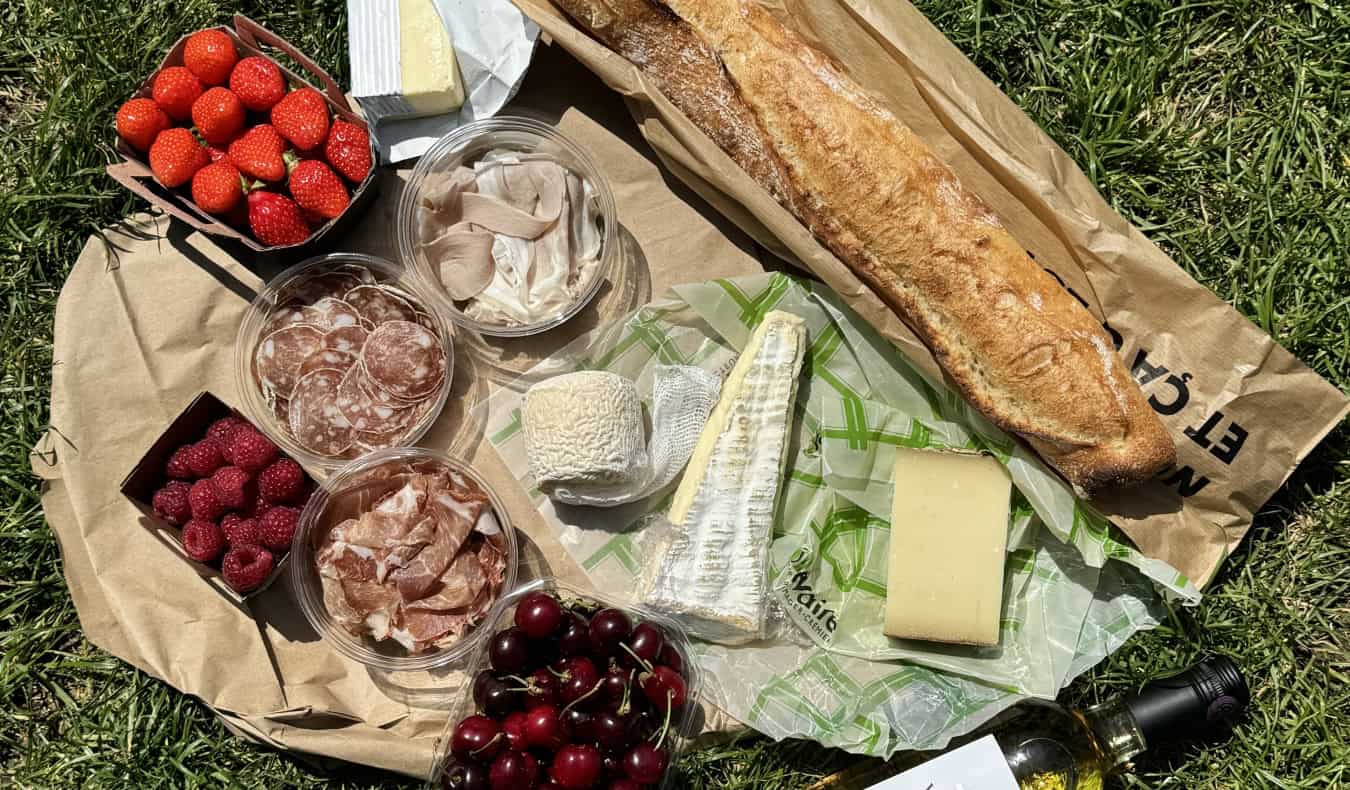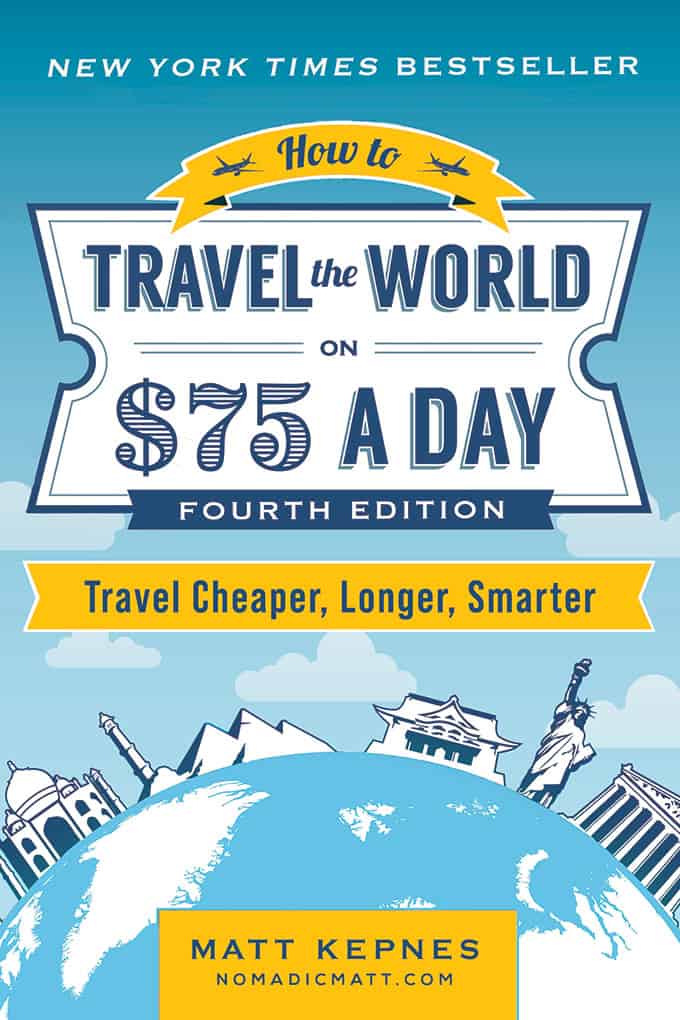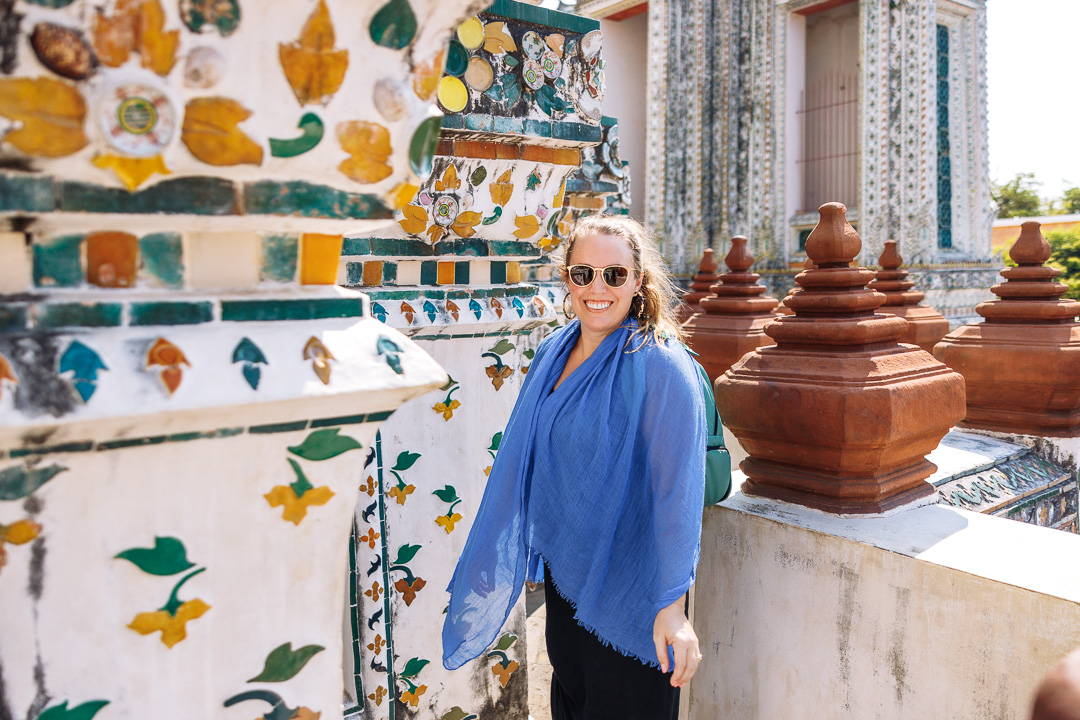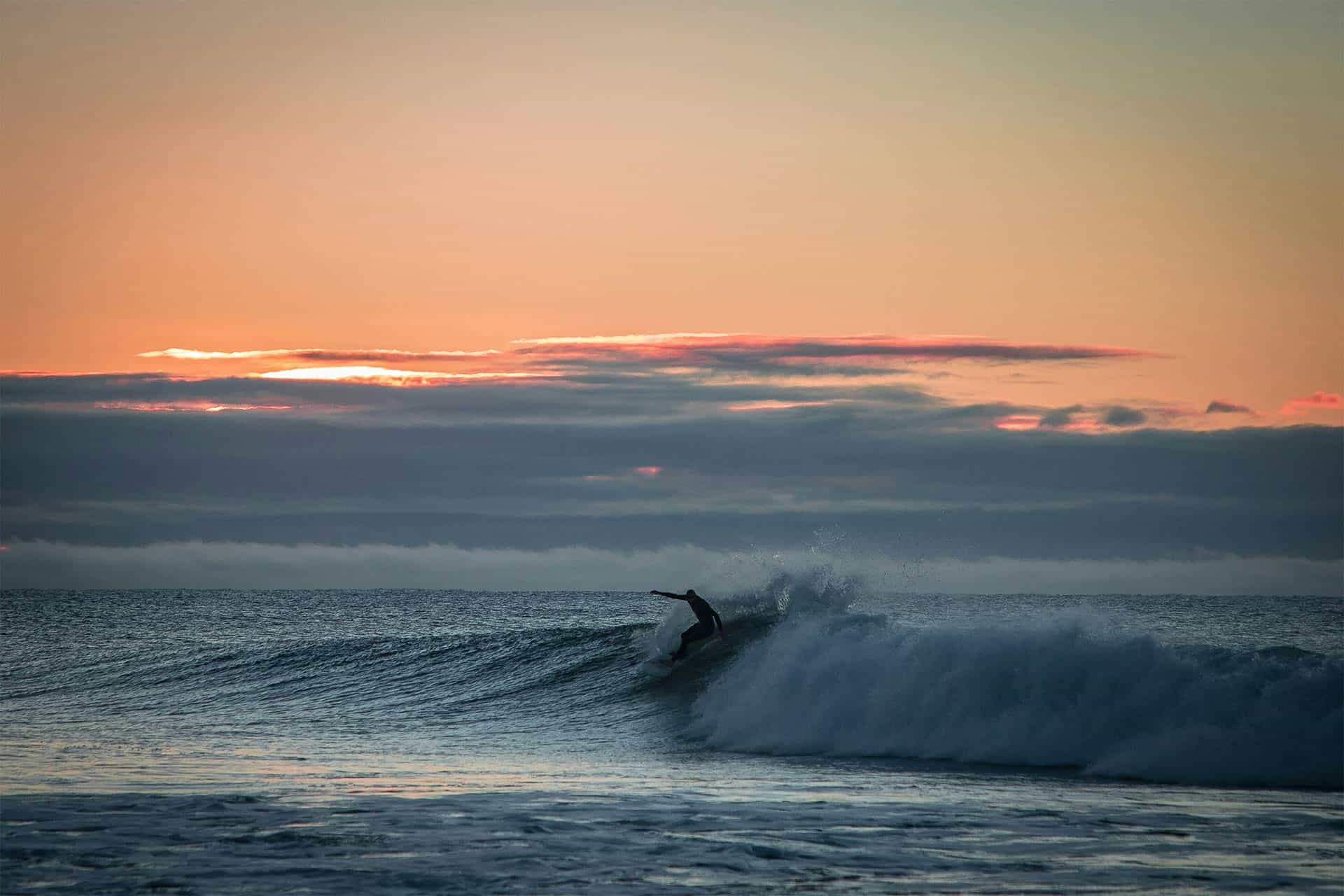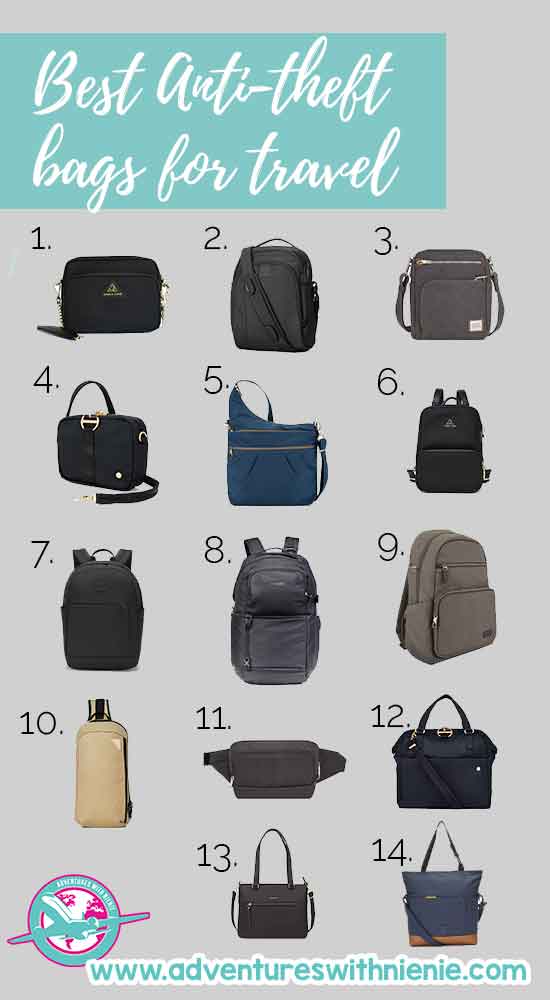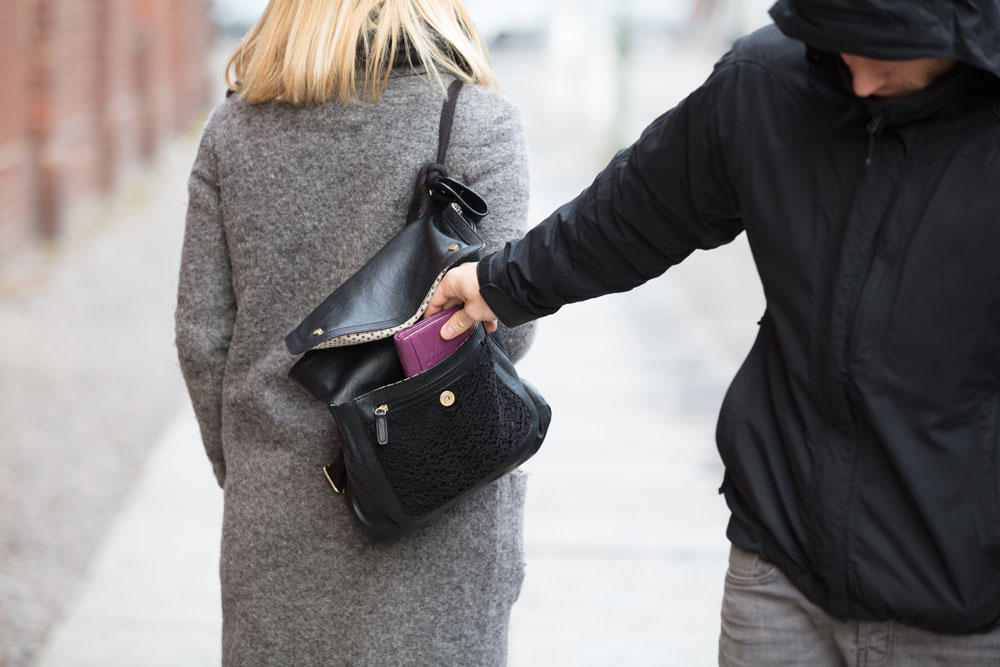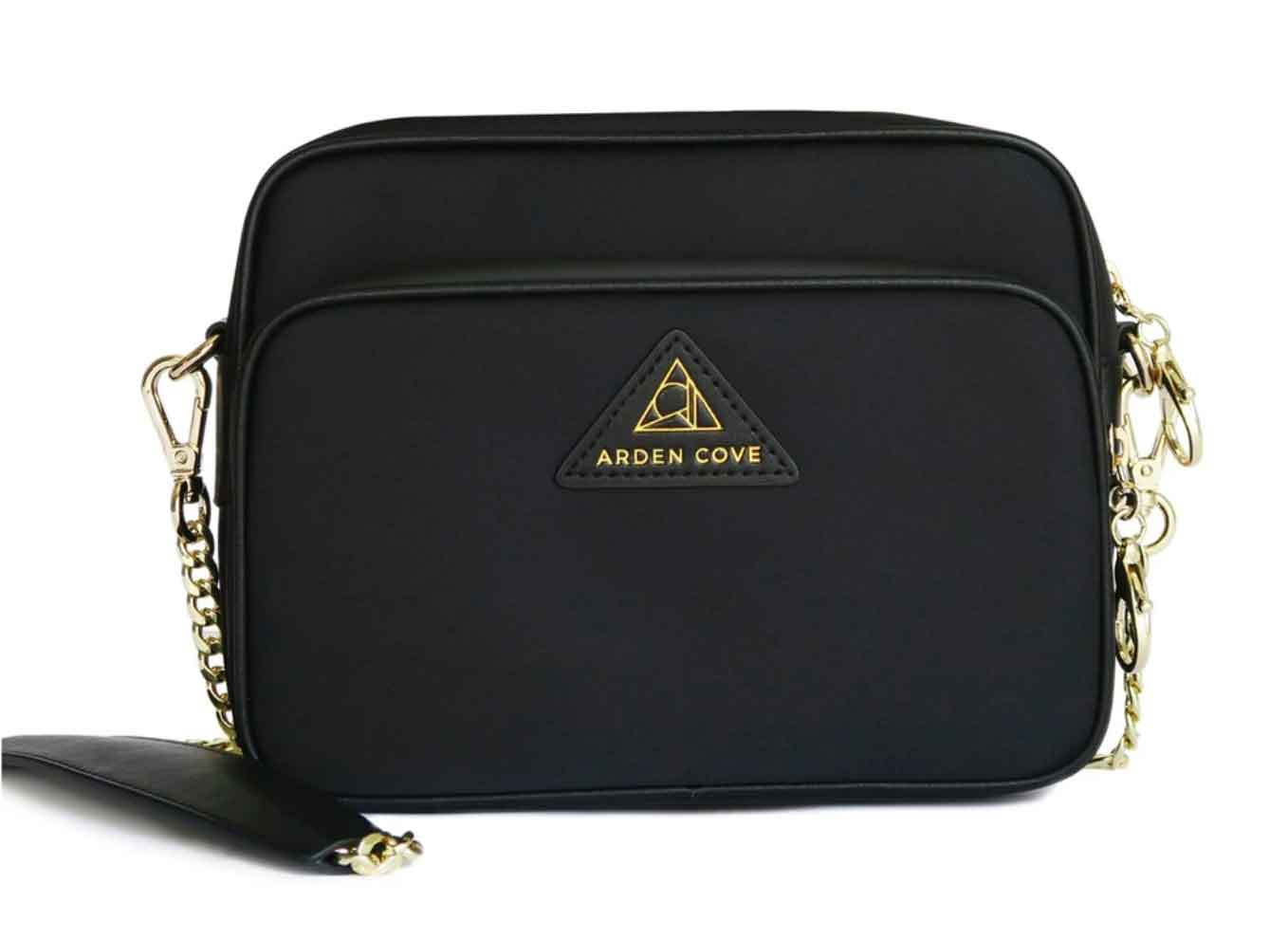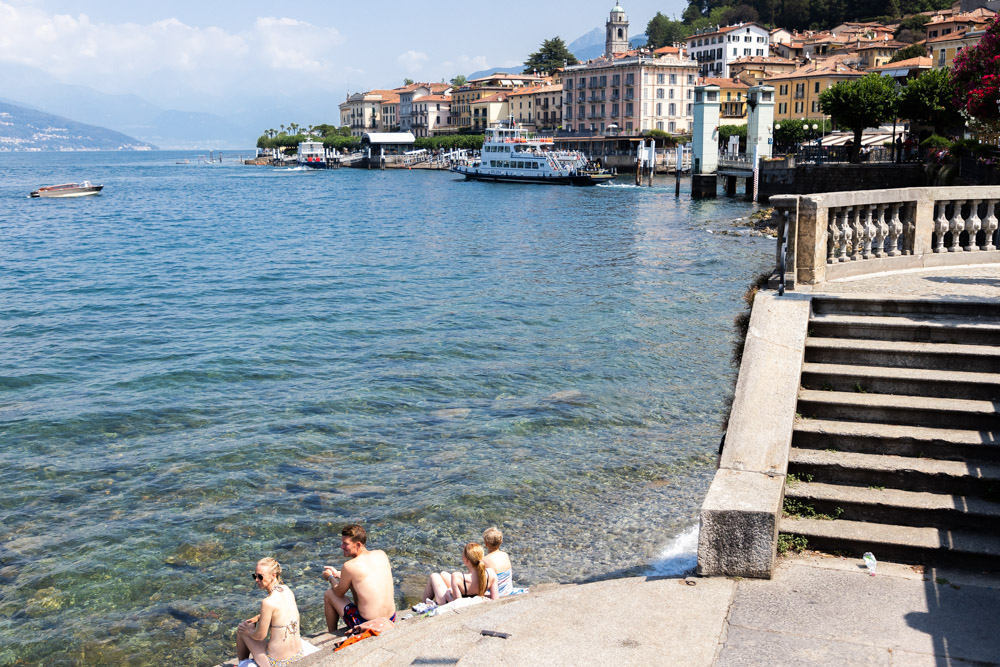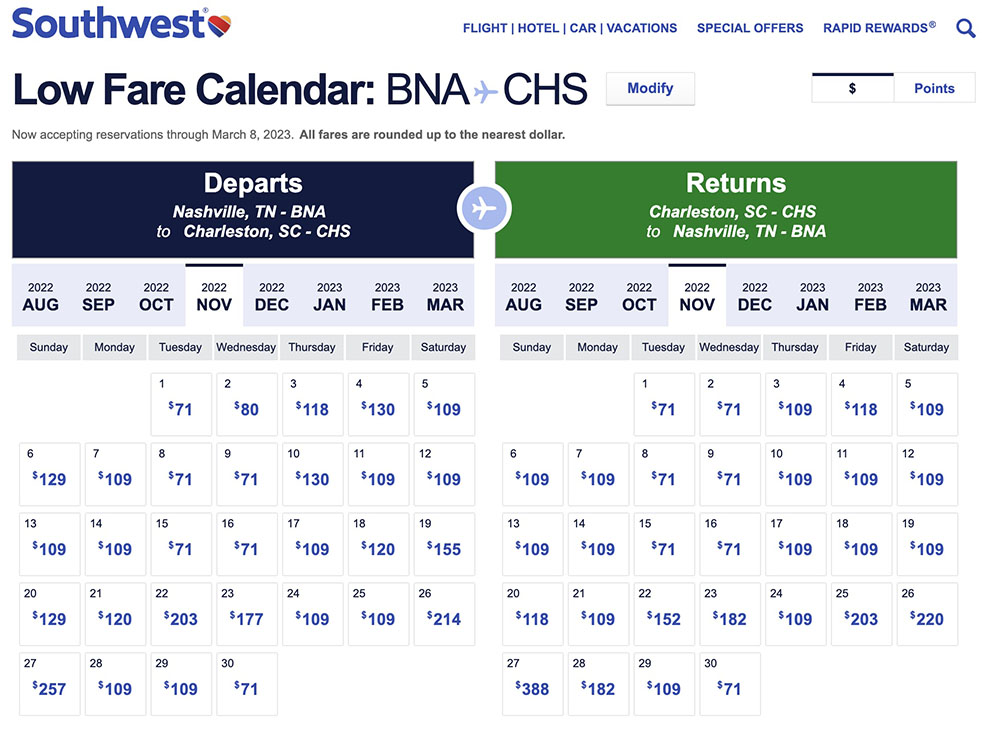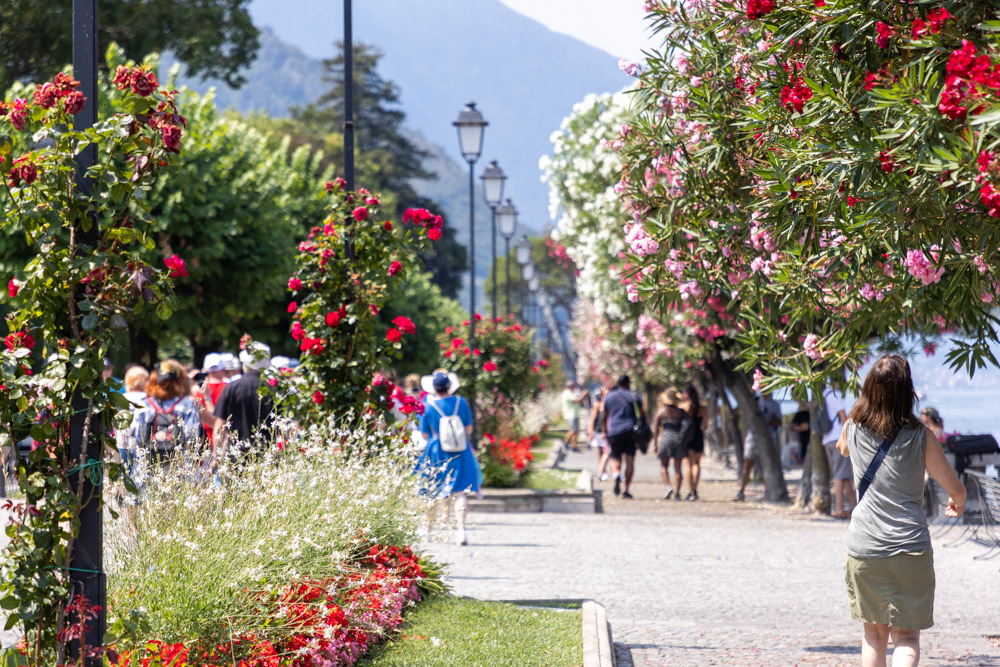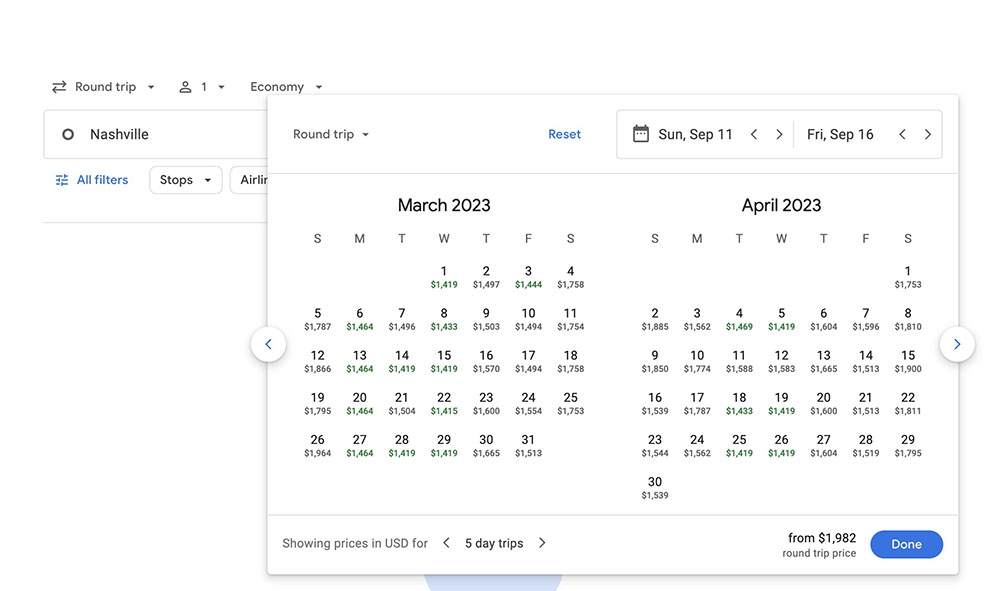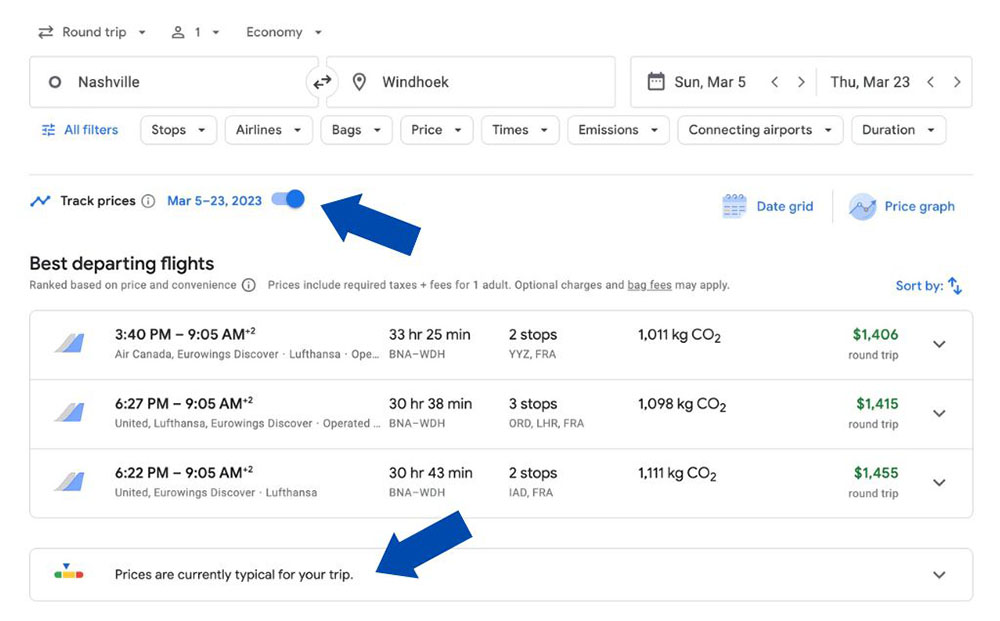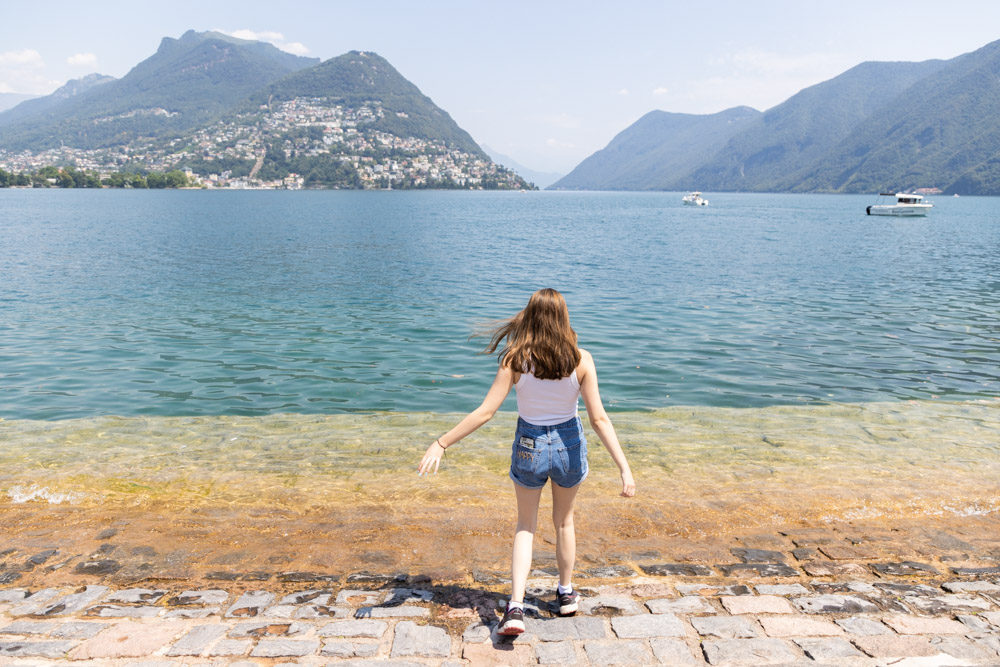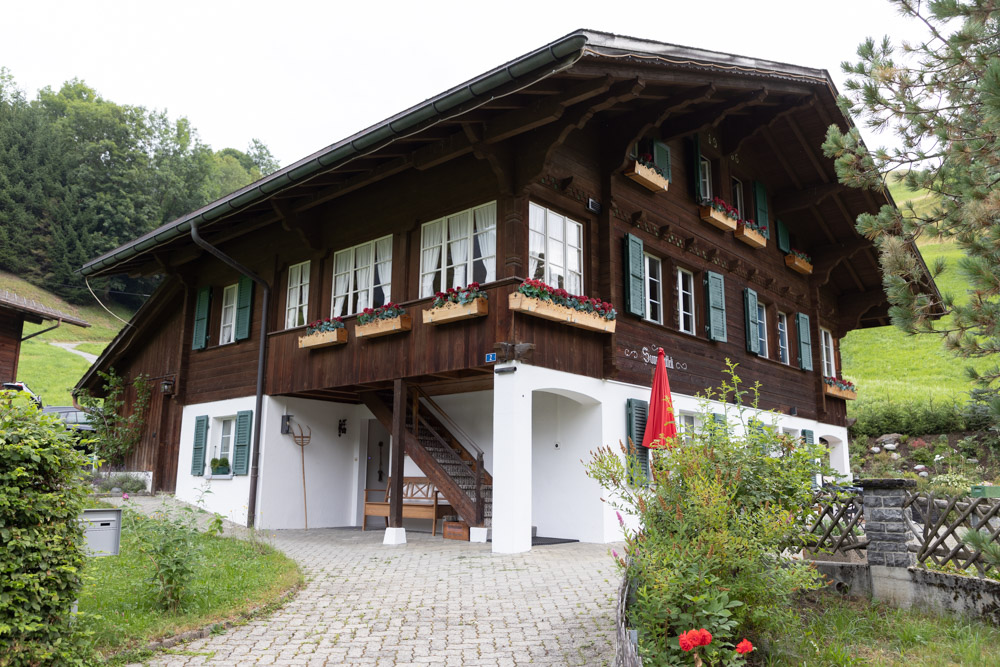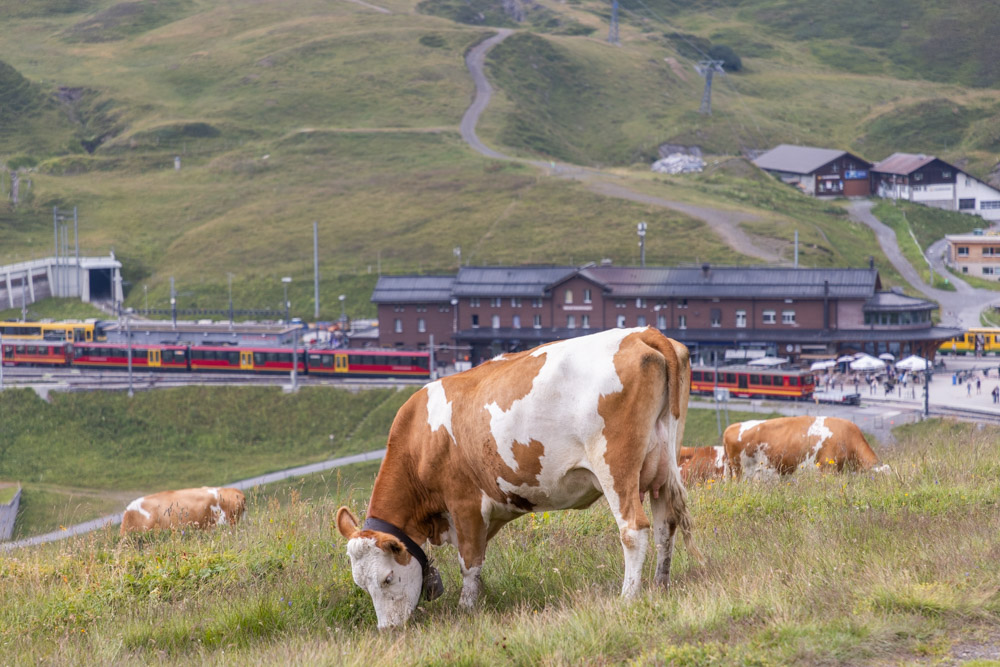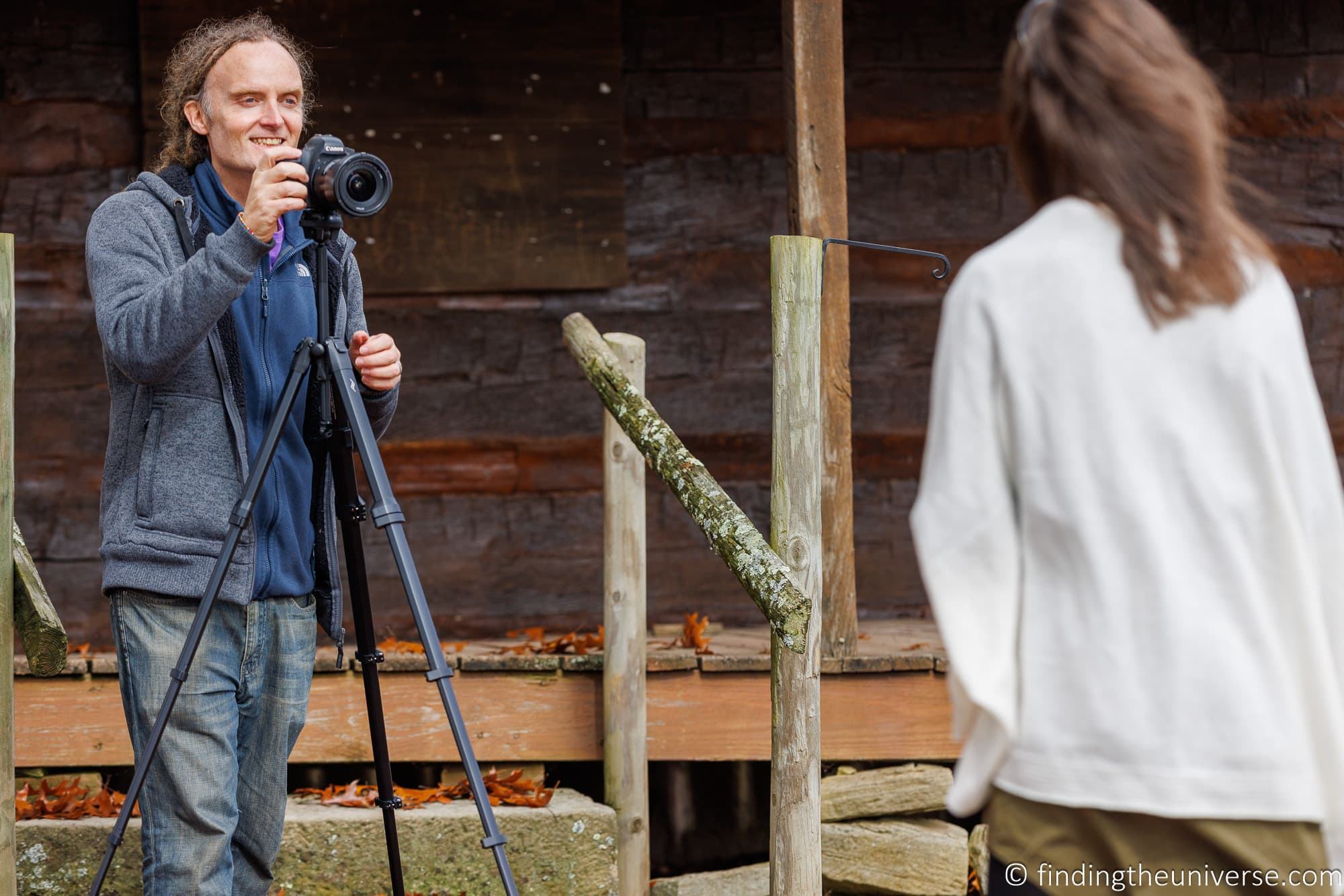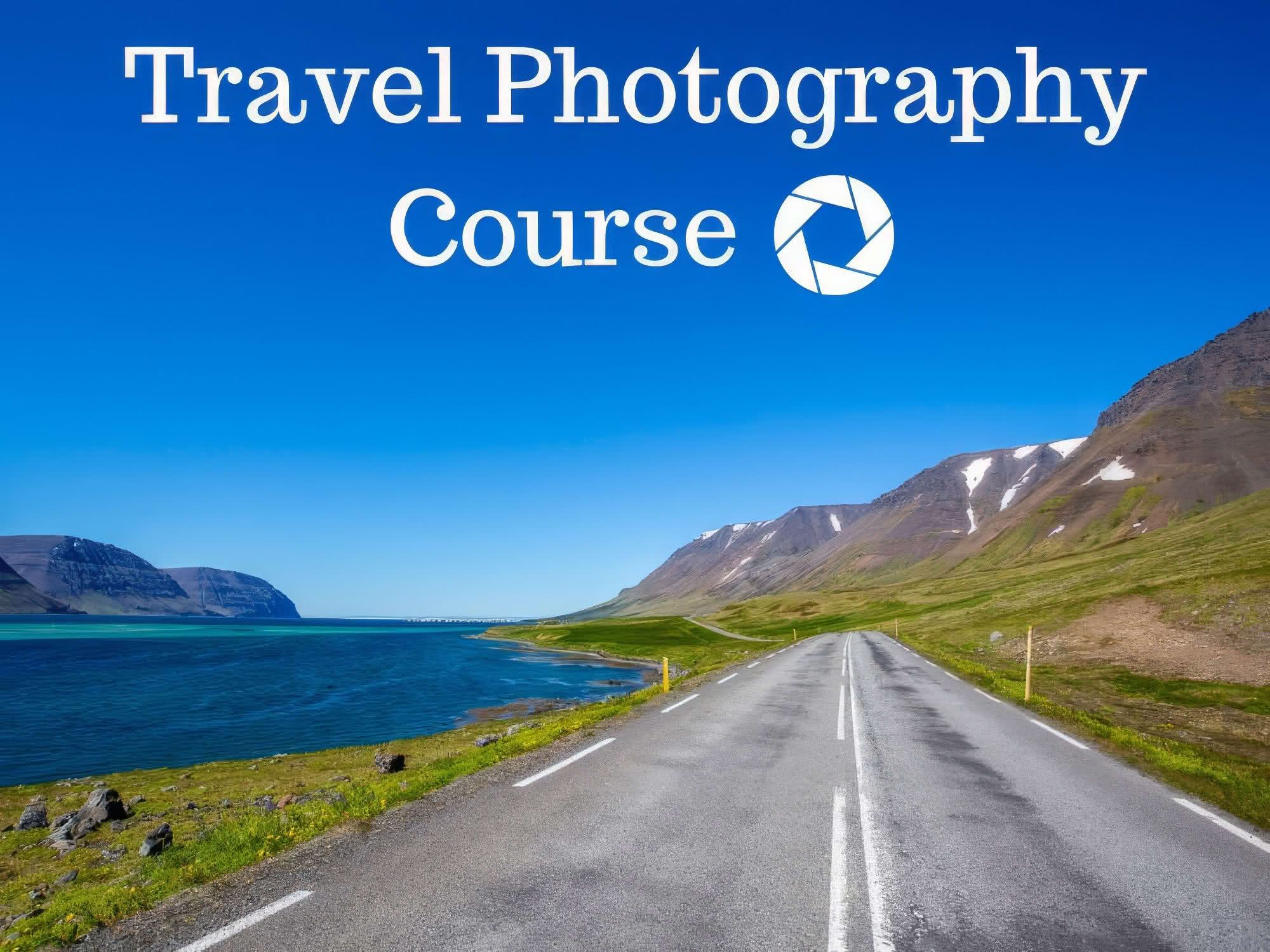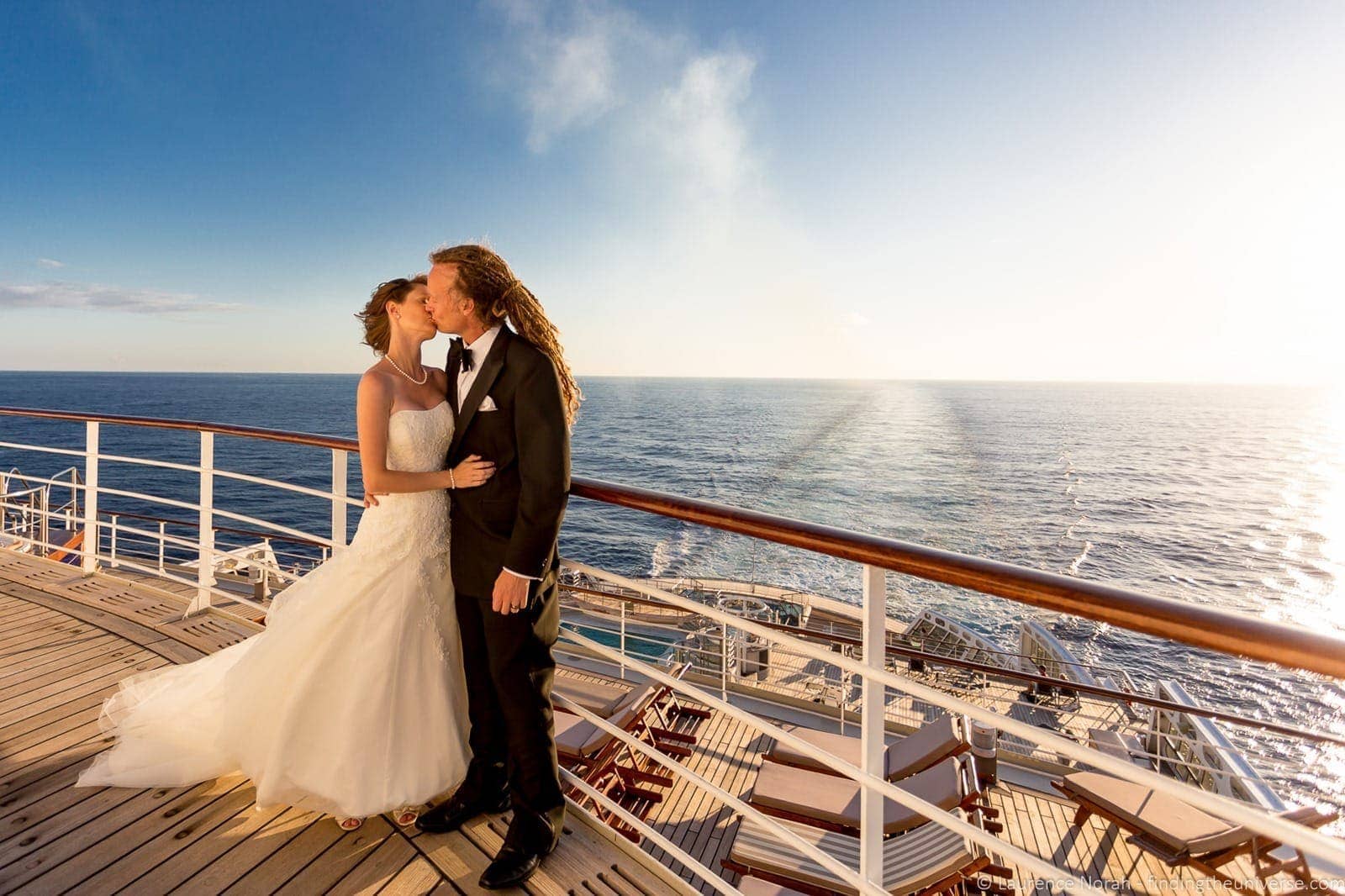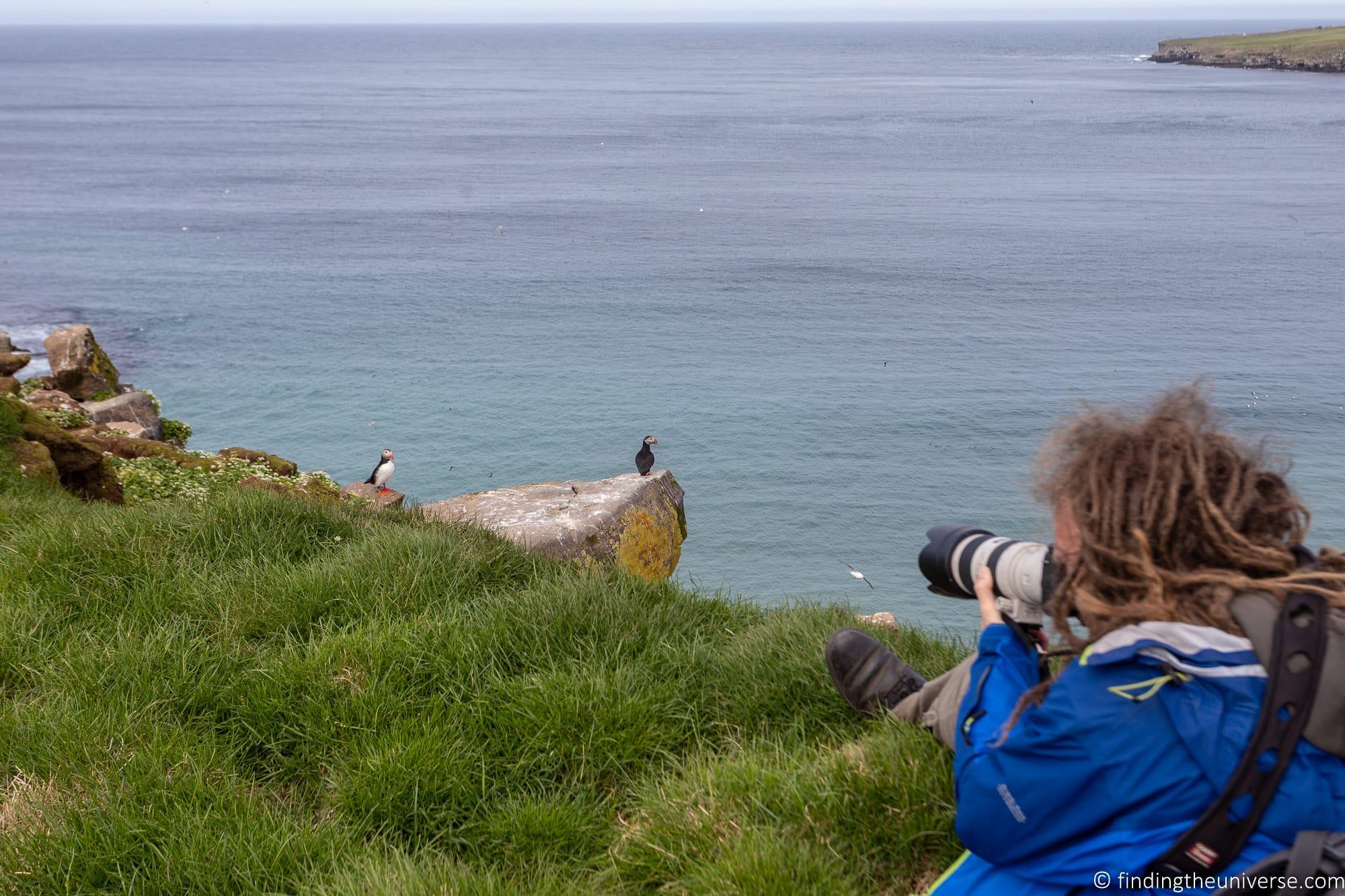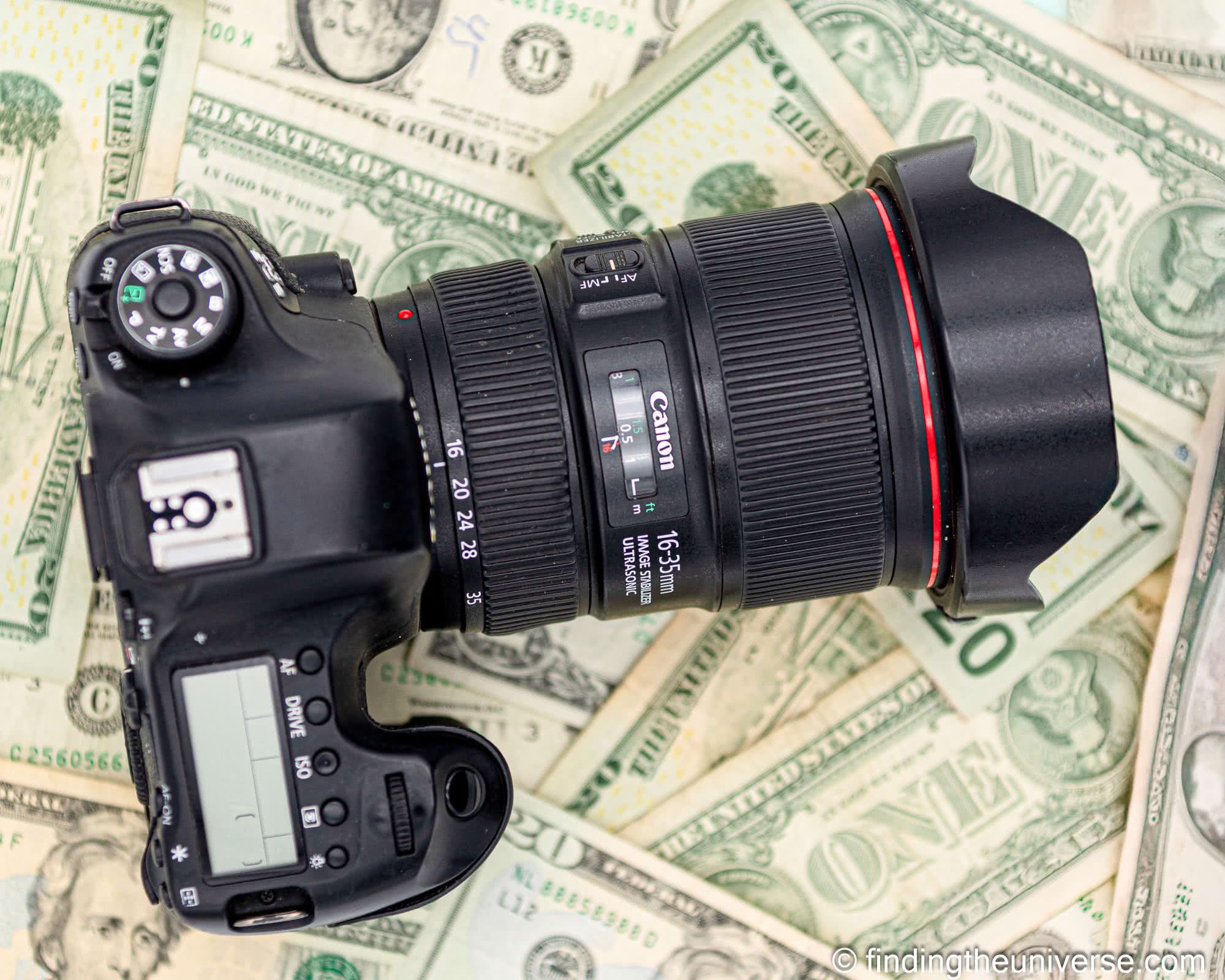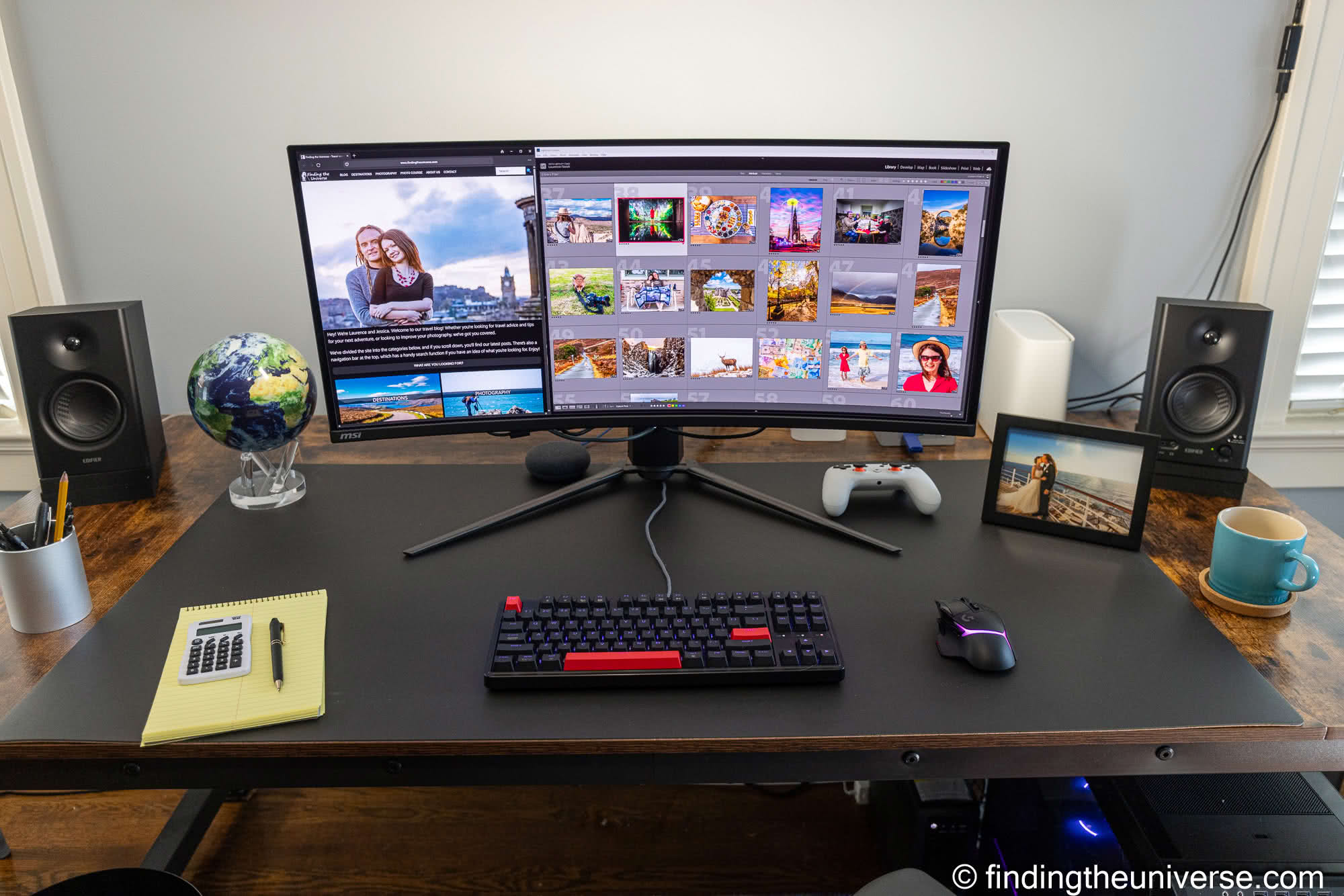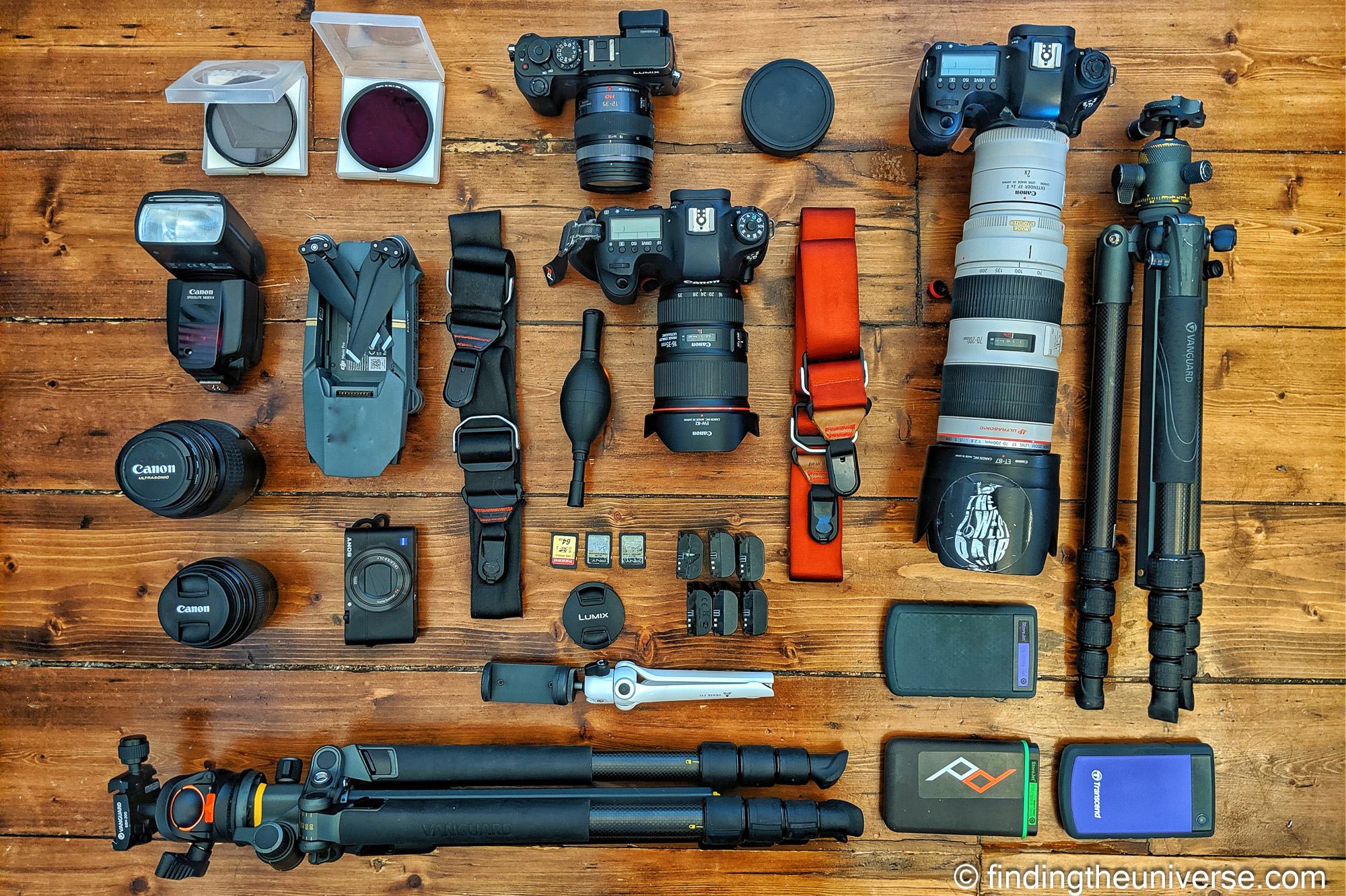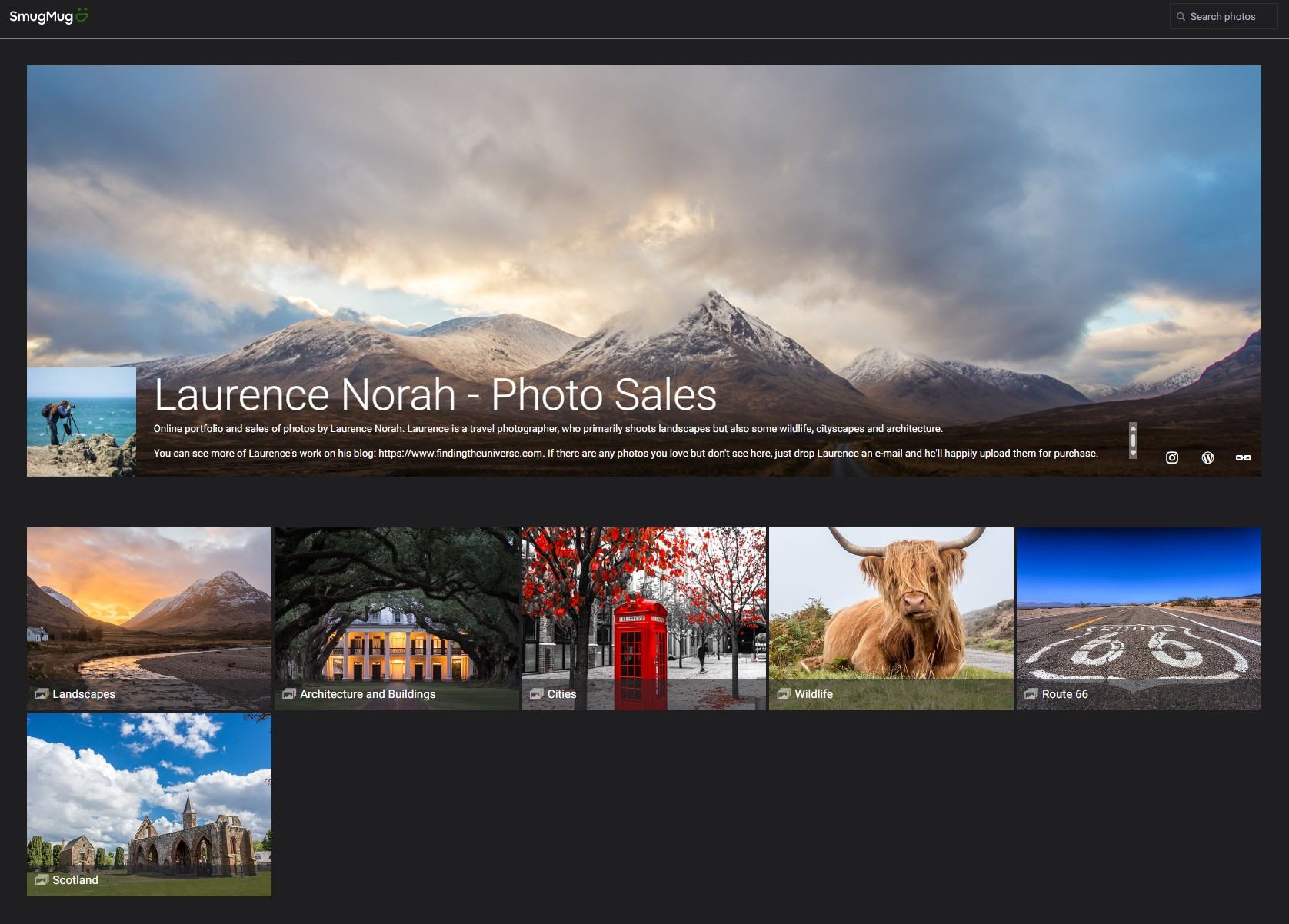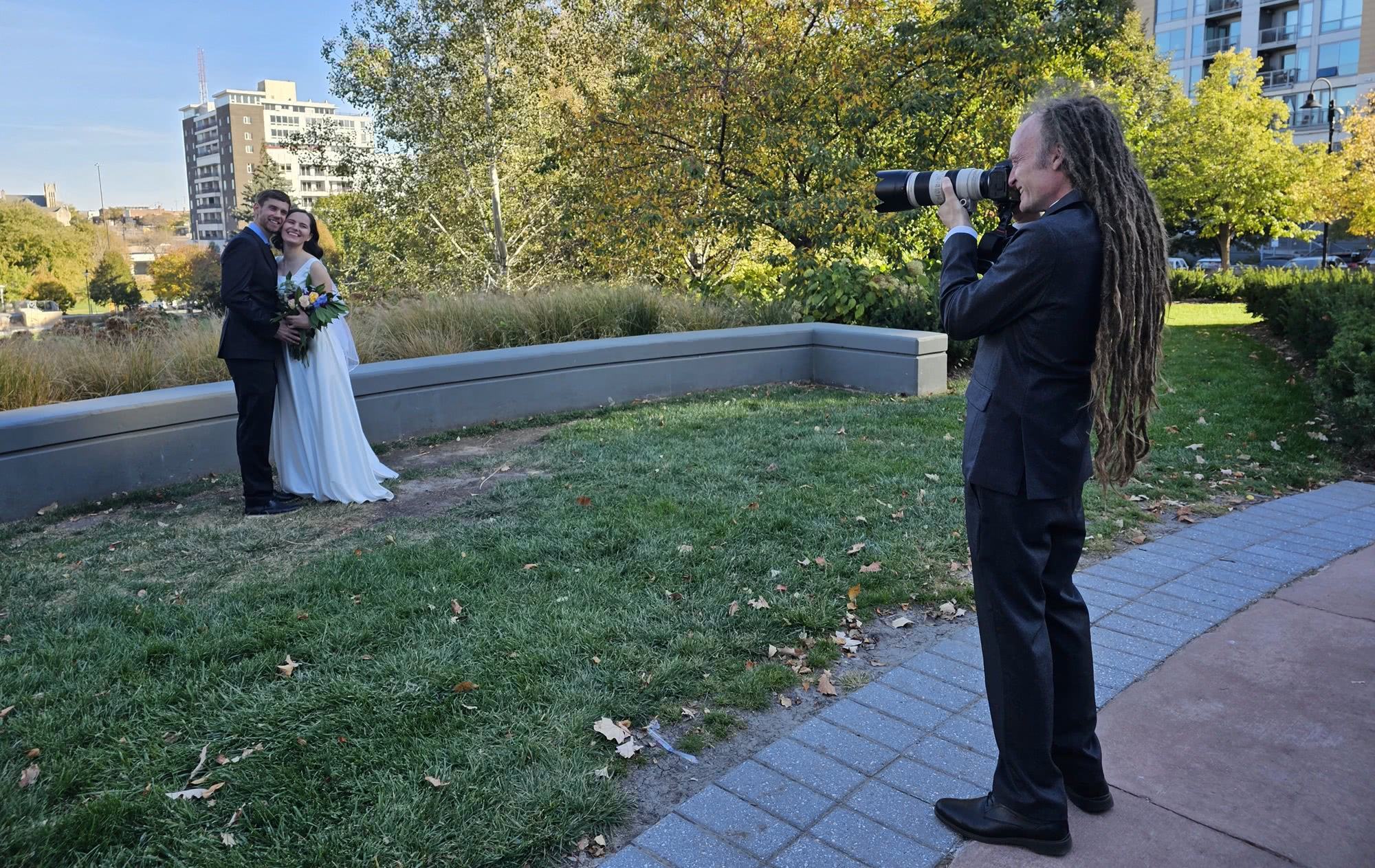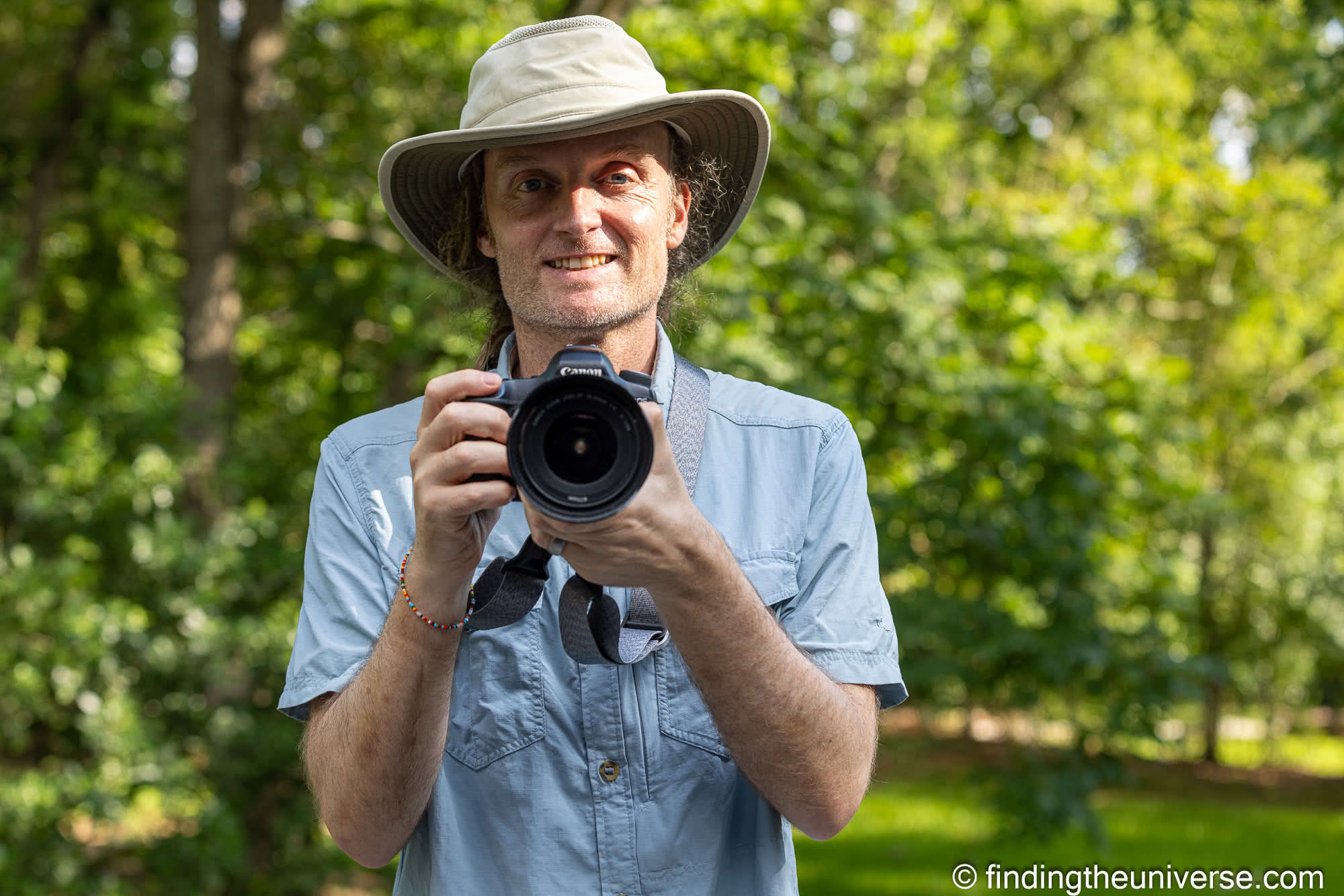Jess and I are lucky enough to travel a lot, with our travels taking us to all sorts of locations and venues around the world. Whilst most of our travels don’t require us to wear formal clothing, there are sometimes occasions where we do need to dress up a bit. So I have been on the hunt for a travel-friendly suit.
I wanted a travel suit for visiting venues with a dress code, such as a fancy restaurant, opera night, or a formal cruise night. Also for those times when we just want to dress up for a special occasion such as for a birthday dinner, Christmas party, or perhaps for a formal afternoon tea experience in Paris.
I also give talks and workshops at travel and photography conferences and often wear either a sports jacket or full suit for some of those events.
We also have other events we attend, such as weddings, holiday parties, charity fundraisers, and funerals, where a suit is often required or expected. Sometimes these events are at home, but sometimes they require travel so having a suit that can travel well to a destination wedding or out-of-state funeral is nice.
What all that means is that from time to time I find myself needing a suit. Of course, when I had a job in the corporate world I had a number of suits. However, most of these weren’t suits designed for travel and required some maintenance to keep them looking sharp and wrinkle-free.
For me, a travel suit has to be something that is going to stand up well to the rigors of travel. We often travel for weeks at a time and the suit needs to survive being packed away for lengthy periods as I don’t tend to wear it all that often. I don’t want to have to worry about wrinkles in the fabric when I unpack it, it just needs to come out of the bag and go on me looking smart.
I’d also prefer it doesn’t take up too much room in my bag if possible, given that I’m not likely to be wearing it that often.
I also want a travel suit that works for most occasions, including those outside of travel, such as events and event photography. And one that will work across most types of destinations and climates. For instance an events or wedding photographer is generally expected to wear a suit to look professional and blend in with the guests.
My initial search for a travel suit started back in 2020. Over the last several years, I’ve actually spent quite a bit of time trying to find the perfect travel suit. Today I have three travel suits in different colors and have tested several others along the way.
So, without further ado, let me help you find the perfect travel suit for you, based on my experiences to date! Whether you’re looking for a good suit for business travel, preparing for a destination wedding, or you just find yourself needing to look more formal when you travel, I hope this guide helps you!
What to Look for in a Travel Suit
Before I recommend specific suits, I want to share some ideas of what to actually look for in a travel suit. This will help explain why I chose the suits I did, but will also help you pick the right suit for you, even if it’s not one I recommend.
Perhaps the two most important aspects of how a suit is going to look and wear are the type of material it is made of and the cut/fit of the suit.
For a travel suit wrinkle resistance, weight, and ease of care are also often very important. But there are a lot of other things to consider as well when choosing a travel-friendly suit, including price, color, pockets, and other features.
Let’s look at each of these.
Material
The choice of material the suit is made from is going to make a big difference when it comes to how well a suit works for travel. It’s also going to make a big difference when it comes to the price of the suit. Some materials travel a lot better than others. The main options you have are as follows.
- Wool – Wool is a great natural fabric and generally considered to be the best fabric overall for a suit. It is breathable, good for various weathers, and looks refined. There are even specific wools which are woven to be more wrinkle resistant. There are a lot of wool types and names used for wool fabrics used in suits including twill, merino wool, cashmere, tweed, worsted, and flannel.
- Polyester and Polyester Blends – Polyester suits are generally going to be your most budget-friendly option and most polyester suit fabrics tend to be very wrinkle resistant. Polyester also tends to be an easier care option, and some polyester options are even machine washable. The main downside to polyester is that is not a natural material and might not be as breathable as a natural fibre. It also typically doesn’t look or feel as high-end as a wool suit from up close.
- Linen – Linen suits have a timeless elegance and can be an option for warm and hot weather destinations. It’s a lightweight and breathable fabric but one that wrinkles easily and is generally harder to care for and it can stain more easily. So linen suits can be a good option for some people but you have to be OK with wrinkles and a more casual look.
- Cotton – Cotton is another natural and breathable fabric, like linen, that is often used in suits. Cotton can be a comfortable and affordable options, but its downsides are that it tends to have a more casual look, doesn’t drape as well, and some cotton fabrics can wrinkle easily. However, you can normally iron cotton very easily to get rid of wrinkles. Summer suits will often be made of a seersucker fabric.
Other fabric options like silks, velvet, nylon, etc. are not that common as suit materials. They are generally best avoided as a good travel suit fabric in our opinion.
Of course, you’ll also see a lot of blended fabrics out there being used for suits as well such as wool/polyester blends, linen/cotton blends, wool/silk blends etc. I would check to see which fabric is making up what percentage of the fabric and consider the pros/cons of each.
For example, some suits might use a majority of wool for the breathability, but also include a small amount of polyester blend to add stretch.
Overall, we believe the overall best material option for most people is wool, and specifically a high twist wool weave which will naturally resist wrinkles. This wool weaving process is done at the mill where the suit fabric is produced, and results in a fabric that is naturally wrinkle resistant. A good example of suits that use this type of specialty wool are the Traveller suits by Suitsupply.
For those on a small budget, polyester is probably your best bet. You can also consider polyester/wool blends which can give you a wool suit at a smaller price point with the benefits of both wool and polyester.
A great budget pick that I’ve tested is the Haggar Men’s Travel Performance suit which you can often find on sale for under $200 for both the blazer and matching suit pants!
For those wanting a machine washable suit, you’ll want to consider a harder wearing polyester suit. Most suits, even most polyester ones, are not designed to be machine washed so you specifically need to look for a brand that makes suits that are designed to be machine washed.
One brand I can personally recommend is the Gramercy suit collection by Bluffworks as these suits can be machine washed and even tumble dried on low heat!
Those looking for a more casual summer look who don’t mind wrinkles, we think linen is a great option. For instance in destinations like Italy and Greece, you see a lot of linen in the summers and it’s a great option for those types of settings.
Cotton is probably my least favorite of the above as a travel suit material. However, I do have a green blazer I got in Italy that is 100% cotton that I love. I wear it when I want to look put together but not too formal.
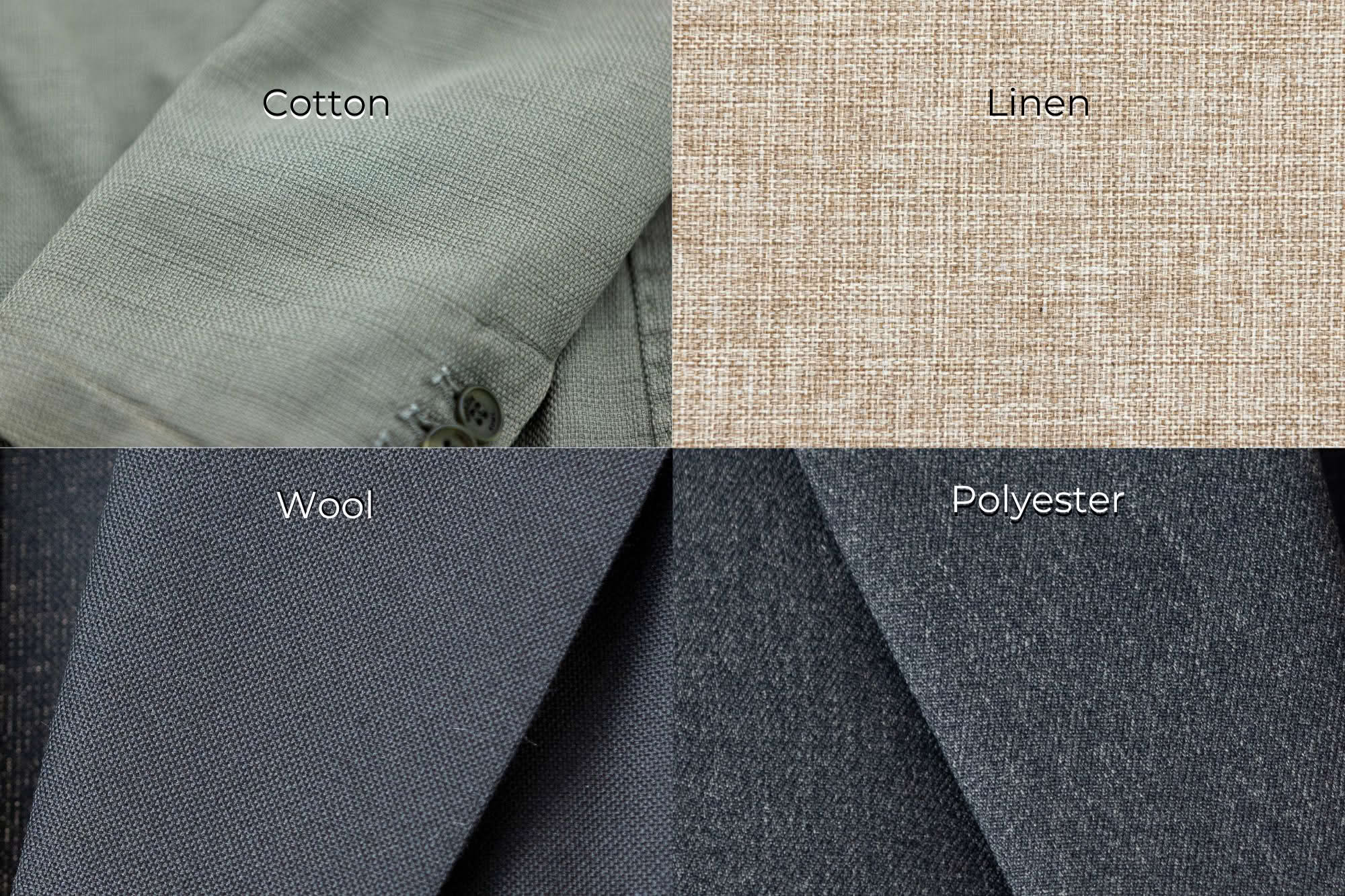
Color
Color is obviously a personal choice when it comes to a travel suit. We’d suggest picking a color that you like and one that will work in a number of situations. You also want to consider your skin tone/complexion and types of climates you will be wearing it in.
You may also want to pick a suit that will coordinate with any accessories you already have that you want to wear, such as shoes, shirts, and ties.
Navy, closely followed by medium grey and charcoal grey, are generally regarded as the most versatile suit colors. You can see this image matrix for a brief guide. These colors are suitable for a range of events and match well with most shoe, belt, and shirt colors.
A royal blue suit can also be a good option if you want something a bit more modern than a classic navy color. Brown and tan suits can also work and are versatile but are generally less popular than navy or grey suits.
If you are planning to use your suit strictly for more formal occasions (e.g., formal weddings, funerals, charity balls), then you might consider a black suit. However, these can look too formal for some settings and are less versatile.
Also, it should be noted that if you attend a lot of black-tie events (where a tuxedo/dinner jacket and bow tie are expected), it probably makes more sense to get a black tuxedo instead to work for those events and a dark suit in another color (such as navy or charcoal gray) for less formal events.
Other colors, such as tans, medium shades of blue, greens, creams, khaki, burgundy, etc. are also widely available but are going to be less versatile and may not work with all skin tones.
However, they may still be a good choice depending on where you want to wear it and your complexion. For instance, khaki, cream, and pastel suits tend to look better on those with darker skin.
If you are looking at linen suits, these often come in natural shades of creams and tan as well as pastel colors which are well-suited for warmer climates and that type of material. Cotton suits also tend to come in a wider variation of colors and patterns than wool ones.
While a solid color is the most versatile choice and is going to be the most timeless, you can also go with a suit with a pattern for a bolder look and to better fit your personal style.
Classic men’s suit patterns include pinstripes, checks, gingham, plaids, herringbone, and houndstooth. If you opt for a patterned suit, choosing a classic color like navy or gray can help keep it being more versatile.
If you are only purchasing one suit and don’t currently own a suit, I would generally recommend choosing a solid navy or grey suit. Generally, I travel with either a navy or gray suit. These will generally work for a pretty wide range of events from interviews and conferences to weddings and formal nights out. They also generally look good on most people.
Of course, the final decision is up to your needs and your own personal sense of style.

Cut/Fit
There are a lot of suit styles, cuts, and variations out there and looking at all the options can be a bit overwhelming, especially if this is your first suit. You’ll find lots of options regarding how the jacket buttons, linings, lapel sizes, various types of cuts, pocket shapes, button types, linings, venting, paddings, and much more.
If you are purchasing a travel suit, then you are likely buying a suit that you want to last for a long time and which you might not be wearing too often. So, you will want a suit style that is going to last for a long time and isn’t going to become dated in a few years.
For instance, imagine the 1920’s pinstripe double-breasted suits we often now associate with American gangsters and bootleggers from that era, or the disco inspired 1970s leisure suits. These are not exactly timeless designs.
As such, we’d recommend choosing a more timeless and conservative style that will likely stay in fashion, rather than anything that might be popular now but fall out of vogue in the coming years.
The key decisions you will have to make will include whether or not you want a single- or double-breasted suit, the number of buttons on the suit jacket, the size and style of the suit lapels, whether or not the pants are pleated, and whether the suit is slim, classic, or looser fitting.
Again, these are all personal decisions. However, for a timeless look we’d recommend:
- single breasted jacket (although double breasted is also popular if you prefer that look)
- a 2-button jacket (or three roll two, just don’t button the top button!)
- a jacket lapel width that matches your body width (generally, thinner people look better with a thinner lapel, and heavier people with a wider lapel)
- lapels with a notch in
- choose matching pants in a classic suit trousers style such as one with a mid rise, straight or tapered legs, flat front or single pleat, plain hem, belt loops, and 2 back pockets.
- a tailored/slim or classic/regular fit (a tailored or slim fit is more fitted to body whereas a classic fit is looser and more relaxed)
Whether or not you opt for slim/tailored or regular/classic fit will depend on your body shape and personal style. It’s really important that you feel comfortable and confident in your suit, so choose the style that works best for you.
Just be sure to read details of each suit’s fit as different suit brands don’t always mean the same thing when using fit terms (slim/tailored/classic/regular/relaxed/loose) to describe their suit fits.
For the suit pants, if you are buy the suit as a set you often don’t have too many choices unless you choose to customize them. But generally you just want to get a classic pair of dress pants that matches your jacket in the exact same fabric that doesn’t have any features that could really date it quickly (e.g., skinny leg, really wide legs, flared bottoms, wide cuffs/turn-ups).
When you are wearing the suit and the jacket is buttoned, it should not be creasing or pulling anywhere. Areas to check include the shoulder, chest, waist and upper back area. It should also fit well to your body shape and not have excess fabric.
If you are trying a suit on in store, then make sure to look at it in a mirror from all angles. Bring along a friend/partner or ask a store associate for advice about how well it fits.
If you purchase online or by catalog, then be sure to do the same at home and ask someone else to give you advice. Minor alterations in length and fit can be made by a tailor and are generally not too expensive, but you want the overall shape, fit, and features to be there. For more information, this is an excellent guide to how a suit should fit.
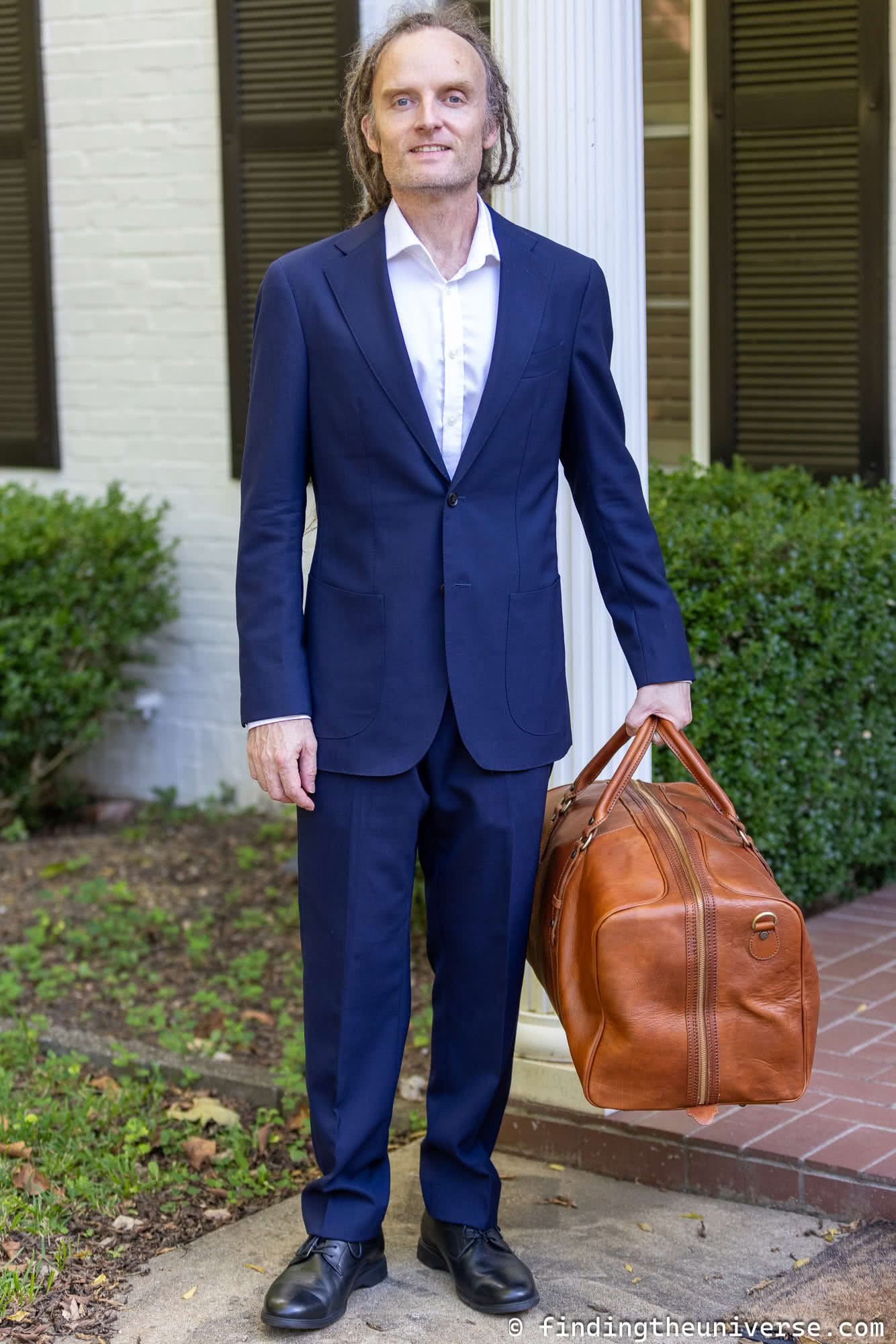
Weight
There are a few factors that affect how heavy a suit is, and these also affect how the suit performs in different climates.
First, and perhaps most importantly, the actual fabric a suit is made from will dictate how heavy the suit is.
Fabric weight is measured in grams per square metre (gsm), with lower numbers reflecting a lighter suit and heavier numbers reflecting a heavier suit.
A lightweight suit will generally be made of fabric which varies from around 150gsm to 290gsm. A midweight suit will fall between 290gsm and 360gsm. A heavyweight suit will be anything over 360gsm. These numbers aren’t fixed of course, but can be helpful as a general rule of thumb.
The fabric weight directly affects the warmth of the suit. The lighter the suit fabric, the more suitable it will be for warm weather. Conversely, a heavier fabric will provide more warmth, good for cold climates.
Naturally, the fabric weight also directly affects how heavy the suit actually is. A heavier fabric will result in a heavier suit, giving you more to carry around. If you pack light, this is definitely something to consider.
Other factors also affect the overall weight of the suit. The suit’s canvassing, lining, and padding, if it has any, can also increase the weight of the suit. A suit jacket often has both canvasing and lining. and it may also have padding in the shoulders.
If you have a choice in the amount of canvasing (a layer of material attached to inside of jacket that gives it shape) and/or lining (thinner layer of cloth that touches your body and can be used in both jackets and/or pants) for your suit, your choice will depend on how much structure you want, the climate where you plan to wear it, and how formal or casual you want your suit to be.
More canvassing and lining is best for more formal jackets, jackets worn in cooler climates, and when you want more structure. Unlined jackets are best for those wanting a lighter jacket, more casual jacket, and warmer climates. The amount of canvasing and lining can vary a lot from completely unlined to full lined. If you are not sure, there are also partial and half lined options.
For a travel suit, we’d recommend something on the lighter end of the spectrum, which will be both easier to pack and carry, and also offer versatility in a number of climates. If it is cooler, you can always wear an undershirt if necessary or opt for a more medium-weight suit. My personal preference is definitely towards less lining and padding.

Size Inclusivity
While most suit brands do offer a wide range of suit sizes, these won’t work for everyone. While travel suits can pretty easily be sized down or made shorter by a tailor, those who need larger or longer suits may have more difficulty finding well-fitting suit options.
However, there are still a lot of options. For example, brands like Suitsupply offer sizes from XXS to XXXXL and offer regular, long, and short sizing.
You also have the option to customize the size and fit of their suits and you can give them your exact measurements. Even budget-friendly brands like Haggar offer big and tall sizes in many of their suits.
Versatility
When choosing a suit for travel, you will want to consider how versatile it is going to be. The versatility is going to come from many of the factors we’ve already discussed including style, color, and fabric weight, as well as how well it pairs with other clothing and accessories in your wardrobe.
Things to think about include:
- Can you wear the suit pieces individually as well as together? Would you wear the blazer jacket with different pants for a more casual look for example? Would the pants also work well with a dress shirt to wear for work or business functions or church events?
- Will the suit work for you in different situations and events? Would you wear it to a wedding, conference, holiday party, funeral, cruise, business meeting, fancy dinner, baptism, etc. Think about events you’ve been to over the past few years or have coming up, how many of them could it work for?
- Does the travel suit work in multiple destinations and climates? Does it work in both cold and hot climates? Would you wear it humid as well as dry destinations? Would it fit in equally well in the places you tend to travel in the USA, Europe, Asia, etc?
- Does the suit work well with other wardrobe pieces you already have? You are likely to wear a suit more often if it goes with different colored shoes, belts, bags, shirts, ties, etc.
Generally, the more versatile the suit you choose, the more useful it will be and the more opportunities you will have to wear it.
For instance, consider that you are planning a trip to southern Italy, and you choose a nice cream linen suit for your summer travels there. It can be a great option for an Italian summer trip. However, that same suit isn’t likely going to be as well suited for a business meeting in London, a fjords cruise formal night, or a New York City formal wedding.
Now if you have very different circumstances where you plan to wear a suit, you might consider budgeting for two suits that will cover all scenarios. For instance, one darker and more formal suit and one lighter and more casual suit.
Overall, pick the most versatile suit you can. I feel it is worth spending a bit more on a more versatile suit option that you can wear more often compared to a lower cost suit that is less versatile and you don’t wear so much
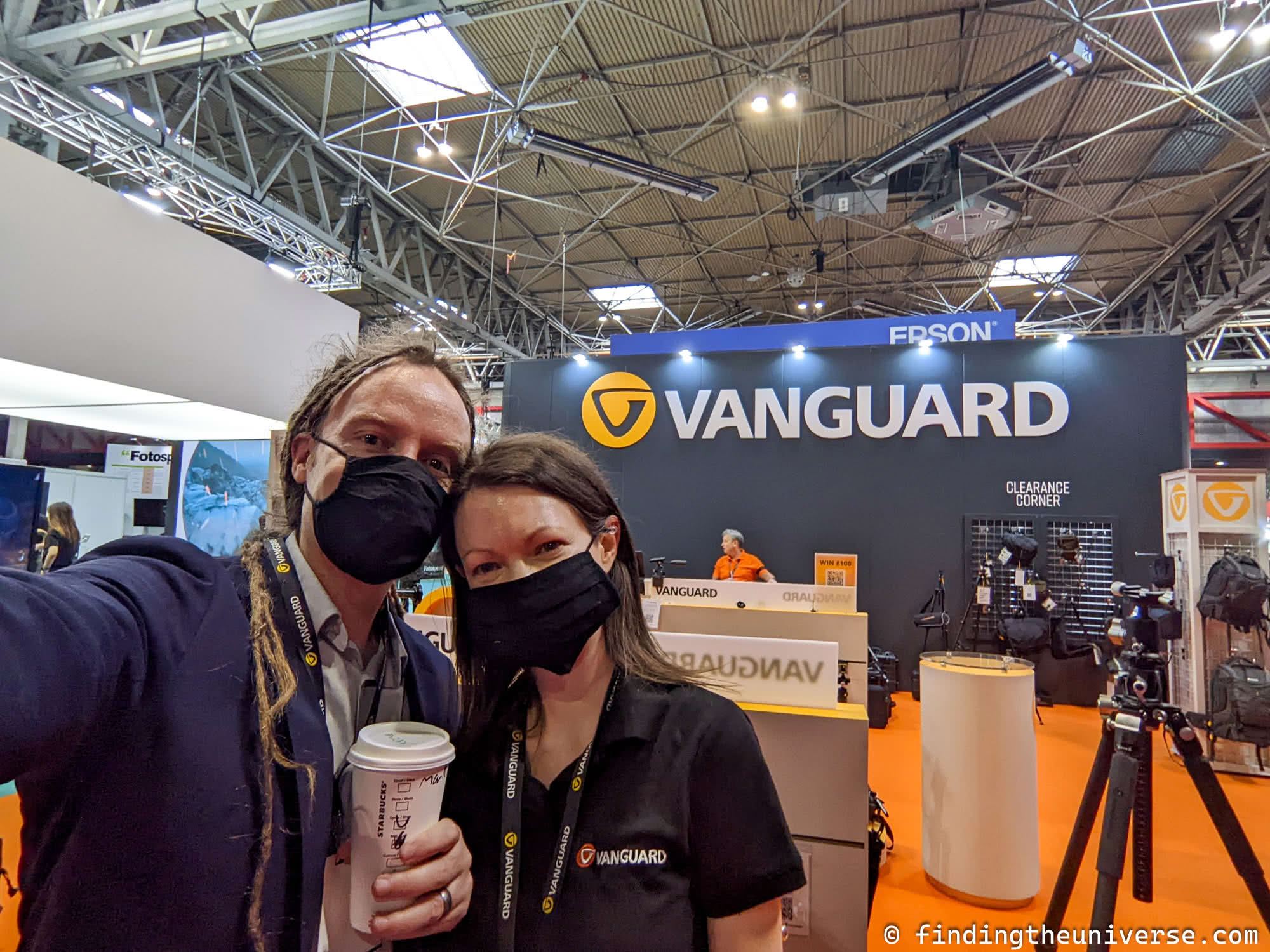

Wrinkle Resistance
We’d argue that one of the key criteria to look for when choosing a travel suit is how resistant it is to wrinkles and creases. Travel is going create a lot more potential for wrinkles in a suit compared to having it hanging in a closet at home. This is the case even if the suit is in a suit carrier.
Ideally you want a suit which is going to be resistant to wrinkles and creases, and this all comes down to the material the suit is made from.
Good materials which include wrinkle resistance include high twist open weave wool, as well as some synthetic materials such as a polyester blend.
Most travel-oriented suits should make it clear that they are wrinkle resistant in the suit description but do dig into the claims to see what exactly it is about the suit that validates these claims. Check reviews from customers and see if they report issues with creases or wrinkles. If your suit arrives in the mail wrinkled, that is a bad sign.
Now if you are going for a suit made of linen or cotton, then you’ll likely have to live with some wrinkles and creases. Just be sure to know if it can be ironed as needed.
Care
Travel can be tough on a suit, and you are likely going to need to get it cleaned from time to time. So, when purchasing a suit, you will want to check to see how easy it is to clean.
Can it be machine washed? Tumble dried? Ironed? Hand washed? Does it have a stain repellant? Is it dry clean only?
If these features are important features for you, then be sure to carefully check care instructions prior to any purchase.
In our experience the majority of suits are going to be dry-clean only. This is an additional expense to consider in your budget when purchasing a suit. While you’ll likely get a number of wears out of a suit and be able to just spot clean, eventually it will need a full clean.
That said, there are quite a few travel suits on the market which can be machine washed, hand-washed, machine dried, and even ironed. For lots of travelers, an easy care option is a great plus. If you are looking for this, we recommend checking out suits by Bluffworks, Ministry of Supply, and this suit by Haggar.
Even a lot of “dry clean only suits” can be hand washed and air dried if done gently and with care. My wife, Jess, is pretty good at successfully hand washing and air drying all kinds of “dry clean” only materials to save money on dry cleaning (and to avoid the chemical treatments). But do take into account it is always a risk to ignore the suit’s care recommendations.
Based on our experience, even if you have an easy care travel suit that can be machine washed and everything, you still want to treat it gently to keep it looking it best and extending its life. I would only machine wash when needed, use gentle and delicate cycles, and use low heat or air dry.
Pockets
Most suits will have a number of pockets in both the suit jacket and suit pants, and there is normally a choice in pocket style.
Honestly, this is a personal preference. The main thing is ensuring there are sufficient pockets for your needs. If you are planning on wearing a travel suit to the airport for example, a suit with pockets that zip or that can comfortably handle things like a passport might be useful when going through check in and security.
However, if you usually only wear a suit once you are in destination at an event, then the number and style of pockets may not be as important to you. Just think about what you normally like to carry with you when wearing a suit.
If you like a suit with lots of pockets, then I’d recommend checking out the Bluffworks Gramercy suit, which has 18 pockets between the jacket and pants.
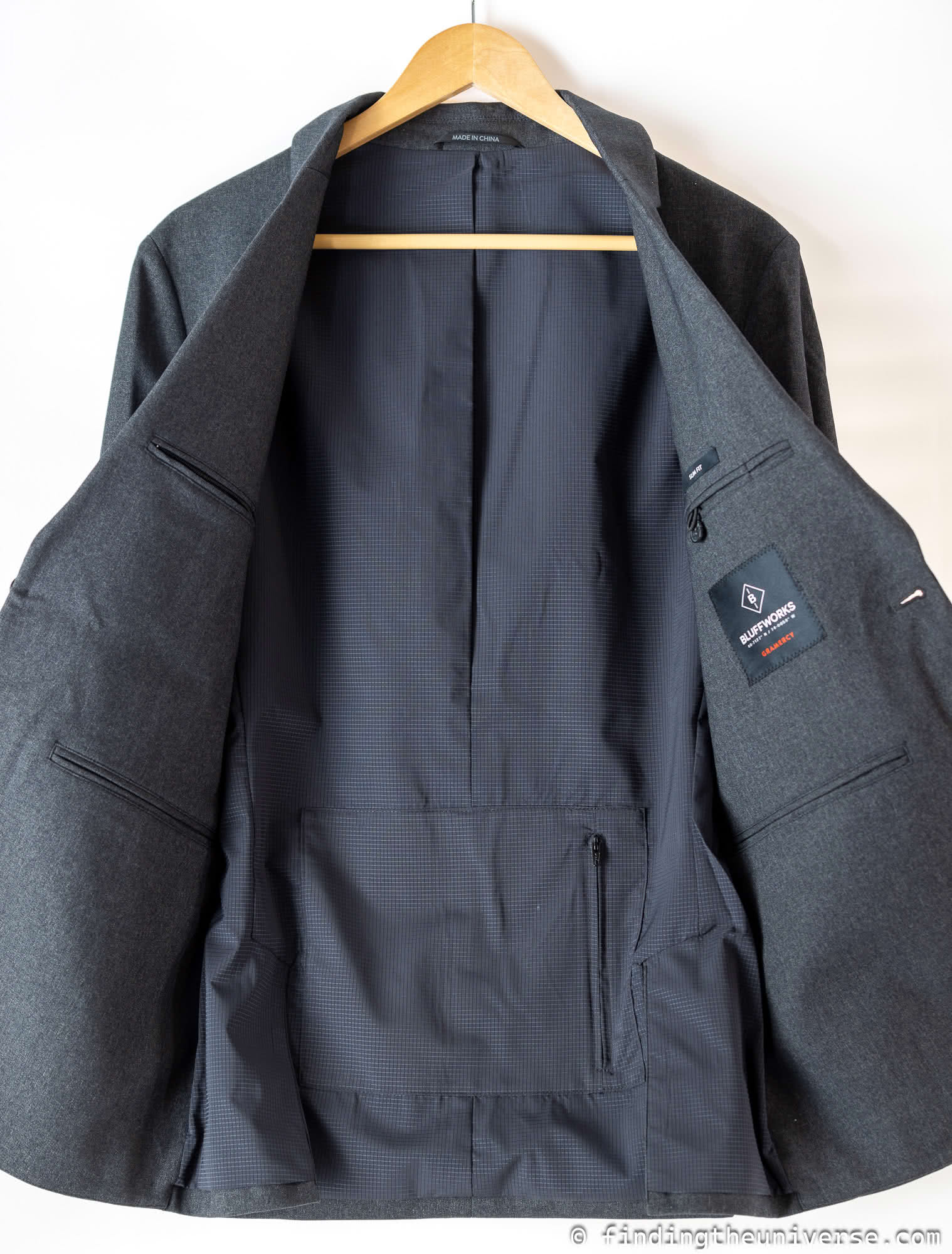
Budget
Price is going to be a key deciding factor when it comes to choosing a travel suit. I would say that a good travel suit that should last the test of time will probably run you between $500 and $850 (approximately £400 to £650).
However, you can definitely pick up a more budget oriented travel suit for about $200. It might not have all the features or look quite as nice, but it will serve it’s purpose. A well fitting and tailored inexpensive suit can still look really good.
Another option if you are on a really small budget is to check out secondhand and vintage suits. If you can can score a suit of your size, or slightly larger, you can get it tailored as needed for a better fit or to update it a bit.
You can also, of course, spend much more on a suit with custom tailored wool suits often running in the $1,500 to $6,000 range.
However, I’d say most people would probably find the sweet spot of $500 to $850 will get them a good quality suit that will fulfill all their needs and last a good long time.

Recommended Travel Suits
We’re now going to go through our recommended suits for travel. First, I’ll cover the suits I personally own and travel with, which I decided upon after doing a lot of research and trying on a lot of suits.
I’ll share my picks for overall best wool travel suit, my favorite easy care travel suit, and my favorite suit for those with a small budget.
I’ll share my experiences of those suits first. Then, I’ll cover some other popular options that you might want to consider as well.
Suitsupply Traveller Suit (Best Wool Suit Option)
My recommendation for a wool travel suit is to choose one from the Suitsupply Traveller Suit collection. Suitsupply is a Dutch menswear fashion brand founded in 2000. The brand is best known for its use of high quality Italian fabric suits sold at a much lower price that those of designer brands using similar fabrics.
The Traveller suits are all made of 4-ply Italian wool midweight fabric and come in both tailored and classic/relaxed fits with both single and double breasted jacket options. The suits can be purchase as a suit set, or you can purchase the jacket and trousers separately. It is available in several colors.
The secret ingredient to the Suitsupply Traveller suit is the material it’s made from. Their suits are made from a specialty 4-ply Italian wool which they call “Traveller Wool”. This is a high twist wool, which is a specific way of weaving wool yarn that results in it being naturally crease resistant as well as light and breathable. They are designed for all season wear in all types of climates.
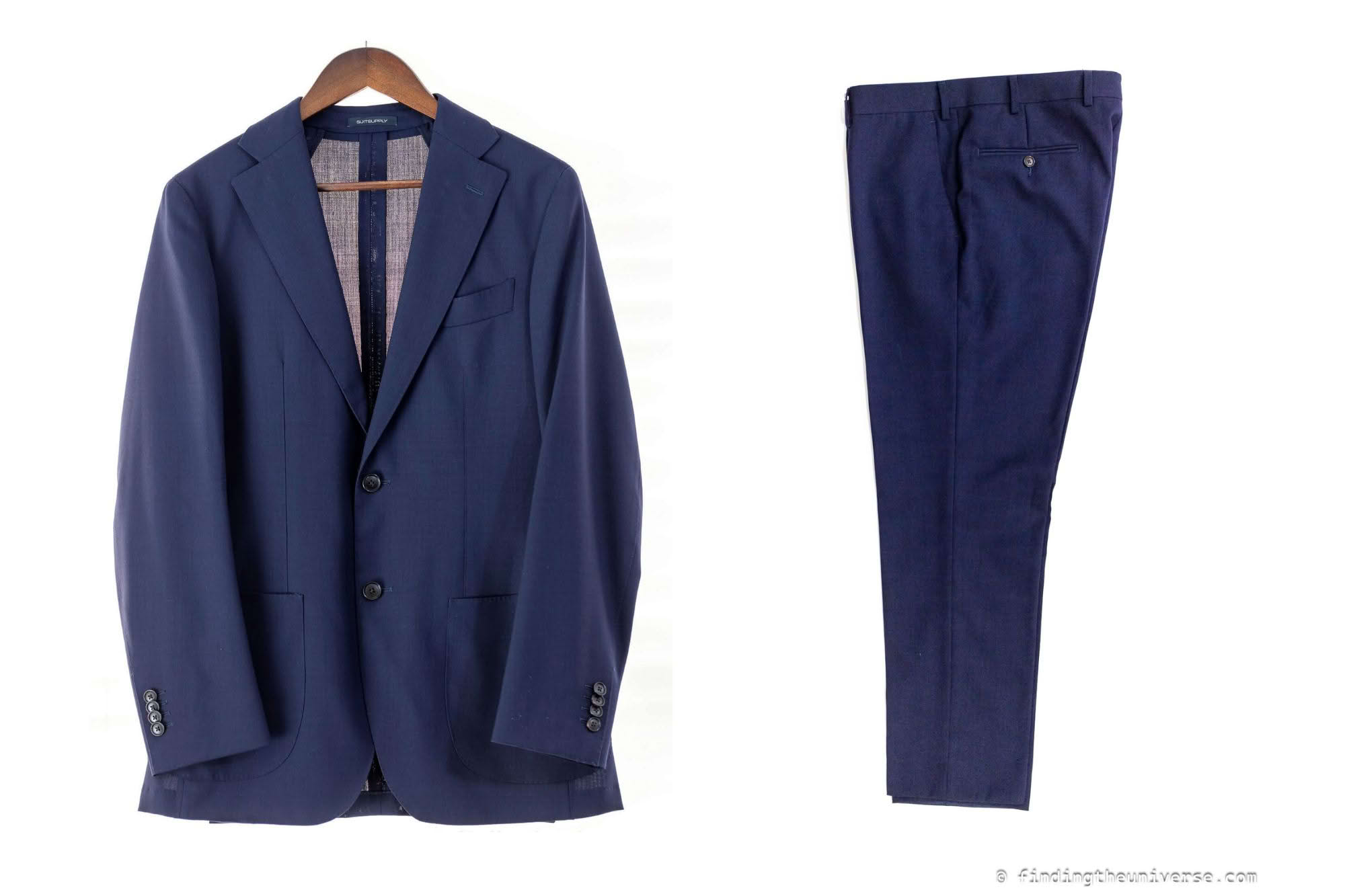
You can actually customize most of the suits on the Suitsupply website to use this wool if you prefer a different suit style. However, for this review I’m focusing on the standard Suitsupply Traveller suit style.
It is worth noting that Suitsupply have changed their wool yarn supplier over time. The suit I purchased in 2021 has wool made by the Lanificio F. Lli Cerruti mill, and which was branded as iTravel wool. The suit I purchased in 2024 has wool made by the Lanificio Rogna wool mill.
Both of these wool mills are long established and reputable Italian wool mills, and the fabric produced by both mills for the suits is a high twist open weave wool which is specifically designed to stand up well to the rigors of travel.The look and feel of the wool between the two suits is very similar to my eye.
Let’s look at the other details of this suit. Beyond the wool used, there are a couple of other key standard features of this suit that make it more travel friendly.
First, the main body of the jacket is unlined, which means, as the name suggests, that there is no lining on the inside part of the jacket between the wool and you. The exception is the sleeves which are lined.
If you are used to a fully lined suit this may look and feel a bit odd at first, but by leaving the majority of the suit unlined you cut down on some of the weight and it’s also easier to fold. An unlined suit is also cooler, making it more suitable for warmer climates, giving the suit more versatility.
That said, if you prefer a fully lined or half lined suit, that is available as a custom option.
The jacket suit also has a half-canvas construction, rather than a full canvas construction. This ensures the jacket keeps its form around your chest, whilst being lighter than a full canvas construction. Note that this is the default, and you can customize the suit to be either a full canvas or even no canvas (unconstructed) if you prefer.
In terms of the trousers, by default they come half lined (although this changed between my first suit and my second suit, with my first purchase being fully unlined). Again, you can choose to customize the pants to be fully lined, half lined or unlined if you prefer.
I actually own two Suitsupply Traveller suits, and they are my go-to travel suits. I purchased my first one in 2021 in navy blue, and my second one in 2024 in black. Specifically, I chose the Navy Havana suit in 2021, and the Black Havana Tailored Fit Suit in 2024.
The navy suit I actually purchased in store in their London store when I was living in the UK. I was able to try it on, buy it off the rack, and have the pants trimmed all in that same afternoon at the store. I didn’t get any customization done other than hemming the pants which were a little too long.
I have really loved that navy suit, and when I decided I needed a more formal black suit, I decided I wanted to get the same Havana suit in black. I decided to just order these online as I knew my sizes and the fit, and would just take it to a local tailor to get the pants hemmed as it is a simple and cheap alteration.
The design and material of the Suitsupply Traveller suit has changed slightly over the period between my purchases, and like everything in life, the cost has also gone up a bit.
For my second Suitsupply suit I purchased the jacket as the standard option without making any changes. Compared to my navy jacket, there are some slight differences in lapel width and the blazer came with a a 3 roll 2 button design, rather than the two button design in the original. However, these are pretty minor changes and I like both jackets pretty equally.
For the black suit pants, I did customize these. I chose to change the closure type, do a flat front, and just do a plain hem on these. The Traveller pants came as half lined in the upper part as standard and I kept that which I think is nice for more formal black pants.
Both suits have been wonderful travel suits. They are very comfortable and have stood up to weeks of being packed away at the bottom of my suitcase (or carried in the free included suit carrier bag), coming out wrinkle free and ready to go every time. I have worn them to nice dinners, conferences, business talks, afternoon teas, cruise formal nights, weddings, and more.
Overall, I have very much enjoyed my Suitsupply Traveller suits which I plan to keep wearing for years to come. I also appreciate how much they can be customized if you choose. Just note that you’ll save money if you stick to the standard features.
There are a lot of pros of the Suitsupply Traveller suit including the pure Italian wool fabric, breathability, high quality construction, four season weight, modern style, included suit carrier bag, ability to customize, and a decent price point for a pure wool suit. Some cons are that it is dry clean only and that if you want to customize it, it can really increase the price.
If you are interested and this is your first suit, I would recommend that you visit a Suitsupply store to try the suits on and get the fit and look right. You can of course still order online and customize the suits if you prefer (I did this for my second Suitsupply purchase with good results), but I think for a first time purchase an in-store visit is well worth it if there is a store near you.
Suitsupply have physical stores in Europe, Asia and the Americas, with around 150 locations to choose from. You can also purchase and customize all their suits online. You can see the full Suitsupply Traveller range here. They can also ship to most locations worldwide.





Bluffworks Gramercy Suit (Best Easy Care Suit Option)
The Bluffworks Gramercy Suit is another travel suit I own and is my top recommendation if you want an easy care suit option (machine washable) and/or you want a suit with a lot of pockets. It’s also a good option if you don’t want a wool suit for any reason such as allergies.
Bluffworks has been around since 2012 and the main factor that sets it apart from almost all the other companies out there selling travel suits is that their brand is focused on travel-friendly clothing.

I have found their Bluffwork Gramercy suit to be an excellent travel suit and the suit has a number of features that make it stand out from the crowd.
First, Bluffworks makes these suits out of a polyester material they call Gramercy. This is a material that they spent a long time developing to ensure it looks as close to wool as possible. I have to say that they have done a great job—the suit doesn’t have any of the shine you might associate with a polyester suit, and I think most people wouldn’t be able to tell it wasn’t wool.
However, you do still get the benefits of polyester, meaning its lightweight, quick-drying, and breathable.
Even more impressive though is that the suit is fully machine washable. You can even tumble dry it on low heat, and if you really need to, iron it. However, Bluffworks say that the suit shouldn’t need ironing as the material is wrinkle and crease resistant. This has certainly been my experience with it and I haven’t needed to iron it yet.
The other feature that sets it apart is the amount of pockets and storage in this suit. The jacket and trousers between them have 18 pockets (!), which is far more than a regular suit.
Some of these pockets are cleverly hidden, others are zippered, and there’s even one designed for your travel documents. One downside of a suit is often a lack of pockets, but the Bluffworks Gramercy has you covered on that front. This definitely makes it much more travel-friendly and the zipped and hidden pockets add some extra security.
The suit jacket is partially lined (the sleeves are unlined), so it isn’t quite a light and breathable as an unlined suit jacket (all those pockets have to go somewhere after all). So for the hottest climates this is something to think about, although it wears easily and certainly doesn’t feel heavy in the way that a more traditional lined wool suit does.
While there aren’t many colors available, they have the most poplar and recommended ones, including navy, grey, and black. I have the Bluffworks Gramercy suit in Gotham Grey, and I think it looks great. It is honestly pretty hard to tell it’s not wool, and the feel is amazing. I love all the pockets it has, and I have found it’s still comfortable in warmer climates.
Bluffworks also make a range of other travel-friendly clothes (including women’s clothing), all of which are designed to be packable, wrinkle resistant, odor resistant, and easy to care for. The Gramercy suit is their original travel suit but they also have the Presidio travel suit which has a slightly more modern and simpler look with a fully lined jacket.
I also have a Bluffworks Lenox dress shirt. A dress shirt is pretty much an essential item to wear under a suit (unless you’re a tech CEO or something), and I have found that the Bluffworks Lenox also performs really well, standing up to the rigors of travel and looking good as it does.
I think it’s a great looking dress shirt. It offers full stretch, a soft feel, is fully machine washable, and is really comfortable to wear. It has quickly become my favorite dress shirt.
I can highly recommend the Bluffworks range of clothes, they look good, are easy to care for, and won’t break the bank.
Bluffworks is based in the U.S. but ships internationally. Currently, their clothing is only sold online from their website, and you can explore their full range online here.




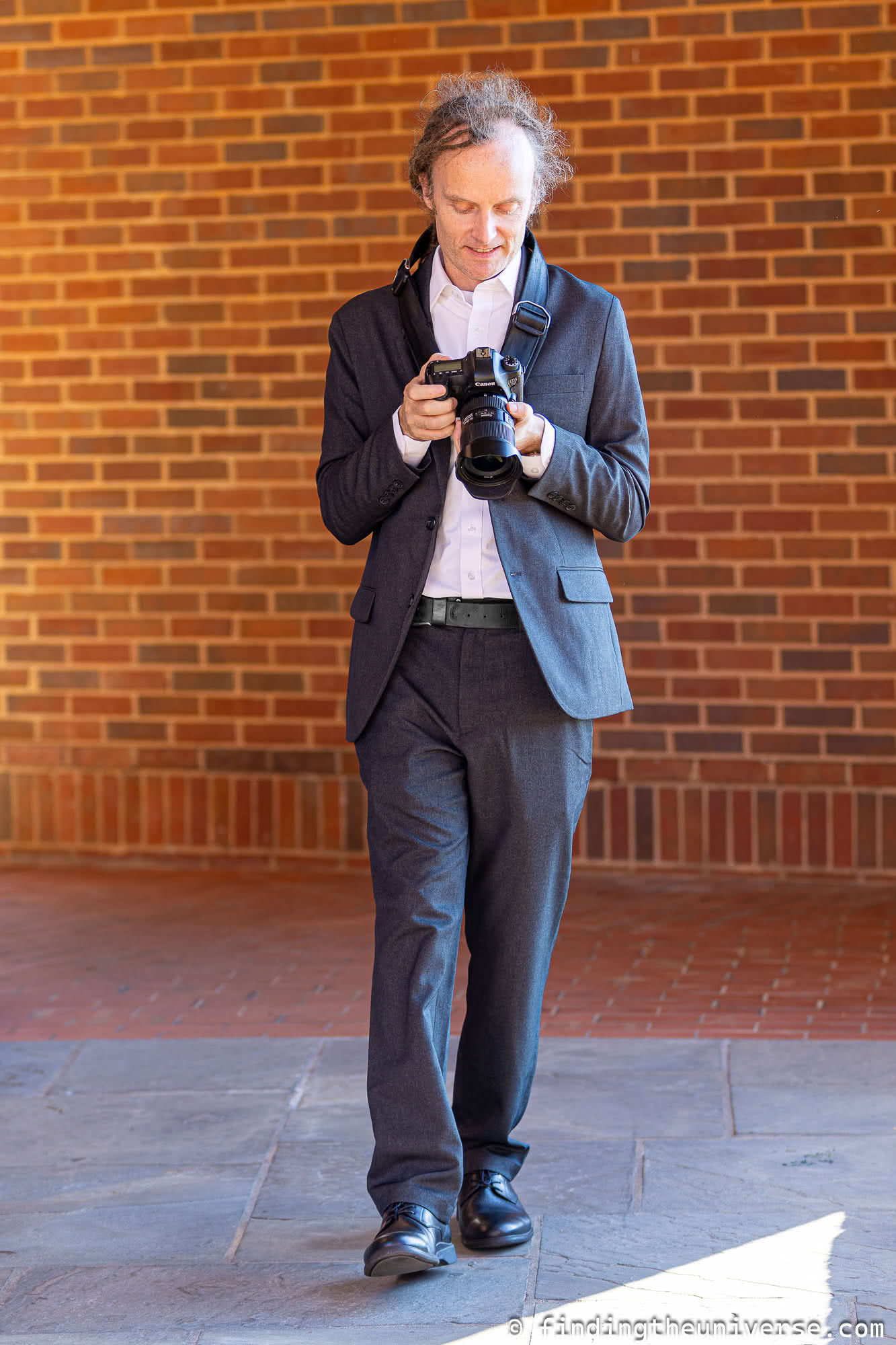

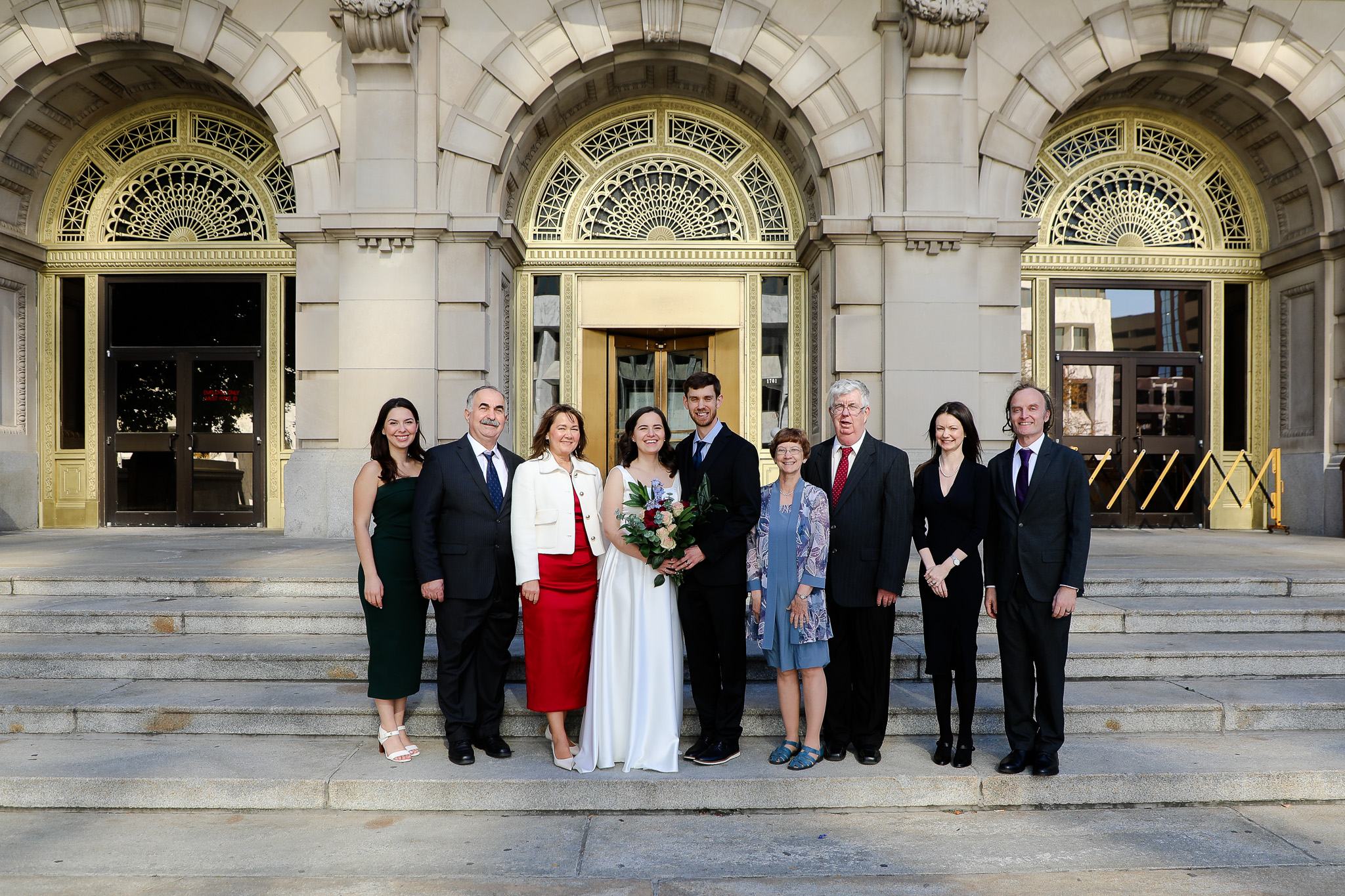
Haggar Men’s Travel Performance Suit (Best Small Budget Option)
If you are on a small budget and the Suitsupply and Bluffworks suits above are a bit out of your price range right now, I recommend checking out the Haggar Men’s Travel Performance suit. This is a polyester travel suit that offers a very good value for those with not a lot of money to spend. You can normally get the full suit for less than $200!
I purchased the Haggar Men’s Travel Performance suit in the color Dark Heather Grey to compare it to the more expensive suits I owned, to see how it stood up. I already owned a few pairs of Haggar’s regular travel pants which I’ve always found to be very comfortable.
If you live in the USA, you are probably familiar with the brand as its been around since 1926 and continues to be a popular brand, particularly for men’s pants and suits.

Overall, I found this travel-friendly suit to be very comfortable and easy to wear. I really liked how light it was, thanks to the moisture wicking polyester construction. It is lined, but it is still lightweight.
The flexible fit waistband and stretch fabric in the suit itself also made it very comfortable to wear. It is also very resistant to wrinkles and wasn’t wrinkled from shipping or when thrown in my luggage or car.
It comes in a wide variety of colors and sizes, including some short and tall size options. The jacket is fully lined and has some padding around shoulders for a more structured look. It is 100% polyester and it is dry clean only.
This suit has a lot of pros, including its low cost, fast delivery options, range of colors and sizes, and light and comfortable fit. The main downsides are that it doesn’t have the more refined look and detailing as my other suits and isn’t designed to be machine washable. However, I feel it is a very good value at the price point and I think if I got this slightly altered, it would make it look a bit more polished.
Note that Haggar makes a wide range of suits, including an easy care machine washable suit, which you might also consider as another travel suit option. This one might be a particularly good option for those who want to be able to throw it in the washing machine.
You can buy it online (including from Amazon), the brand’s website, or buy from U.S. department stores selling the Haggar brand. You can find their clothing in stores such as Kohl’s, Macy’s, and JCPenney although I purchased mine on Amazon as I couldn’t find them available in the stores we visited.
Note that Haggar doesn’t sell their clothing directly outside the U.S. as far as we are aware. If you live outside the USA and are looking for a similar option in your own country, I’d head to your local department store and see what suits they sell off the rack at the lower price points.


More Travel Suit Options
There are a great many suit manufacturers on the market, and many of them make a suit which is either specifically designed for travel, or happens to have qualities which make it good for travel.
Here are some options that we recommend you look into if our recommendations above don’t quite fit what you are looking for, or you’d just rather have some more options!
Suits are available at a wide range of budgets and in various styles and materials, so you should be able to find something that works for you.
Ministry of Supply Velocity Suit
Another travel suit to consider is the Velocity Suit from Ministry of Supply. This is constructed from their Velocity material, which is a blend of 61% polyester, 33% viscose, and 6% elastane. It’s designed to look and feel as much like wool as possible, while offering the benefits of the blended material.
The blend means the suit offers both stretch and wrinkle resistance, and it’s also machine washable and you can put it in the drier.
You can even cool iron it if you want, although Ministry of Supply says that if the suit does have any wrinkles your body temperature will be enough to even them out. Which is pretty neat. The suit jacket is partially lined.
It’s worth noting that Ministry of Supply also makes a suit called Kinetic, which is unlined and even lighter. However it doesn’t look quite as formal, with a three button design and higher lapel. If that works for you, then it is definitely worth considering as well.
Sene Studio FlexTech Suit
If you don’t like wearing suits because you feel they are too restrictive, then the Sene Studio FlexTech suit might be for you. This suit is made with Sene Studio’s FlexTech material, which is a four-way stretch polyester which is designed to be super flexible. That means that you can move freely in the suit and not feel restricted.
There’s lot more to like about the suit. First, it’s going to be tailor made for you, which is quite a benefit especially at this price point.
The way this works is that when you go through the purchase process you will answer a series of questions about your body shape, size and weight, and FlexTech will create the suit specifically for you. If after all that it doesn’t fit, they will remake it or let you return it anyway, which isn’t always the case with a custom suit.
Now this isn’t quite as detailed as the customization on something like the Suitsupply suits, where you can specify detailed measurements for all sorts of the suit parts, but it is a step above your average suit, and is definitely appreciated at this price point.
In terms of other features, this suit can be machine washed in cold weater, but isn’t suitable for a tumble dryer as it needs to be air dried. It also can’t be dry cleaned or ironed. As it’s polyester it will dry pretty quickly, but obviously not as quickly as something that can be machine dried.
Overall, this is definitely a good option for a travel suit to consider if you want the flexibility of stretch fabric.
StudioSupply Lanificio Zegna Traveller
Stepping up a little in price now, to the StudioSuits Lanificio Zegna Traveller wool suit.
This suit is made from wool woven by the notable Italian weavers Ermenegildo Zegna and is notable for its crease and wrinkle resistance. It’s dry-clean only, as is to be expected with a wool suit.
The suit is lined, but you can customize it to be half lined or unlined if you prefer. You can also customize a great many more aspects of the suit, from pocket style to lapel size, although of course many customizations do add extra cost.
It’s worth noting that as well as making material for other suit manufacturers to use, Ermenegildo Zegna also make their own suits. So you can purchase a suit directly from Zegna, but just be aware the prices are significantly higher.
Brooks Brothers Explorer Collection
Brooks Brothers are a well known suit retailer with a wide range of suits to choose from. They also have a travel-oriented range of suits, known as the Explorer Collection.
These are made from a 98% wool 2% polyester blend. The wool is a lightweight wool made by the Vitale Barberis Canonico mill, which is blended with polyester. This material gives you the best of both worlds—the quality feel and performance of wool, with the benefit of a comfortable stretch fit with wrinkle resistance from the polyester.
The suits have a half canvas construction, meaning they are more lightweight than Brooks Brothers’ traditional full construction suits, allowing for a lighter suit that is easier to pack.
As they are a majority wool construction, these suits are dry-clean only. There’s also not a lot of customization available, but the price is reasonable for a wool suit.
Charles Tyrwhitt Ultimate Performance Suit
Charles Tyrwhitt is based in the UK and was my go-to brand for shirts when I lived and worked in London. They also make a range of suits, including their Ultimate Performance Suit.
This is made from a superfine 100% 4-ply merino wool with natural stretch. It’s also crease resistant. The jacket is half canvas and lined while the pants are half lined. There aren’t any customizations available but it’s a reasonable price for a wool suit.
Armani and other Designer Brands
If you have a bigger budget, then you can dive into the world of designer and bespoke suits. Armani is probably one of the best known suit designer brands and you can’t really go wrong with a well-tailored Georgio Armani Italian-made suit.
Other well known designer brands, many of which offer custom options, include Tom Ford, Zegna, Brunello Cucinelli, Brooks Brothers, and Brioni. Just note you’ll need to do your own research on which ones are going to be best for travel as most brands don’t specifically label any of their suits as travel friendly.
For a bespoke suit, you can head to NYC, Saville Row in London, or Milan where there are lots of tailor shops offering bespoke suits made to order. Here you can design the perfect travel suit of your dreams with almost unlimited options.
However, if you are looking for a travel suit, you may find that paying a lot more for a suit doesn’t necessarily deliver a lot of added benefits other than the name brand. For instance, in a 2011 blind test conducted by the Wall Street Journal, the reviewers found “little difference in quality” between a $614 Suitsupply suit and a $3,600 Armani option.
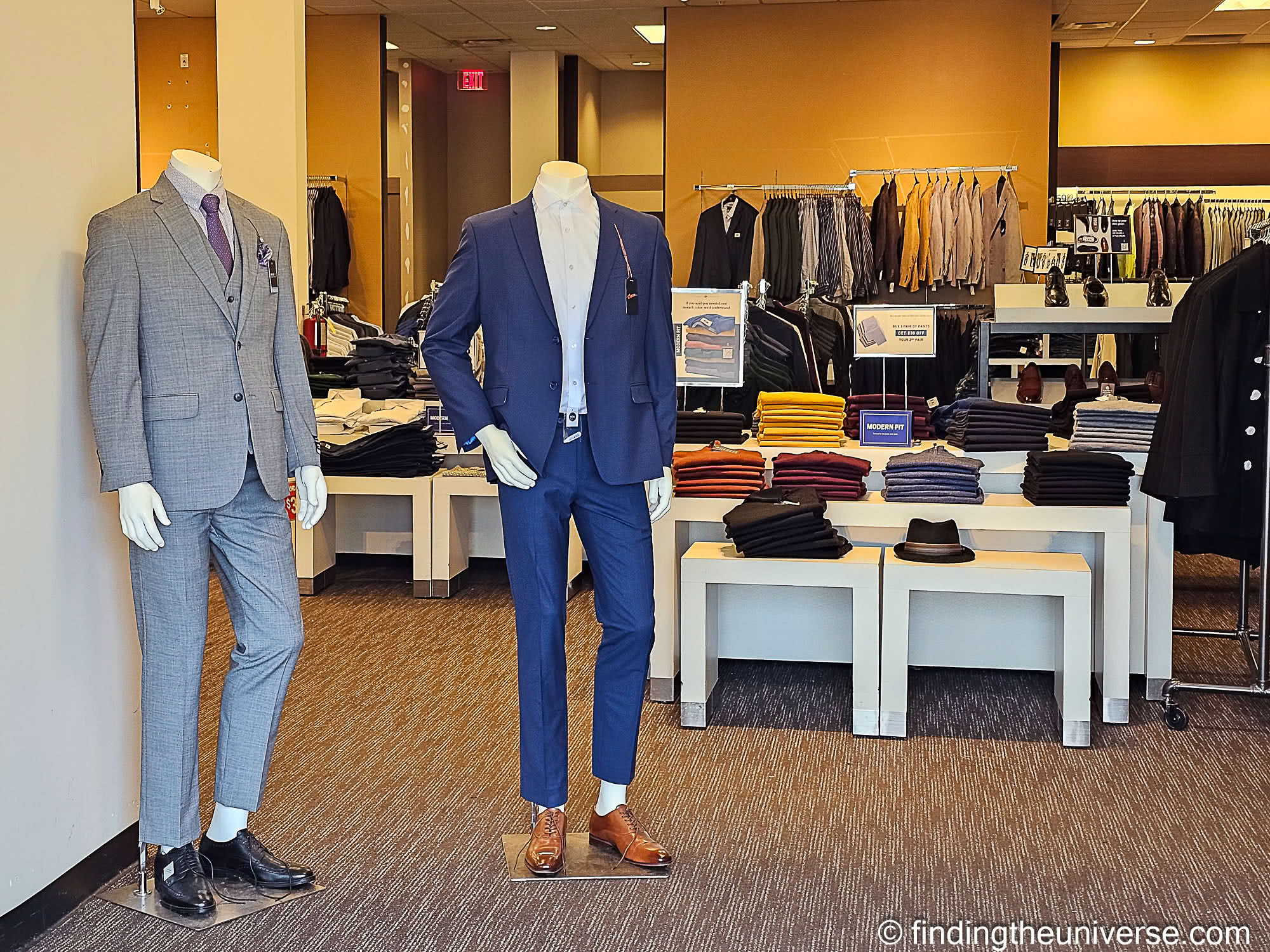
Additional Items for a Travel Suit
The suit is going to be the main thing you wear, but you are going to need a few more things to complete the look. Depending on your style and level of formality, these might include a dress shirt, tie, tie bar, belt, dress socks, cuff links, and shoes.
There are also a few other accessories you might consider to make your travel packing easier.
Wrinkle-resistant Dress Shirt
You need to wear something under your suit, and the majority of the time for a more formal occasion that is likely to be a dress shirt.
Ideally you are going to want a dress shirt that travels as well as the suit. After all, having a beautiful wrinkle free suit isn’t any good if you pair it with a crinkled shirt!
Of course, most shirts are a lot easier to iron than most suits, but since an iron isn’t always available then a shirt which features wrinkle resistance is a good option.
I have a number of no iron cotton dress shirts which I purchased from a major UK retailer (John Lewis Non Iron Twill Slim Fit Single Cuff Shirt), which work well. You can buy these kinds of shirts at about any department store.
But my favorite dress shirt at the moment is the Bluffworks Lenox dress shirt which I think looks great and performs really well. In terms of color, white is generally an easy color that pairs well with most suits, but this is a personal preference thing of course.
Comfortable Dress Shoes
Obviously, you are going to need to wear something on your feet, and the standard choice for many occasions is going to be a pair of dress shoes. However, dress shoes can be somewhat impractical to travel with as they take up a fair bit of space for something you might not plan to wear that much.
So what you want are a pair of dress shoes that look the part, but are comfortable and versatile enough to wear all day. This is especially the case if you are hoping to only travel with one pair of shoes.
My current personal favorite dress shoes for travel which look formal are my pair of Amberjack Originals. I also have a pair of Timberland shoes which look a bit less formal but work as dress shoes in a pinch.
Amberjack make a range of leather dress shoes which are designed to look just like a formal dress shoe, but with all the comfort and performance of a sneaker. They are incredibly comfortable, and I highly recommend them. Timberland are also obviously a well known brand, and I appreciate how comfortable their shoes are for all day wear.
In terms of style and color, there are a great many dress shoe styles to choose from. The main colors for dress shoes are black, brown and burgundy. It’s important to choose a shoe color which matches your suit. As a general rule, the following applies:
- Black shoes match black, grey/charcoal and navy suits
- Brown shoes match grey/charcoal, navy, brown and white suits
- Burgundy shoes match grey/charcoal, navy and brown suits
As I recommend navy or grey as a suit color, with black as a backup, then I’d say black shoes are going to be the most versatile, followed by brown. Both are a solid choice though.
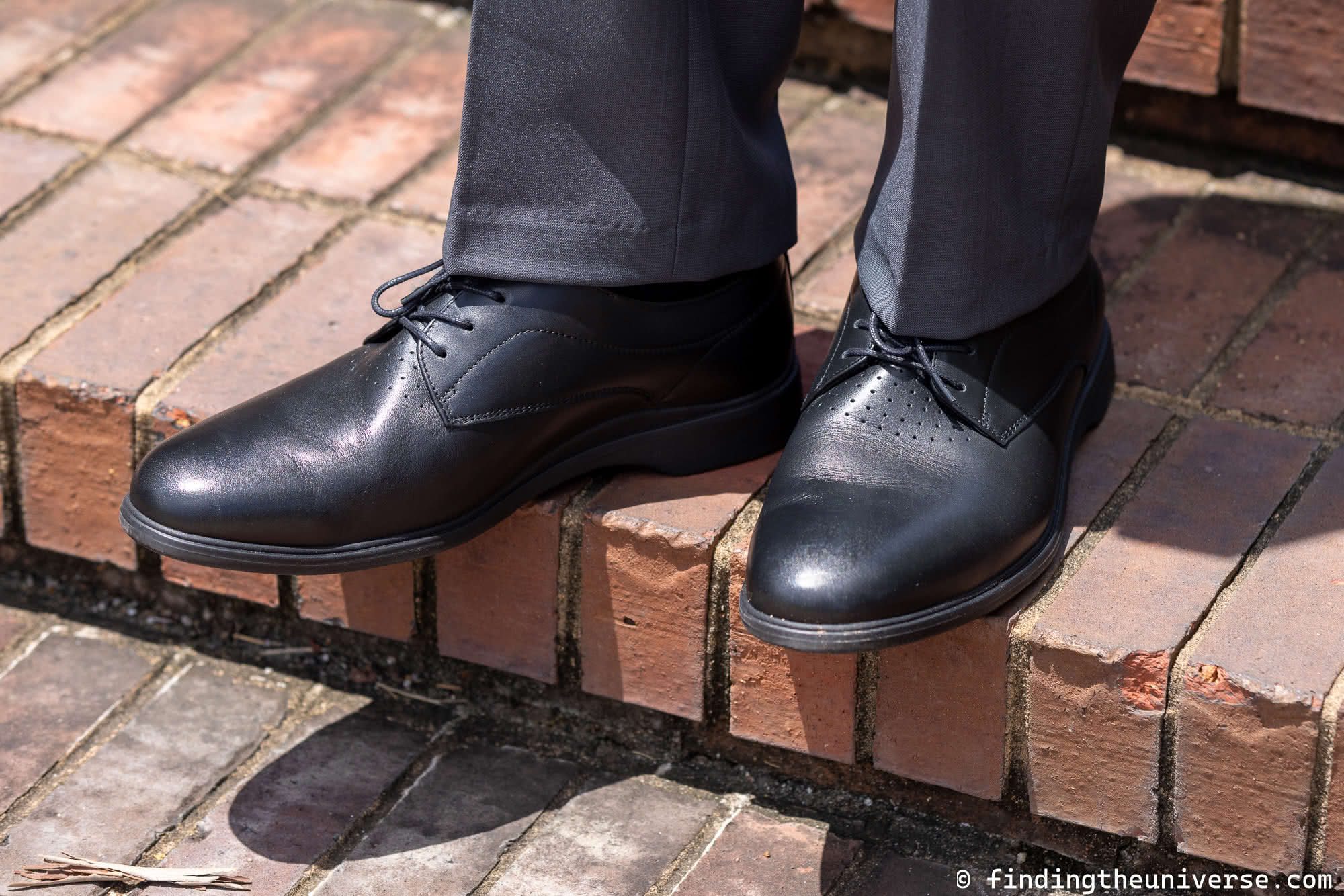
Garment Bag
Many travel suits, especially those made with man-made materials, are specifically designed so you can essentially stuff them into your regular luggage and by the miracle of technology they’ll come out the other end looking like they were just pressed.
That said, you may prefer to treat them with a bit more care, in which case a good garment bag might be a good idea. This is also a good option if luggage space is less of an issue, such as when you are traveling by road.
Personally I quite like the basic lightweight garment bag that came with my Suitsupply travel suit, although its only really capable of holding my suit and a dress shirt. I also have a larger more padded garment bag like this that works well for road trips.
Packing Cubes
We highly recommend traveling with packing cubes to help you improve how well organized your luggage is. Rather than a bundle of clothes that you have to dig through to find the item you want, packing cubes allow you to sort and organize your packed items for easy retrieval.
If you don’t have a garment bag, a packing cube can also be a good place to put your travel suit and shirt. This can stay in your bag until you need it.
There are a great many packing cubes on the market, which offer different features. We’d recommend getting packing cubes with a compression feature to improve space, but basic packing cubes like these will work too. It’s also a good idea to get a set of different sizes.
One thing to note with packing cubes is that whilst they help a lot with organization, they do take up more space as the cube itself takes up a bit of room. So you might want to practice packing with them prior to a trip to ensure everything fits nicely.
Tips for Buying a Travel Suit
I’m going to cover a few tips to help you buy a travel suit, to helpfully make the process smoother for you.
Measure Properly
If you are able to visit a physical suit store location or tailor, then this is going to be the easiest way to get properly measured.
If you do go to a physical store, make sure to bring along your dress shirt and dress shoes that you plan to wear with the suit so you can get the fit just right. In my experience, a good suit store will be able to provide you with these items if you don’t have them, but if you do have them I recommend bringing them.
If you can’t visit a physical store, then check the website of the suit you are purchasing. They should have detailed instructions on how to measure yourself for their suit. Take your time and get this right to avoid having to make a return.
It’s also important to note that different manufacturers might use different sizing systems, so don’t take measurements you made on one site and apply them to another site, always measure again following each suit manufacturers specific instructions.
Also be sure to take international differences in measurements and systems in mind if ordering a suit from a country based outside of your own. For example you don’t want to mix up inches with centimeters in providing your measurements!
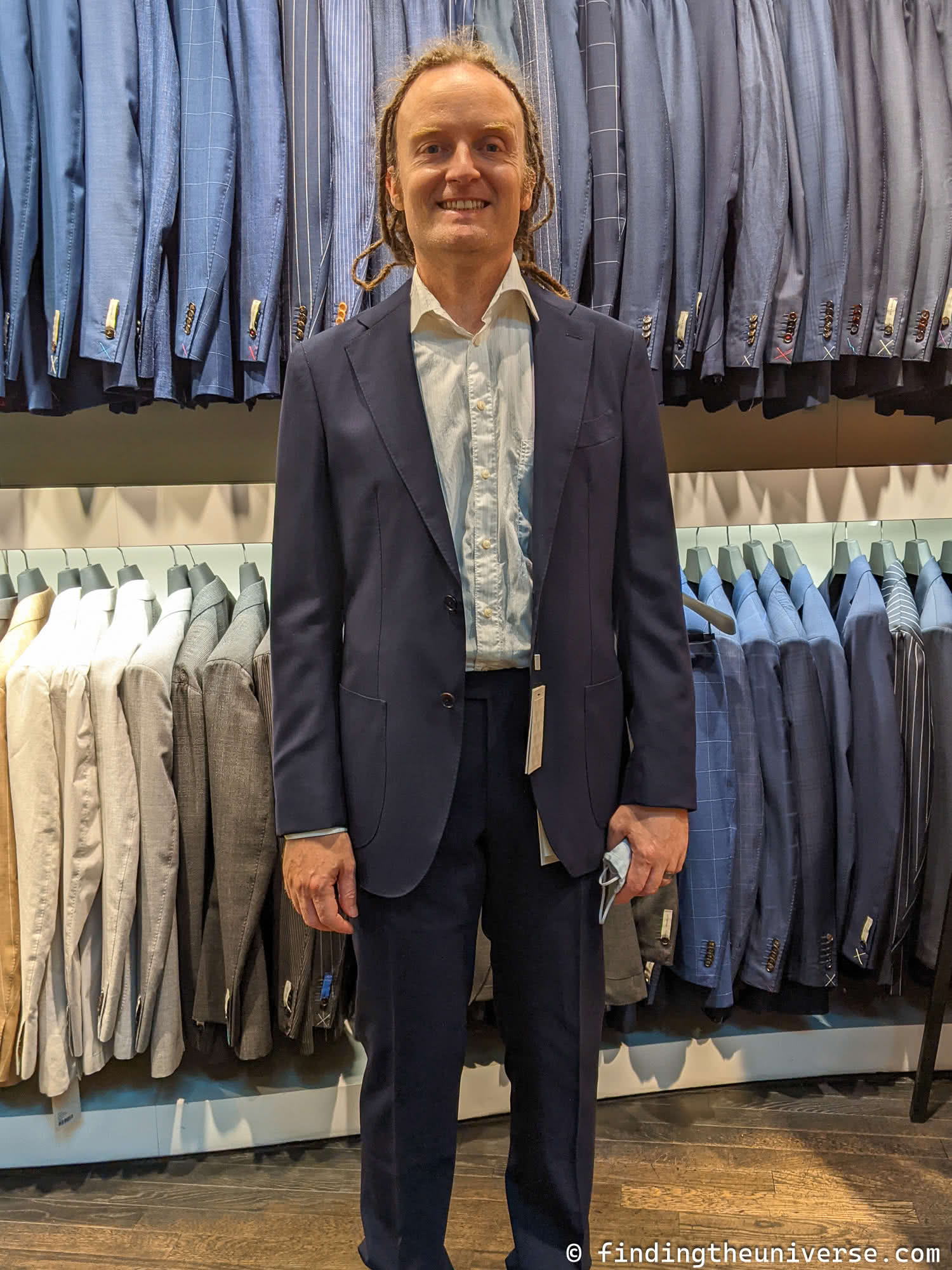
Check the Returns Policy
If you are buying a suit in person or online, you will want to check what their returns policy is. When buying in person this should be less of an issue as you should be able to get the fit right in store. However, even so, you might change your mind after the fact or decide you want a different color.
If you are purchasing online, you absolutely want to be sure there is a robust and easy returns policy in place so you can return your suit if the fit isn’t quite right, or if it’s not what you expected.
If the suit has any customization, you will want to check if this changes the return policy. Sometimes a custom-made item might not be returnable, which would definitely be an issue if it didn’t fit!
Opt for Something Timeless
If you’re like me, you might not wear a suit that often, or need a travel specific suit that often. So you want to buy a suit that is going to last a long time. In this case you will want to pick a style that is going to last the test of time.
Generally, a solid color like navy, grey or black is going to stay fashionable. Patterns and other color options can come and go in fashion, and what may be popular now might look dated in a couple of years.
Similarly, a classic single-breasted jacket, 2 button jacket with a regular lapel is unlikely to go out of style. Sticking to tailored and classic fits and the most timeless features will help keep your suit from looking dated in the future.
Understand the Power and Limitations of Alterations
Unless you get your suit custom made to your measurements, there is a decent chance your suit could fit a bit better with some small alterations. Getting your suit tailored to you will really make a suit look nicer, more modern, and more expensive.
Even a cheap suit is going to look much better if it fits your body properly and the great thing is that most alterations are fairly inexpensive.
It is good to know what kind of alteration are fairly easy for a tailor or seamstress to make and those that are difficult or not recommended. Generally you want to make sure the overall fit and style, particularly of the jacket, is good as you typically don’t want to be adjusting front jacket buttons, shoulder width, padding, pockets, or overall shape or structure.
But things that are typically easy to change are adjusting the length of jacket sleeve and pant legs, changing the hem of your pants, taking in or letting out the waist of your pants, tapering pant legs, adding/removing cuffs to your pants, and adding/changing buttons to the jacket sleeves. Other changes may also be possible depending on the structure of your suit.
If you are buying a suit off the rack or online and are between the standard sizes, you always want to size up a size. For example if you are a 31 in pants and the only options are a 30 or a 32, always go for the 32 length. You can always make the pant legs shorter but there is a limit to how much you can make them longer depending on amount of excess fabric at the hem.
Just note that while sizing up is always a better option than buying a suit that is too small, I would not recommend buying a suit that is more than 2 sizes too big. Once you get too big, the suit is just not likely to fit you well overall without some major adjustments. You would be better off paying more for a suit in the correct size even if it costs a bit more (the adjustments to a really ill fitting suit can be costly and results may not be great).
Budget for Alterations
You should add a small amount of your suit budget to tailoring as chances are you will need at least a minor alteration unless you are lucky to fit a standard size or get it made to measure.
For example, my Suitsupply suit pants came in a fixed length and I needed to get the adjusted to be a bit shorter. With the first pair I bought, I did that in store and they did it for me for a modest fee. With the second pair, I took them to a local alternations store. I think in both cases this alteration cost between $15 to $20.
Depending on the alteration, you should expect each change to cost between $10 and $30 (£8 – £25). So if you want to for instance taper the legs of your suit pants and also take in the waist, I’d budget about $40 (£30).
But you can also call your local tailor or seamstress to get your local prices before you bring in your suit, and this can also help you shop around for the best price. Just be sure to read reviews first so you don’t end up with shoddy work!
Tailoring a suit isn’t always necessary, but it can often help get the fit just right, especially with an off the rack suit. So just bear in mind that this might be an additional cost on top of your suit budget to take into account.
Further Reading
That summarizes our guide to the best travel suit for men! Hopefully you found it useful.
We also have a number of other relevant posts that we think you will find useful for travel planning.
- We have a guide to the best travel shoes for men, and the best travel shoes for women.
- We have a detailed Allbirds review, which has everything you need to know about these shoes and the styles available.
- If you’re looking for specific packing tips, see our guides to what to pack for a ski trip, what to pack for Iceland, what to pack for London, and what to pack for winter in Finland to get started.
- For gift ideas, see our guide to what to buy for photographers, travel themed home decor items, and our ultimate gift guide for travelers.
- We also have lots of travel posts to help inspire and help you plan your next trip! These include our guide to the world’s best road trips, our guide to getting online when travelling, our guide to picking a travel router and more
And that’s it. We hope you found a travel suit you like, or at least some ideas for what to look for when buying a travel suit.
Do you have a favorite travel suit you’d like to share, or a question about any of the above? As always, just let us know in the comments below!
